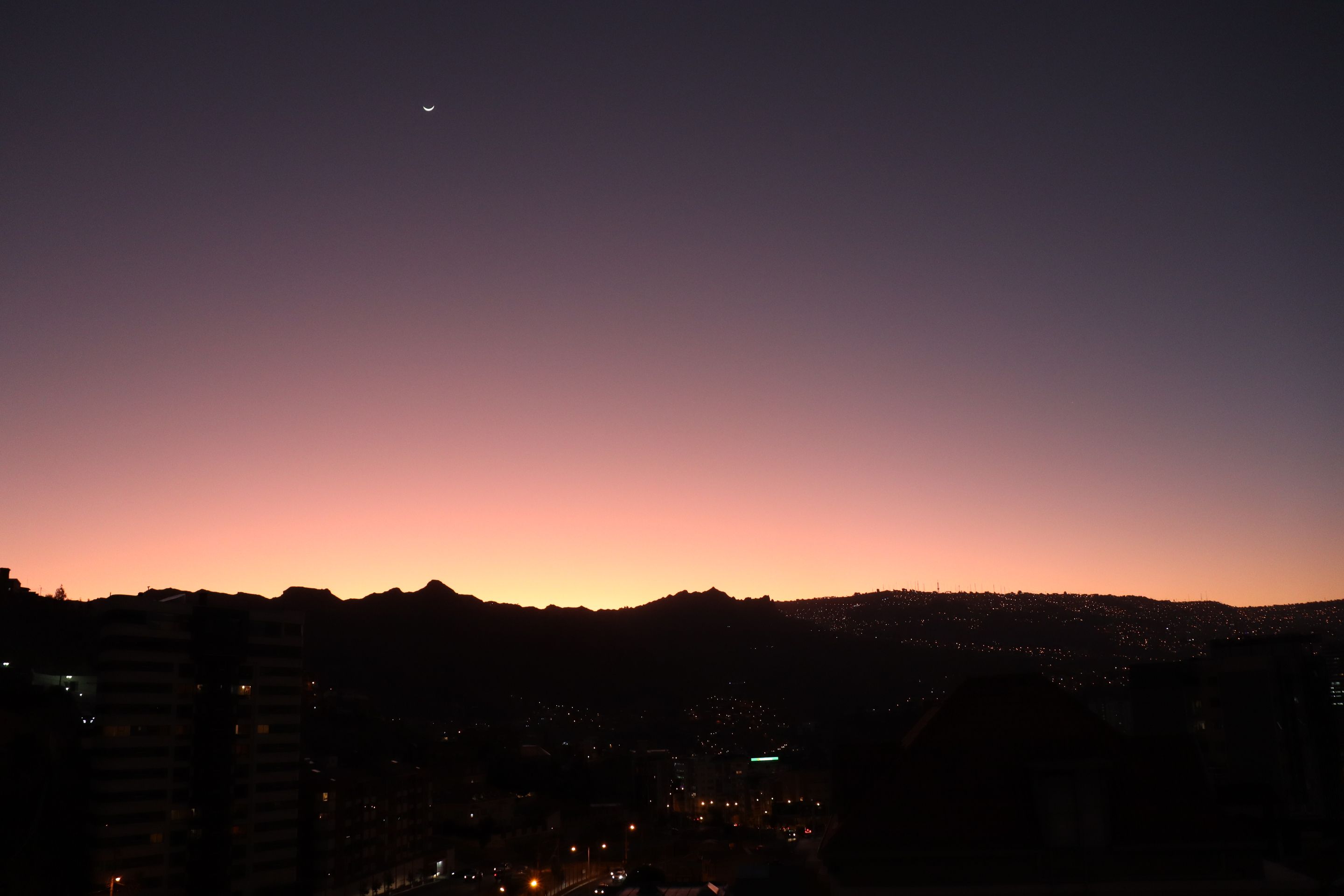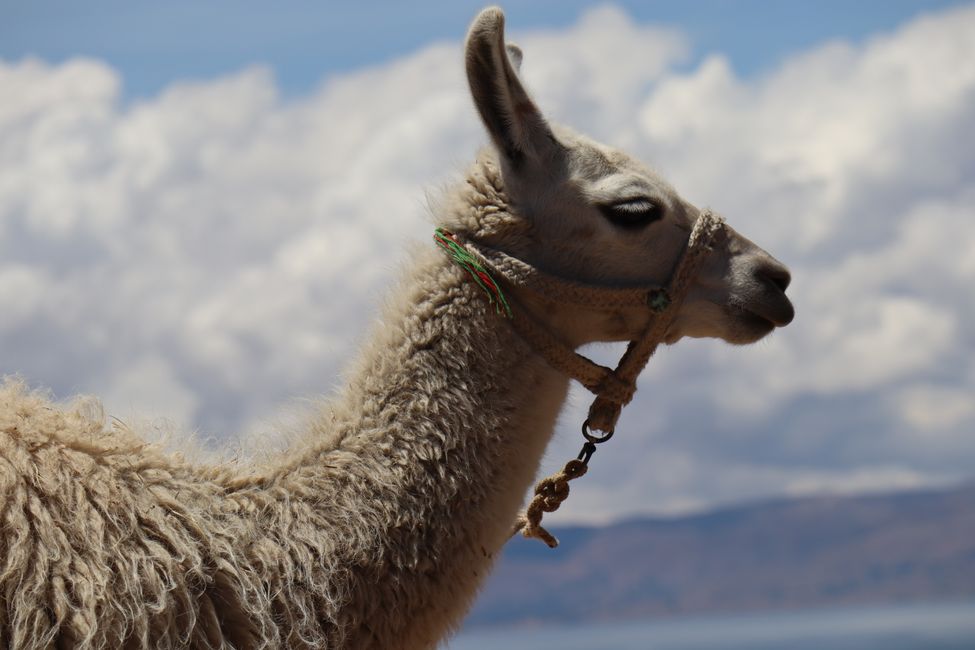
fear-and-loathing-in-southamerica
vakantio.de/fear-and-loathing-in-southamerica
Following in the footsteps of Charles Darwin: Quito-Galapagos Islands-Quito
প্রকাশিত হয়েছে: 17.04.2023
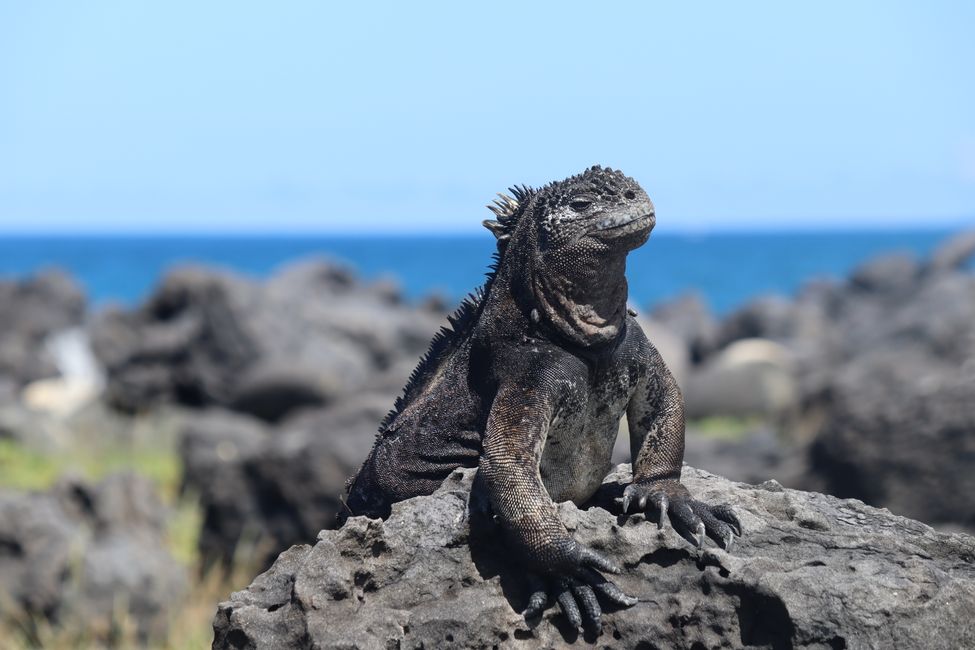
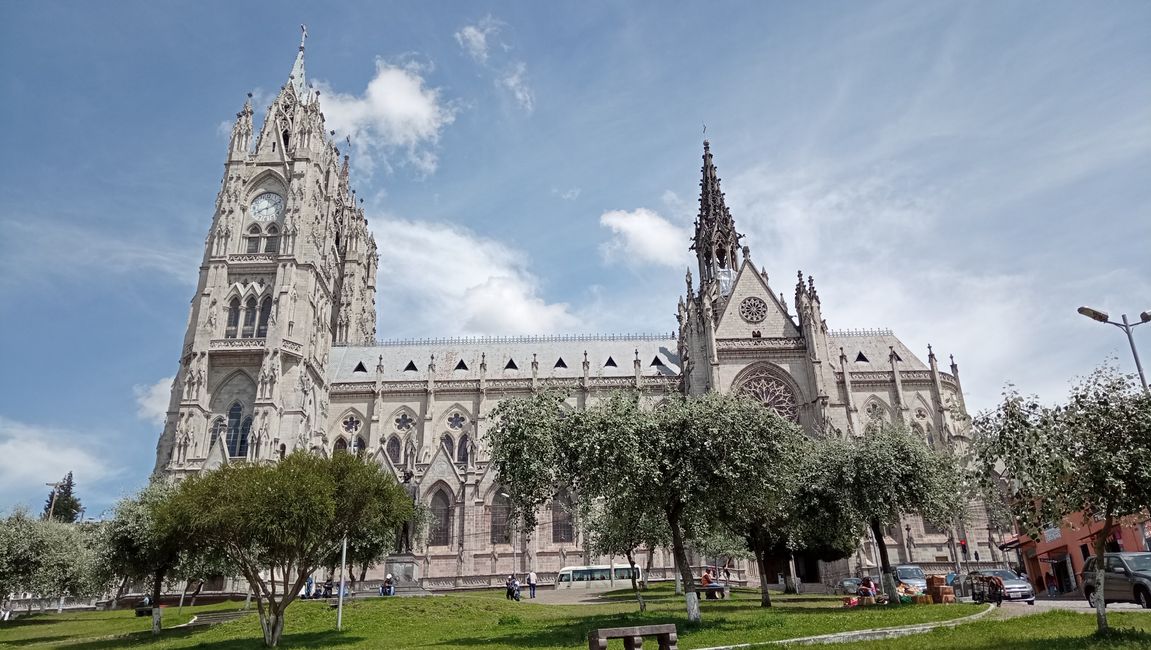
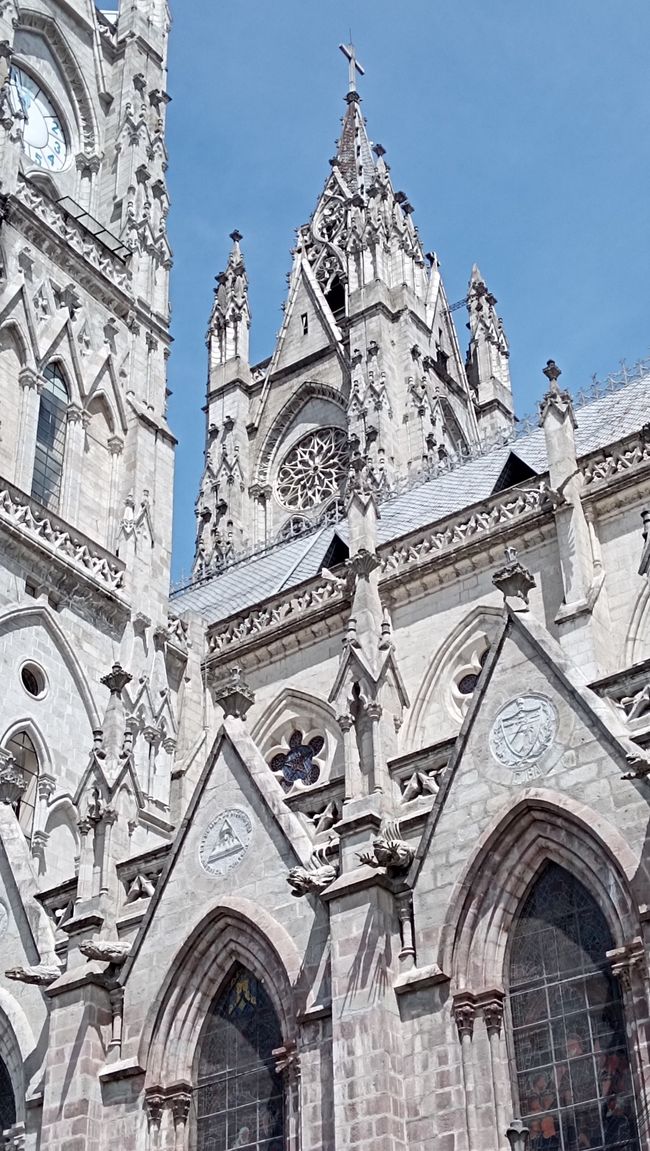
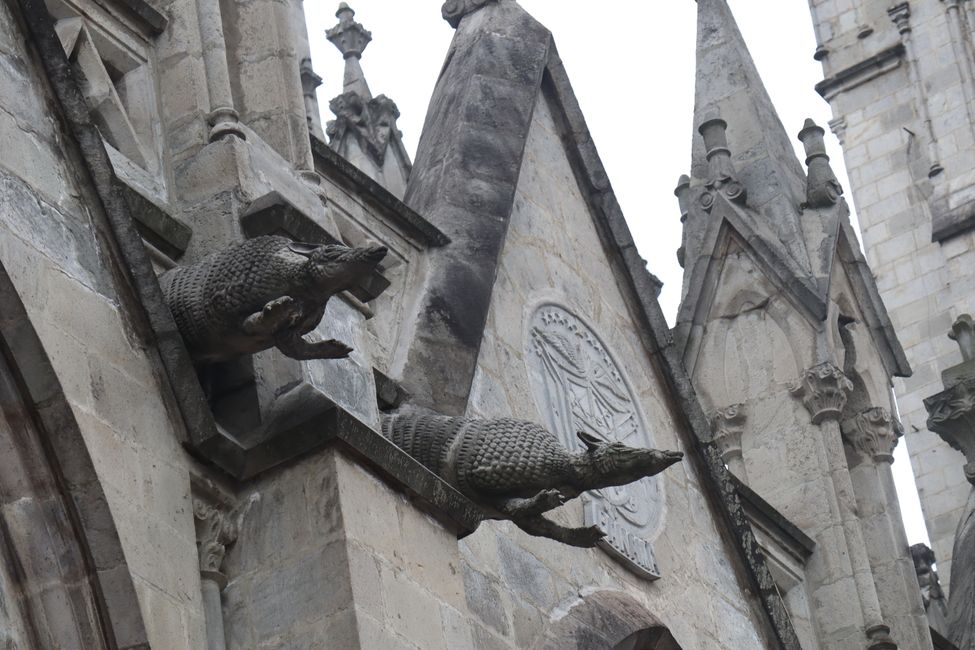
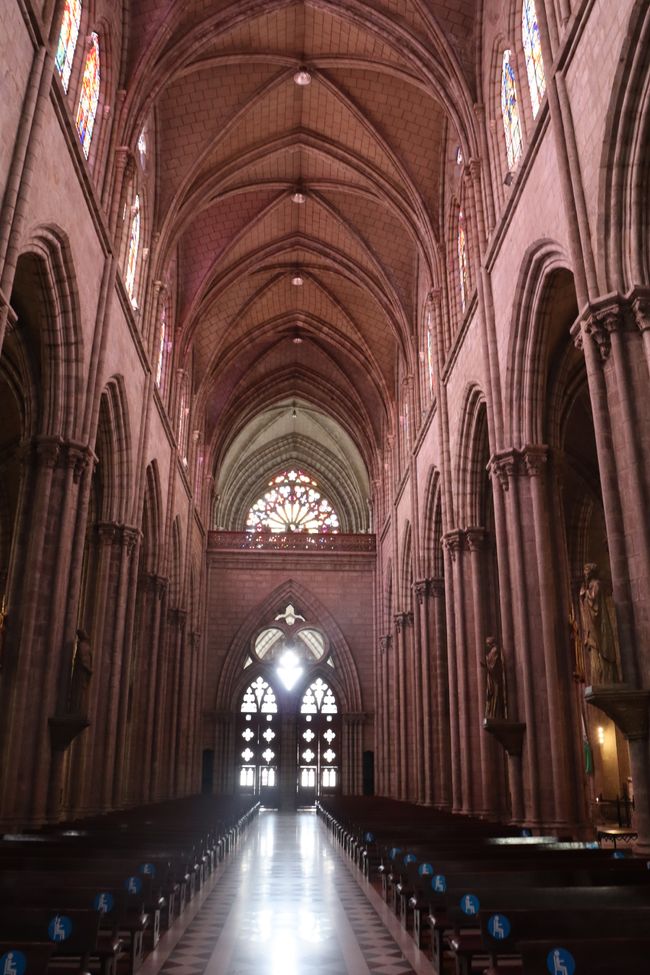
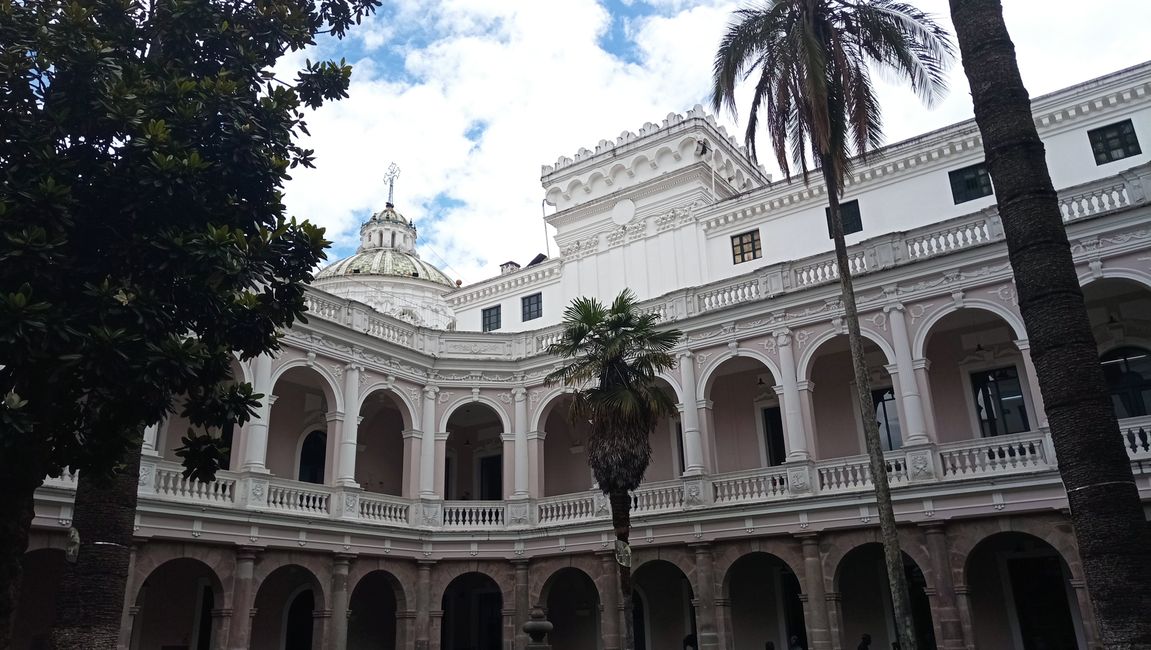
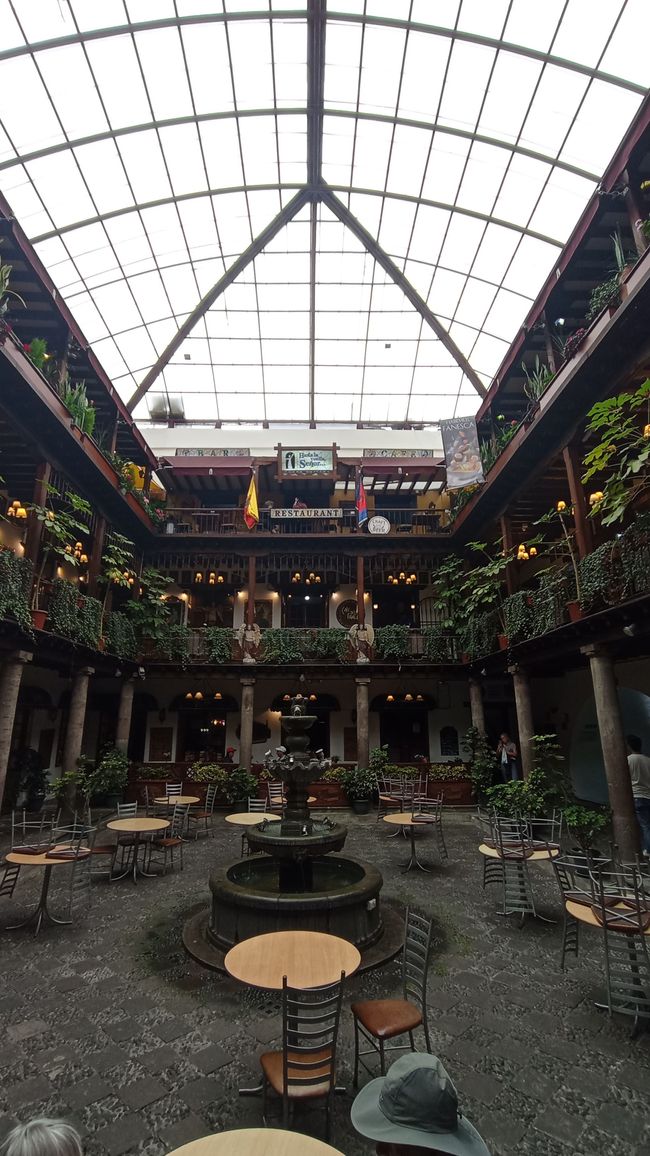
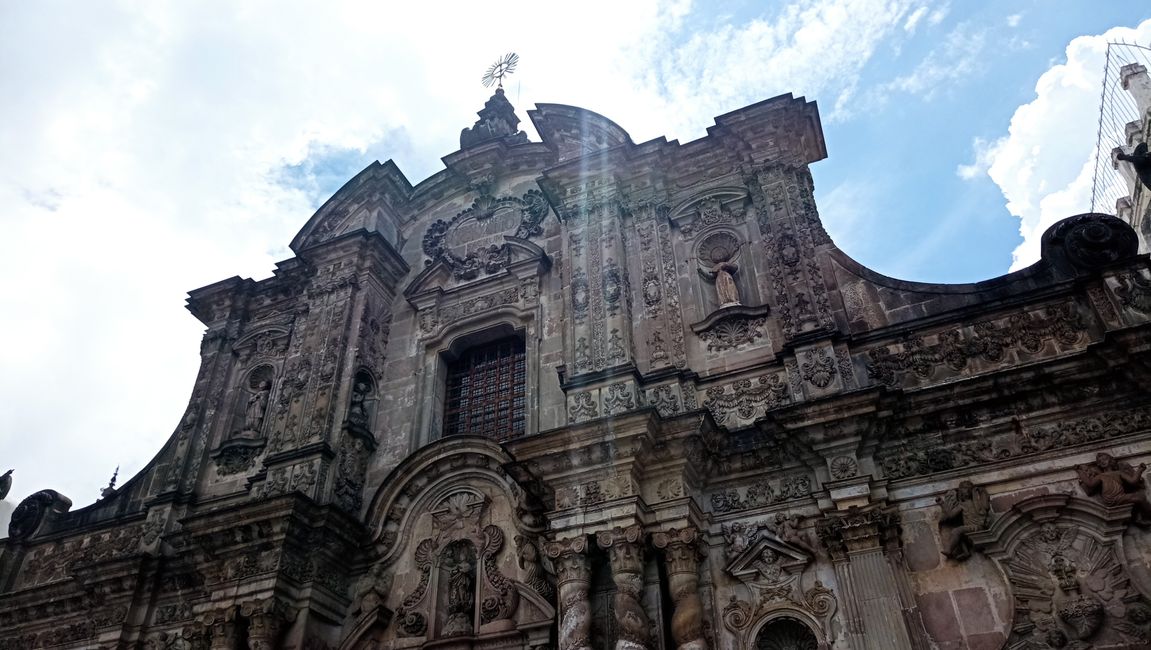
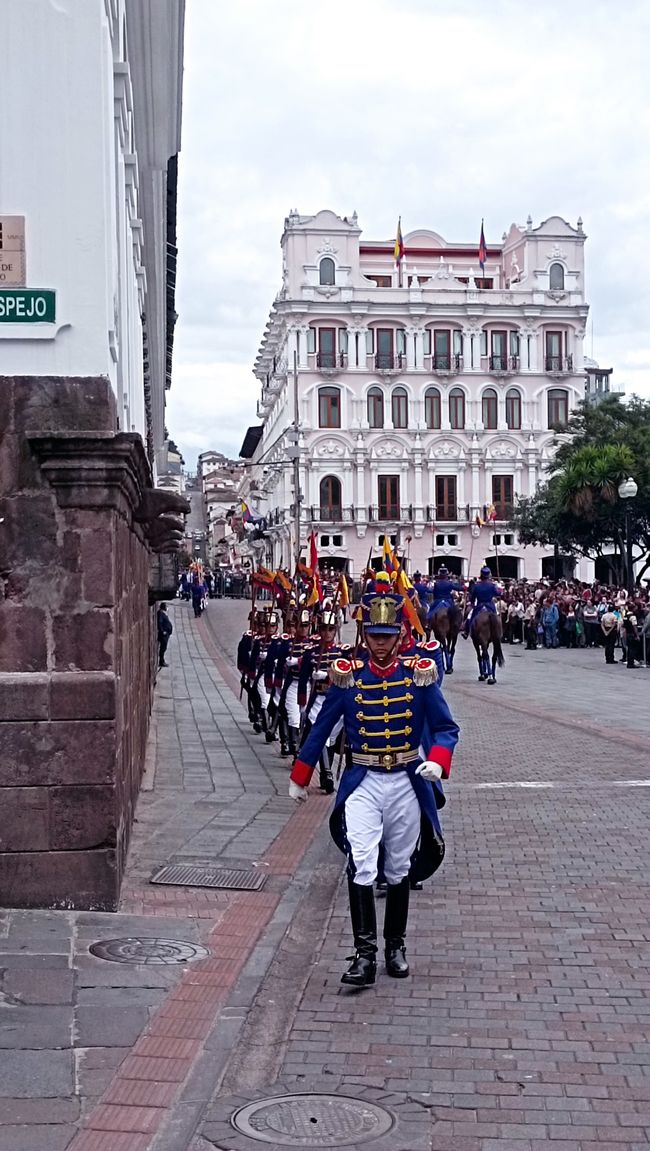
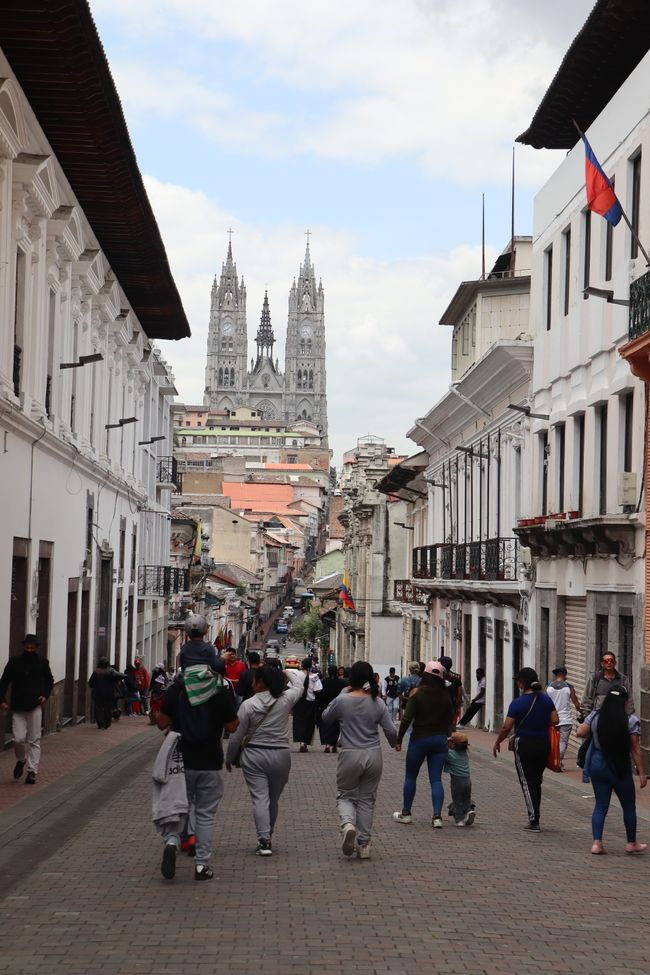
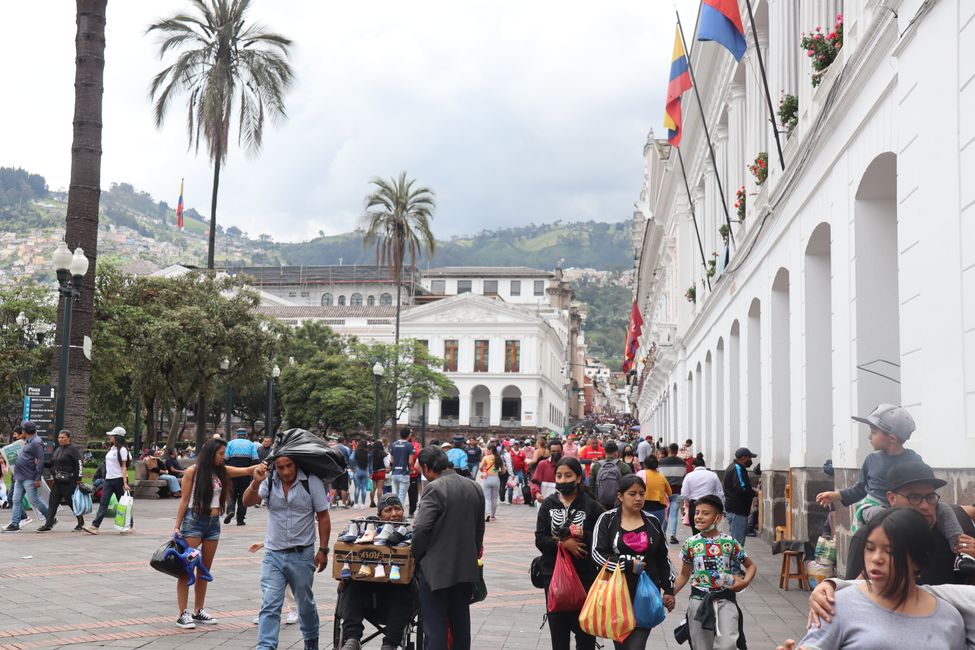
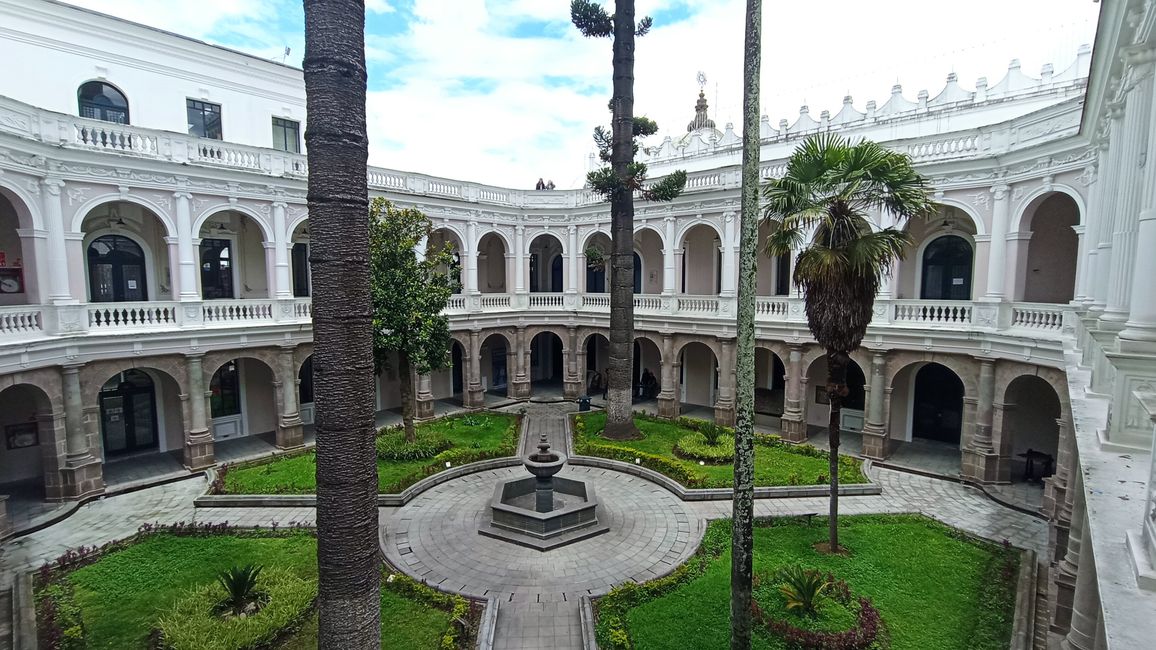
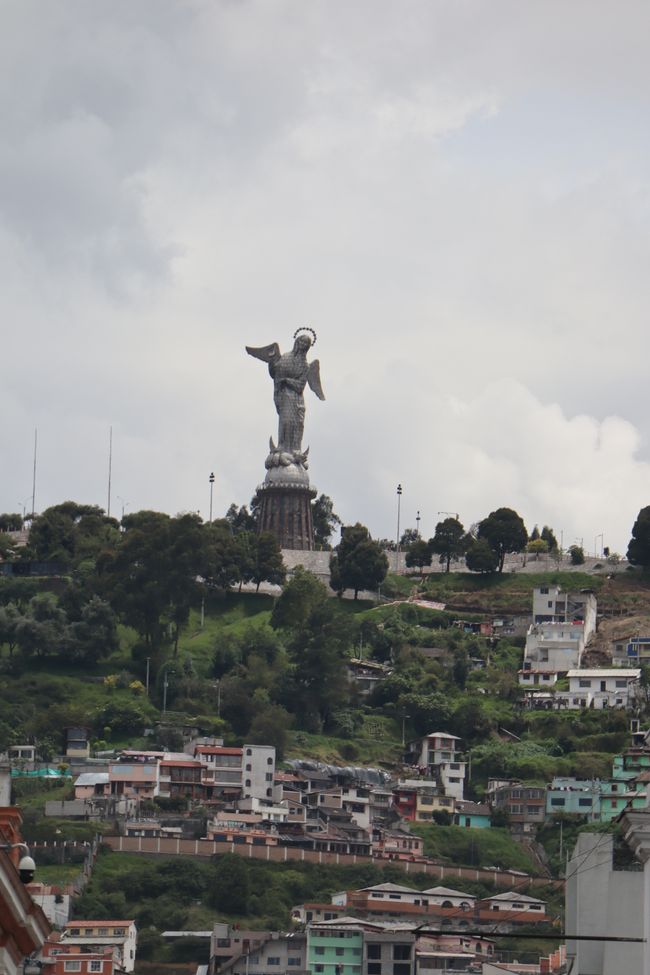
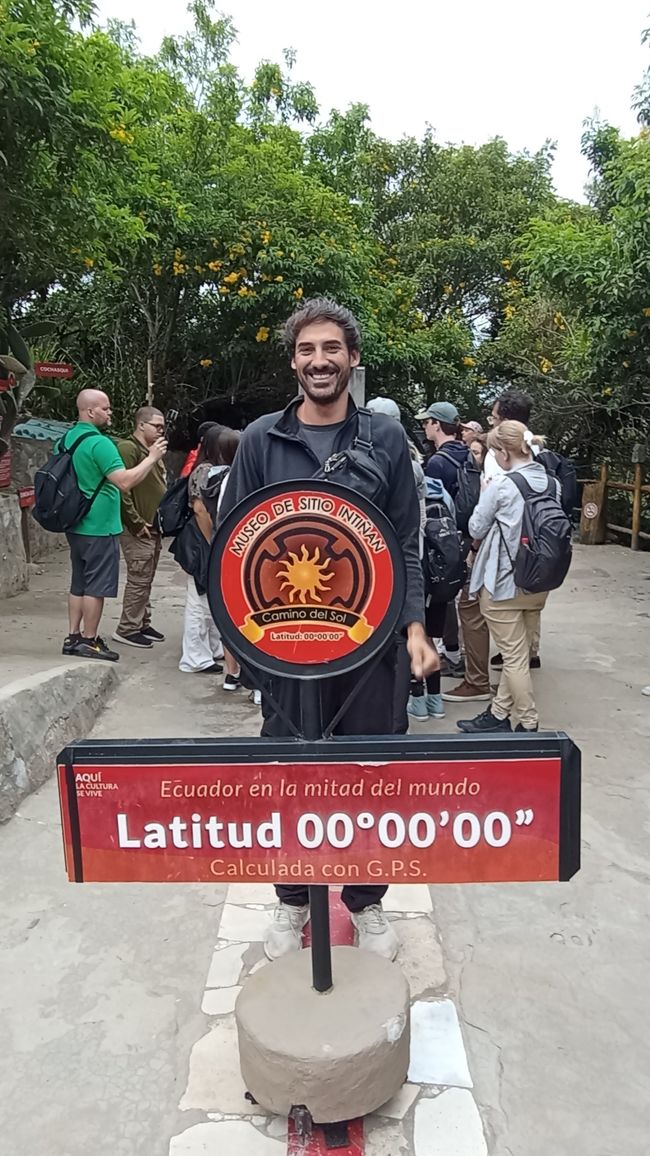
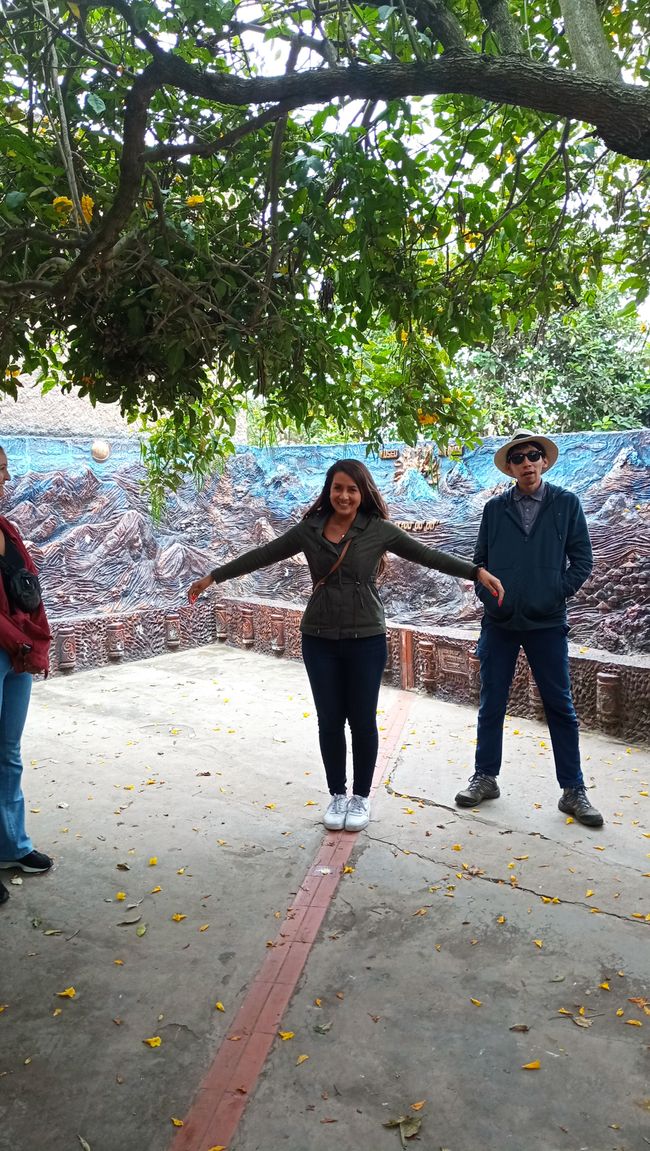
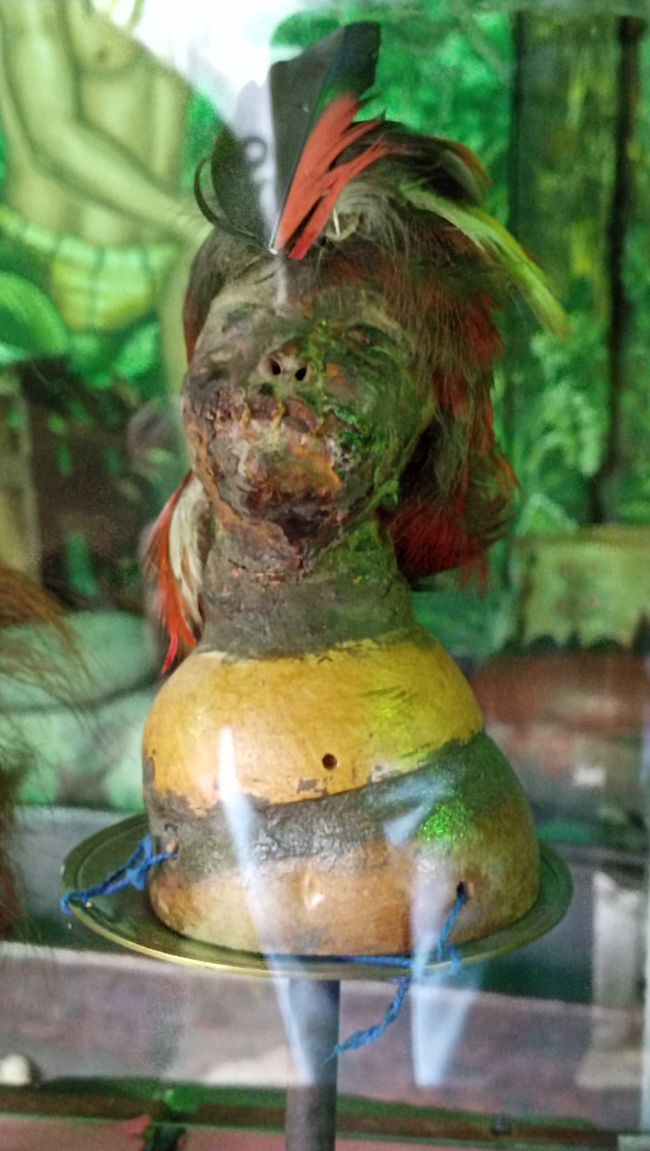
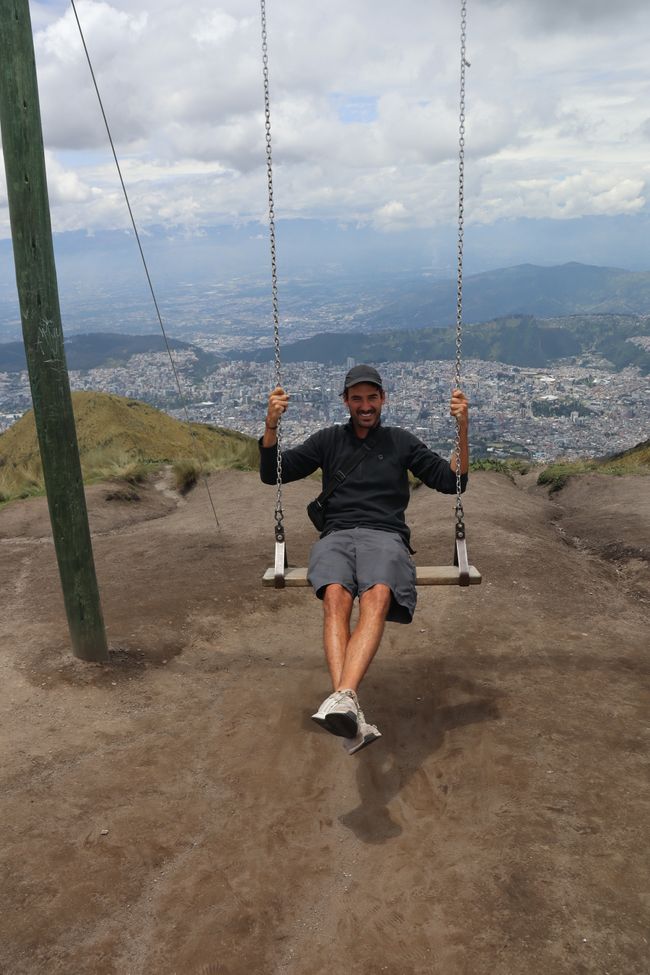
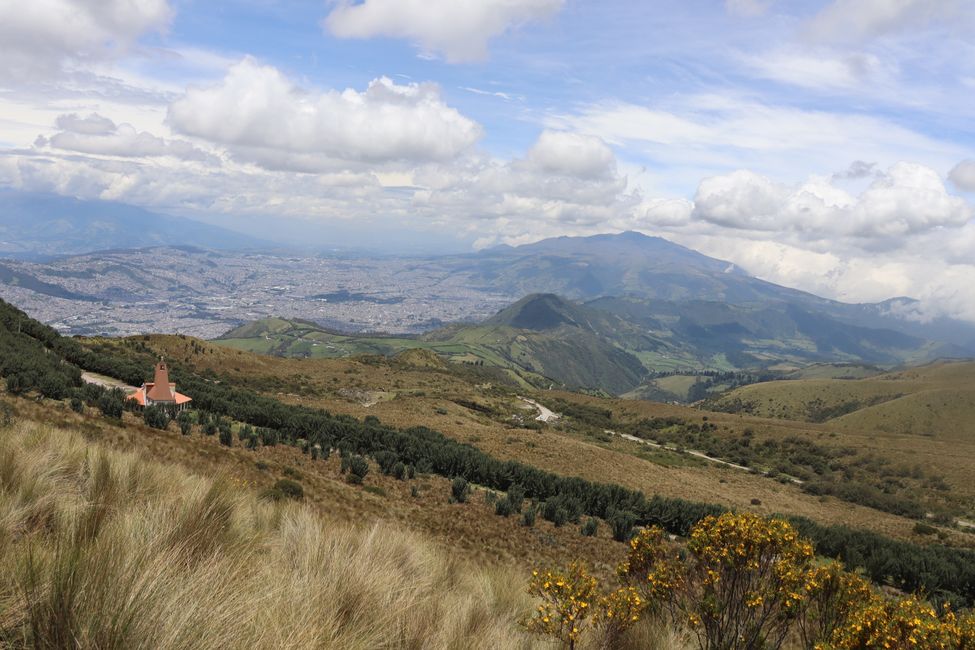

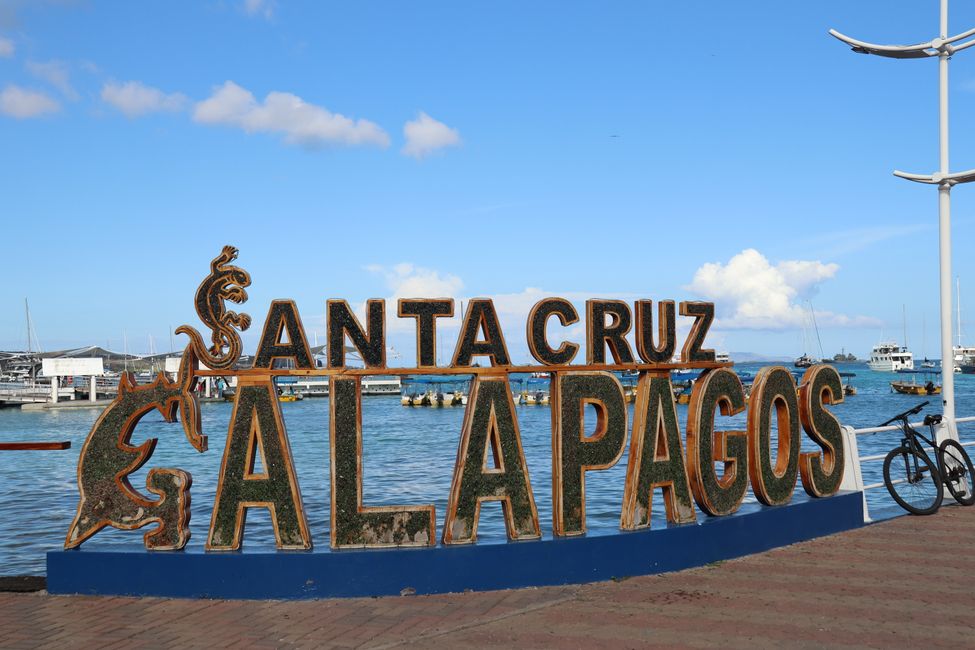
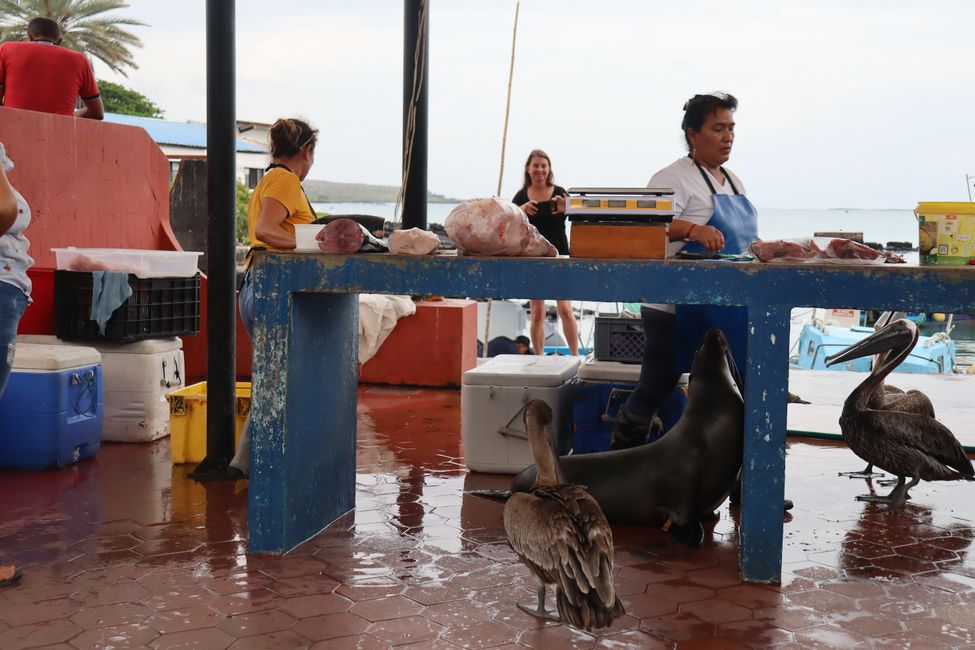
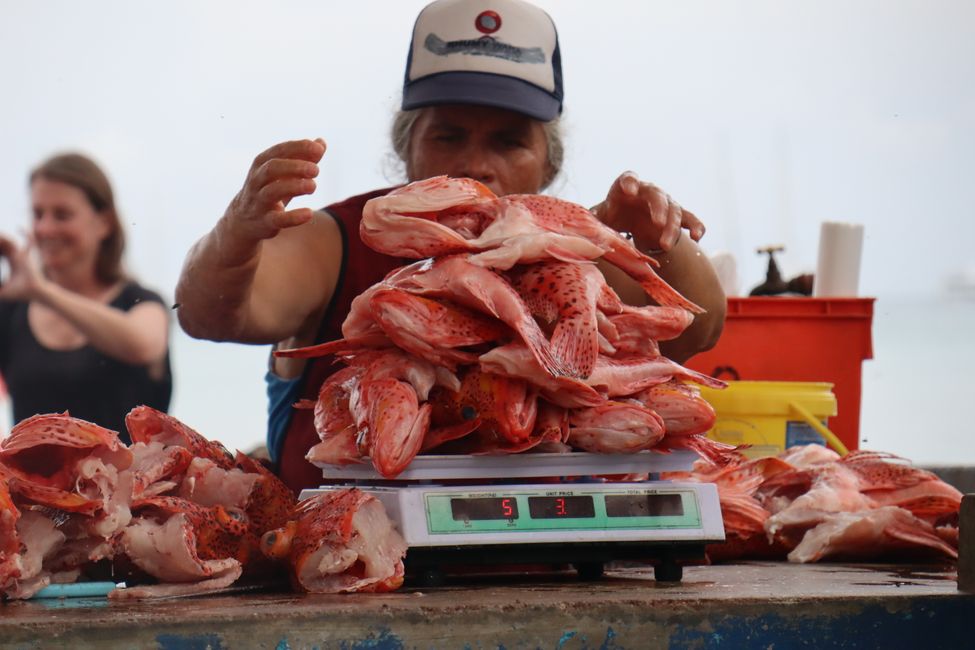
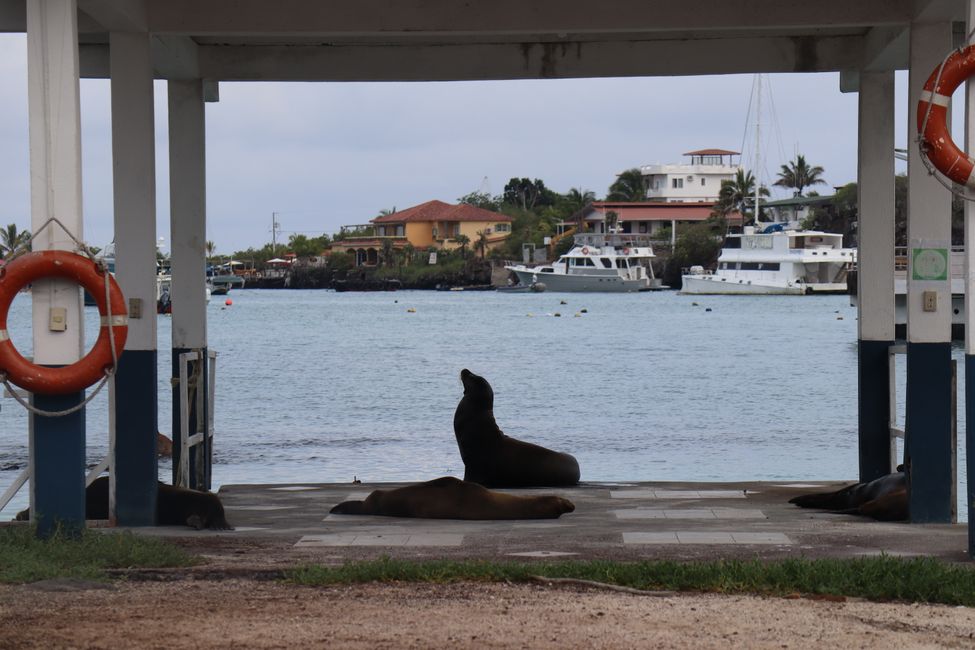
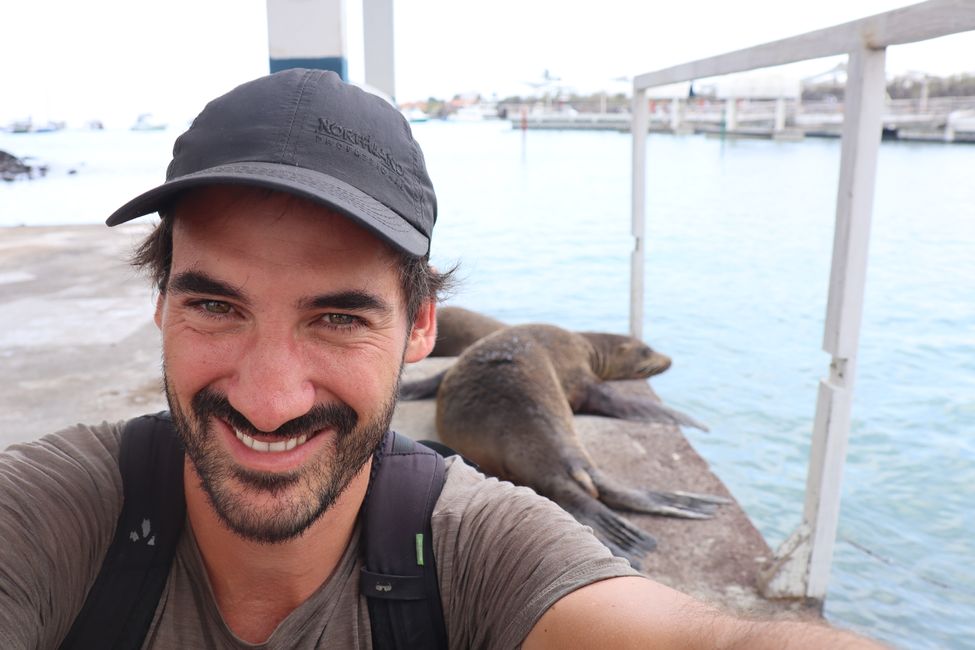
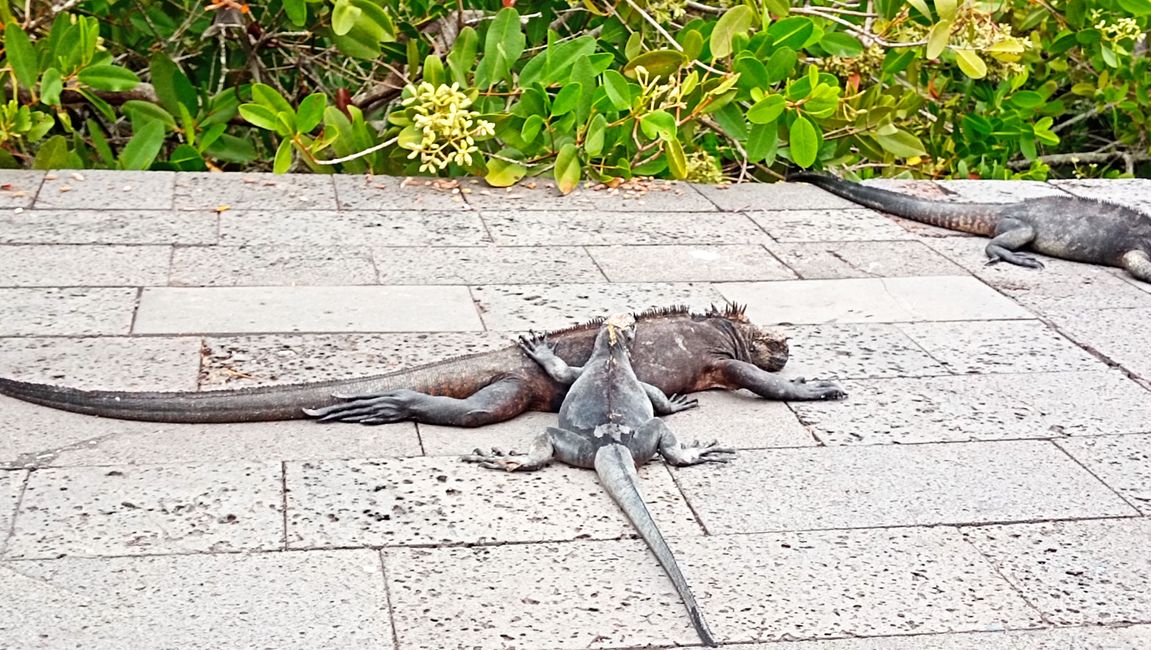
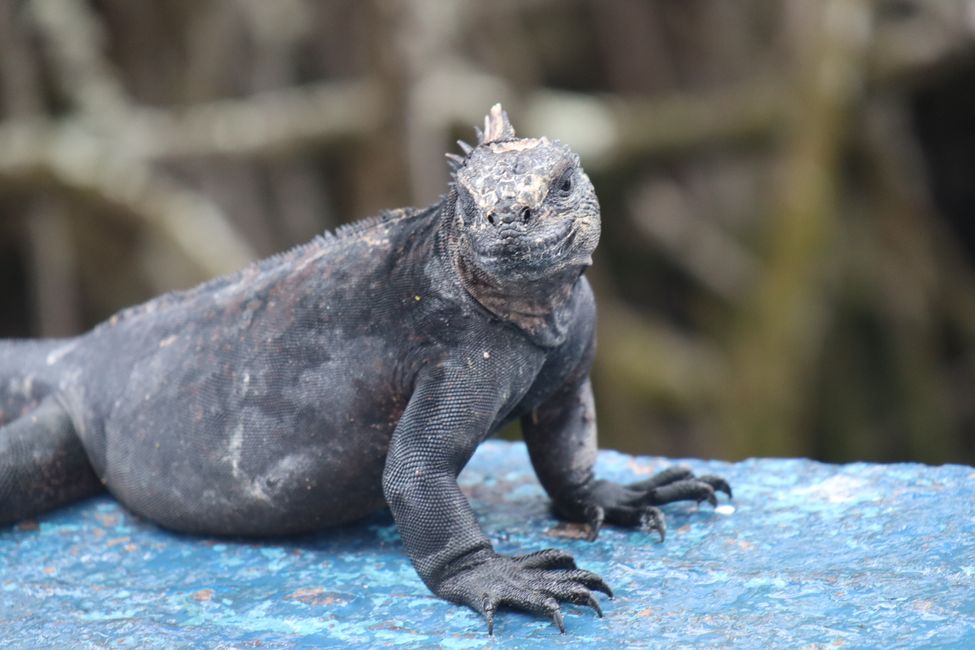
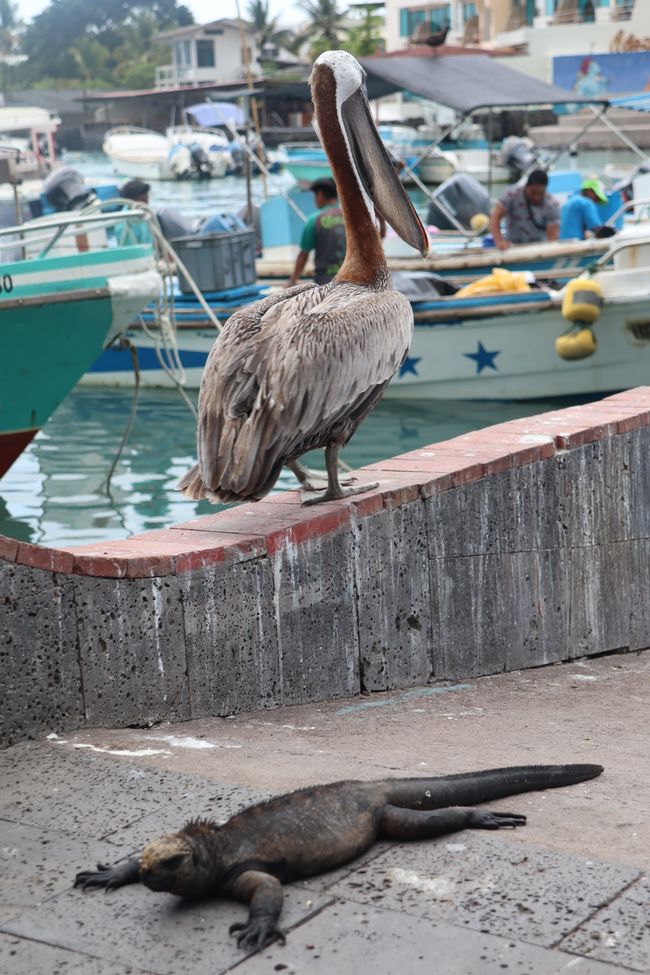
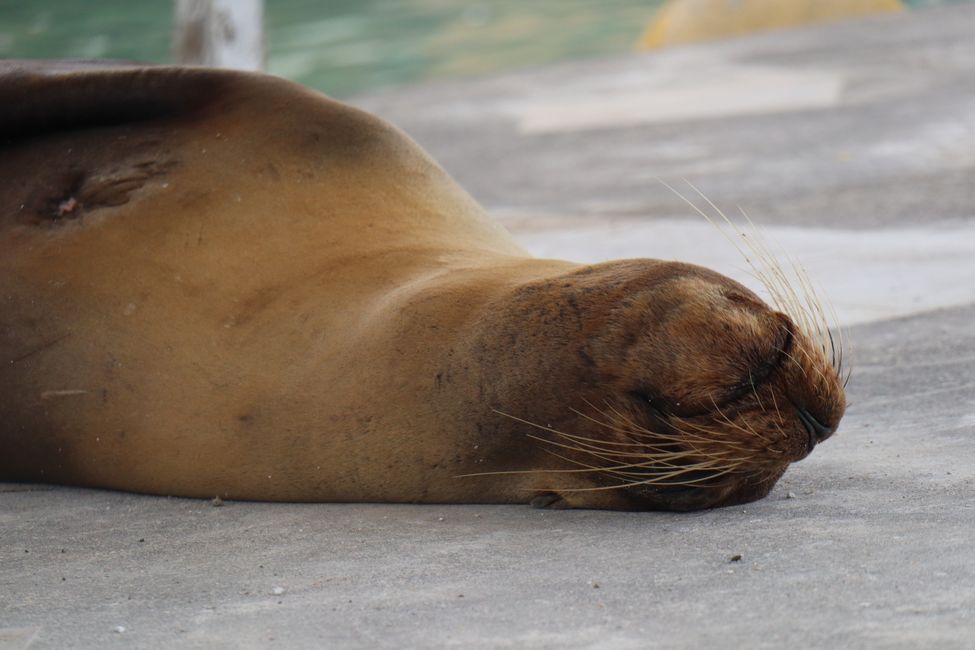
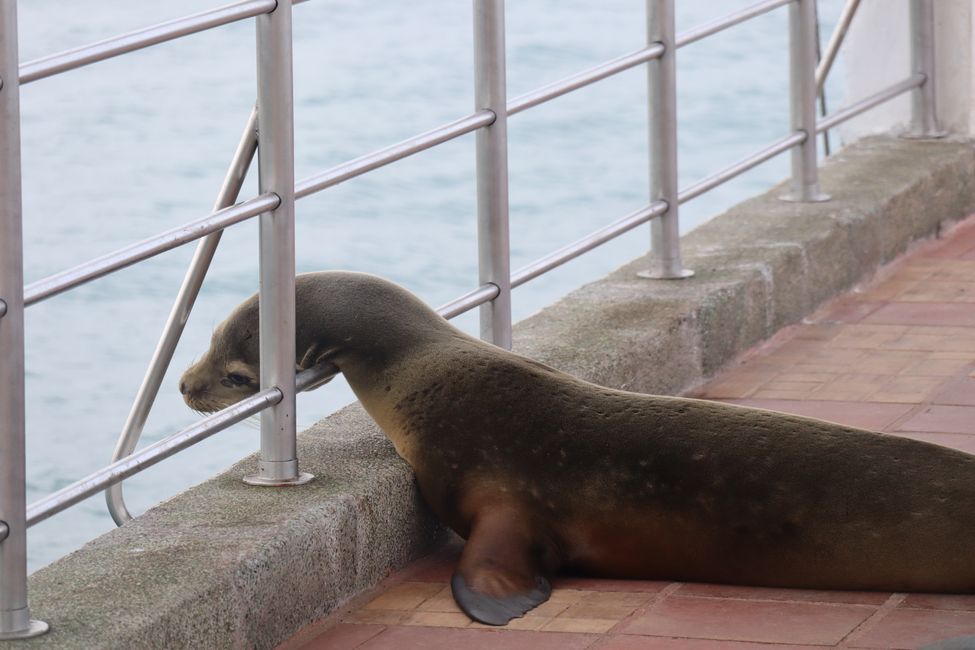
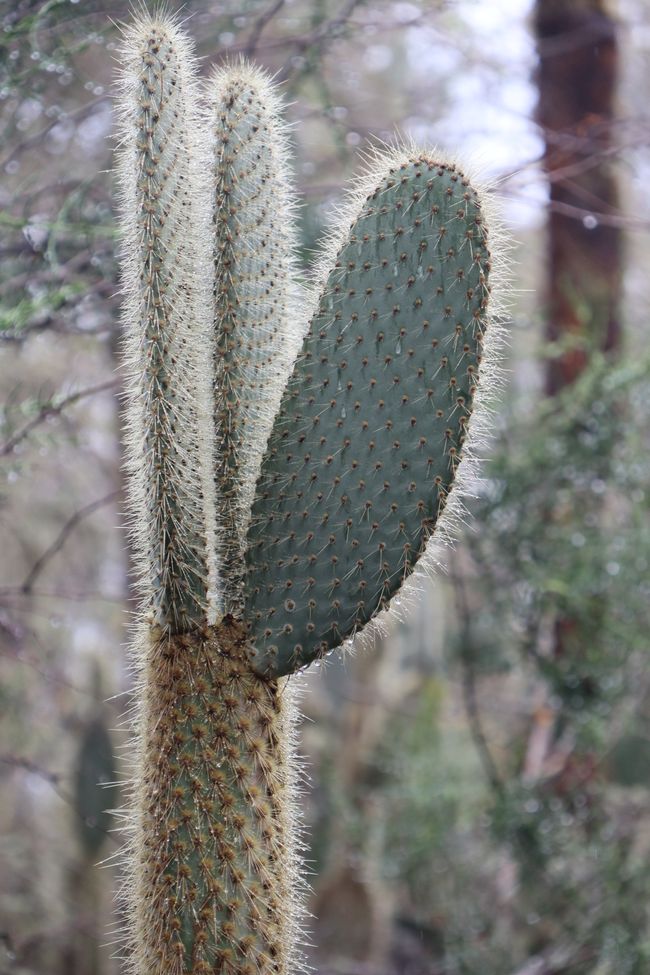
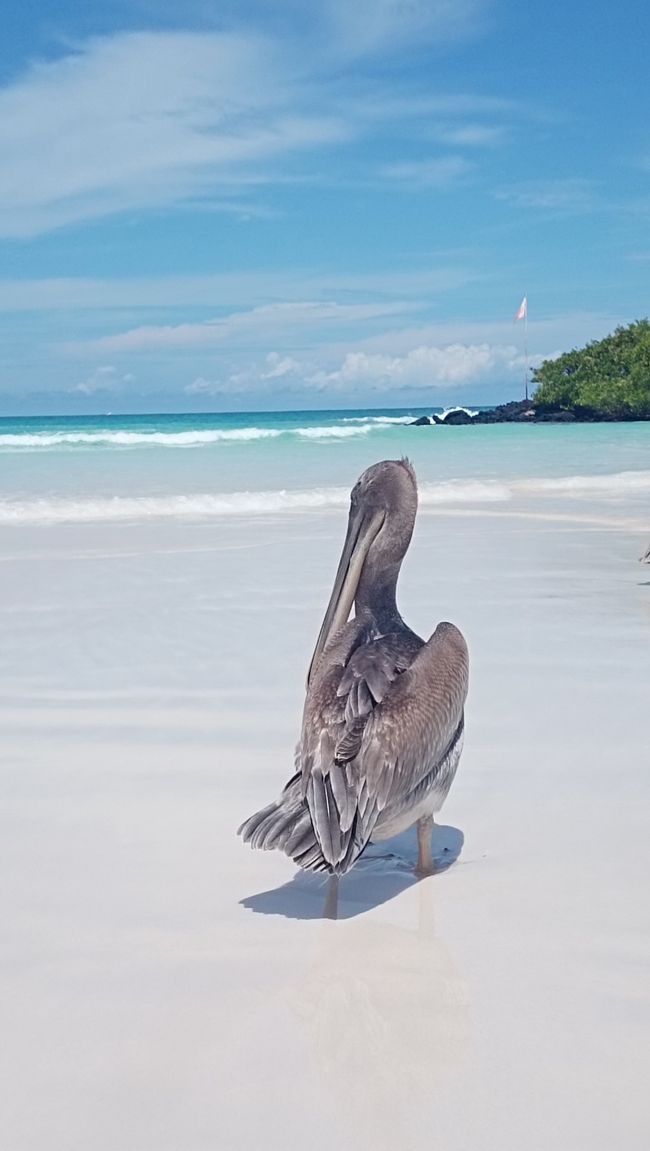
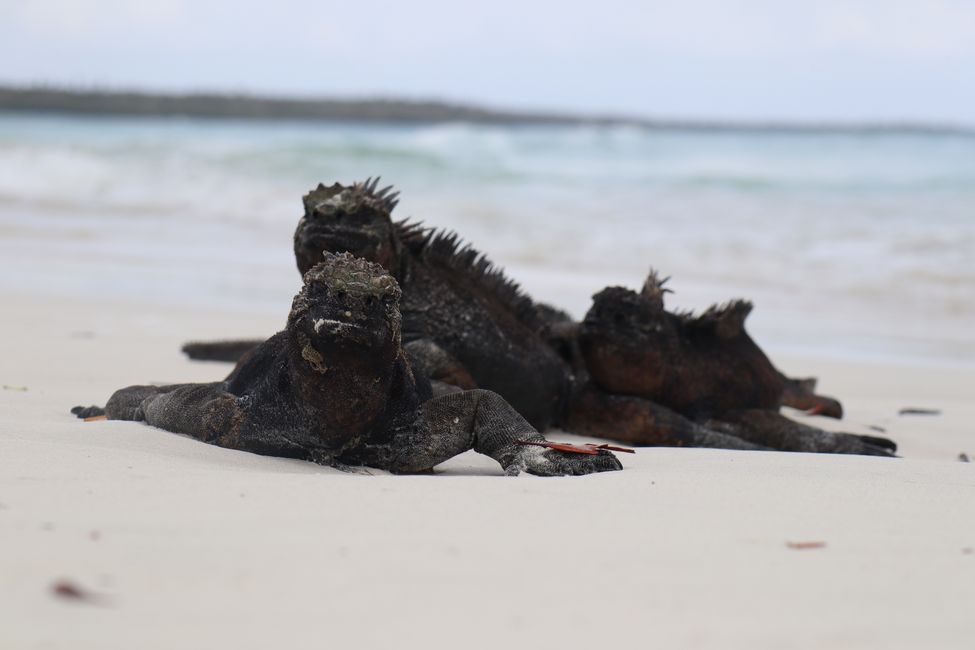
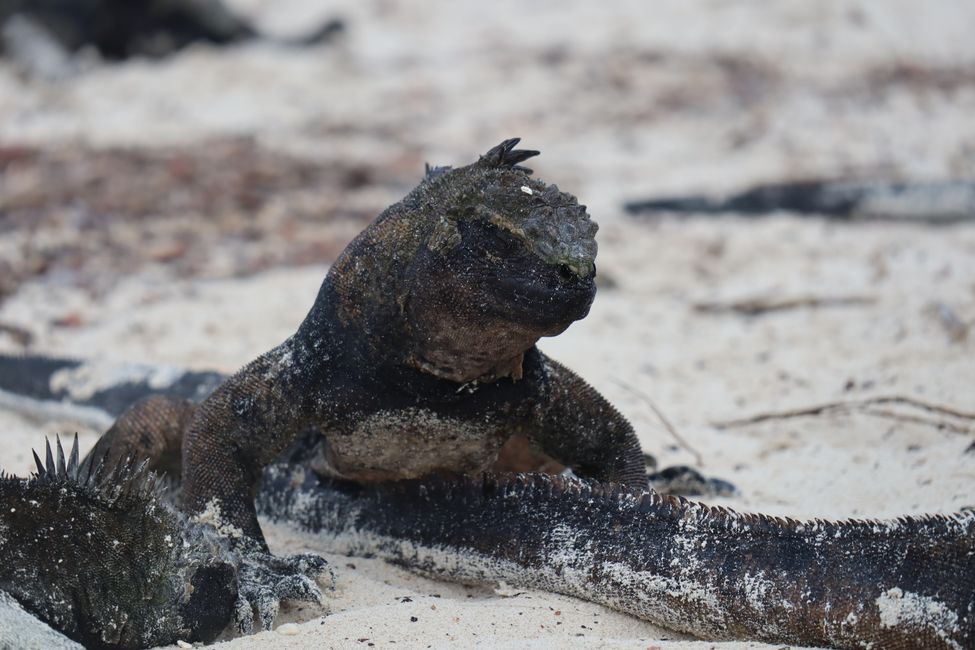
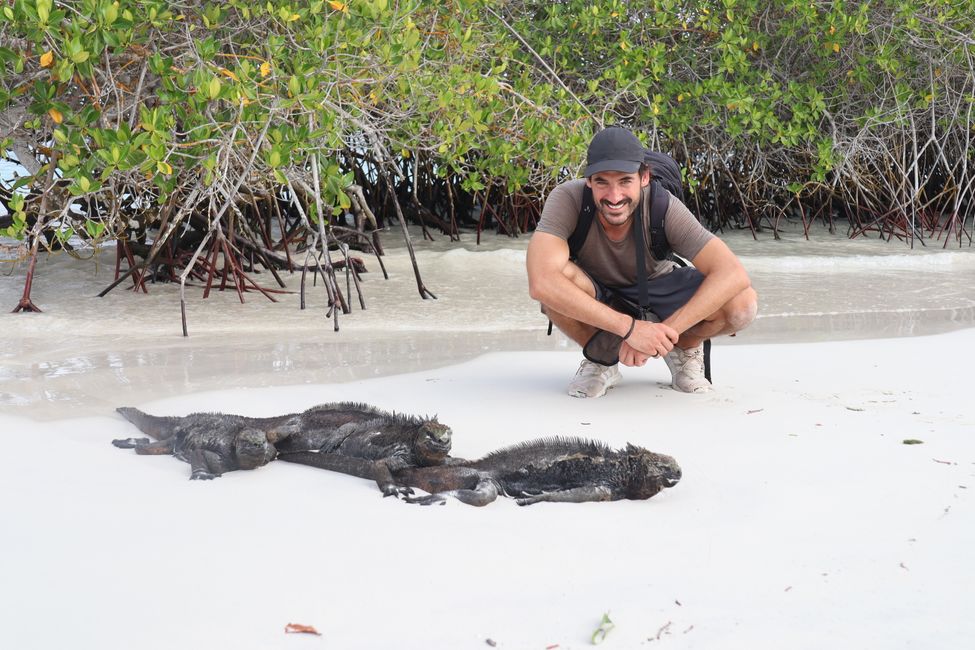
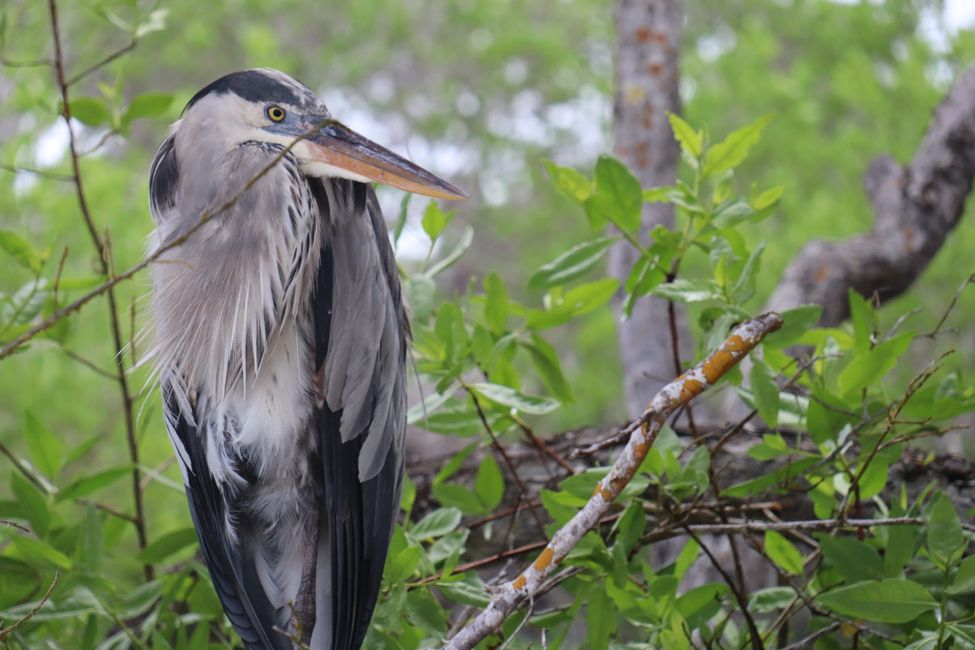
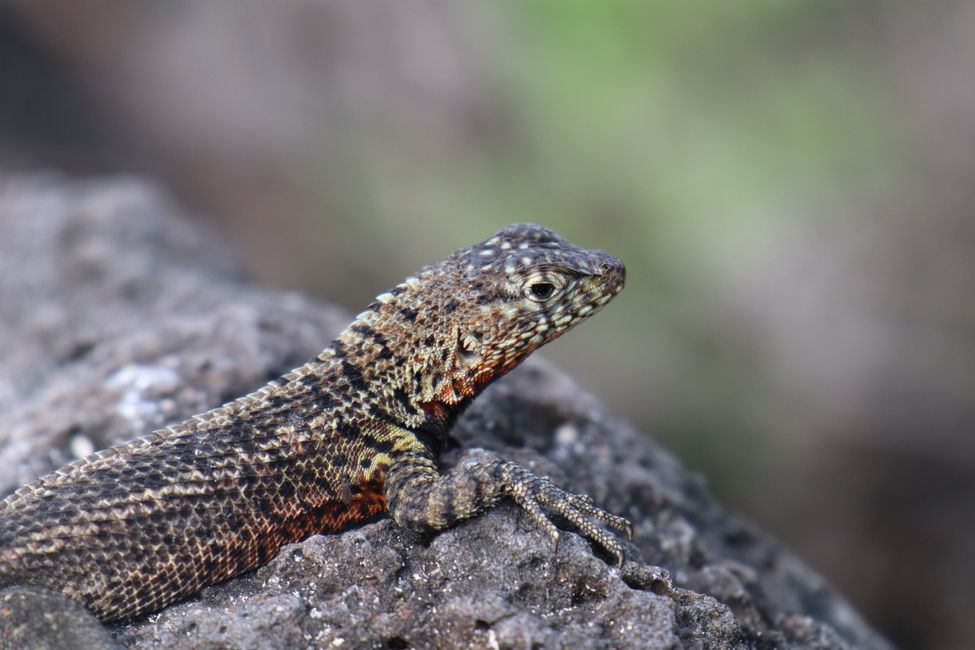
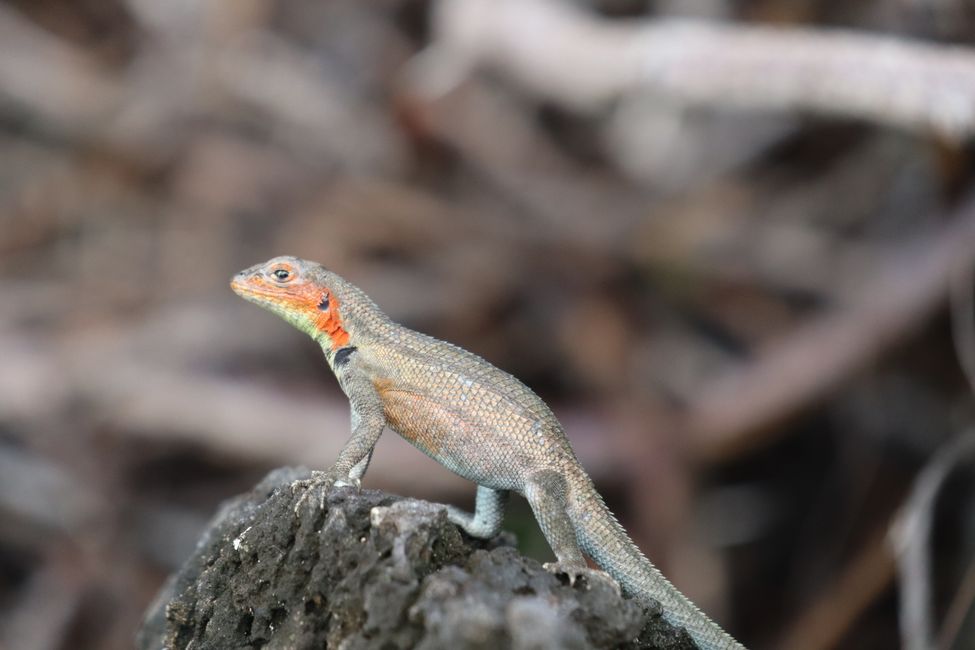
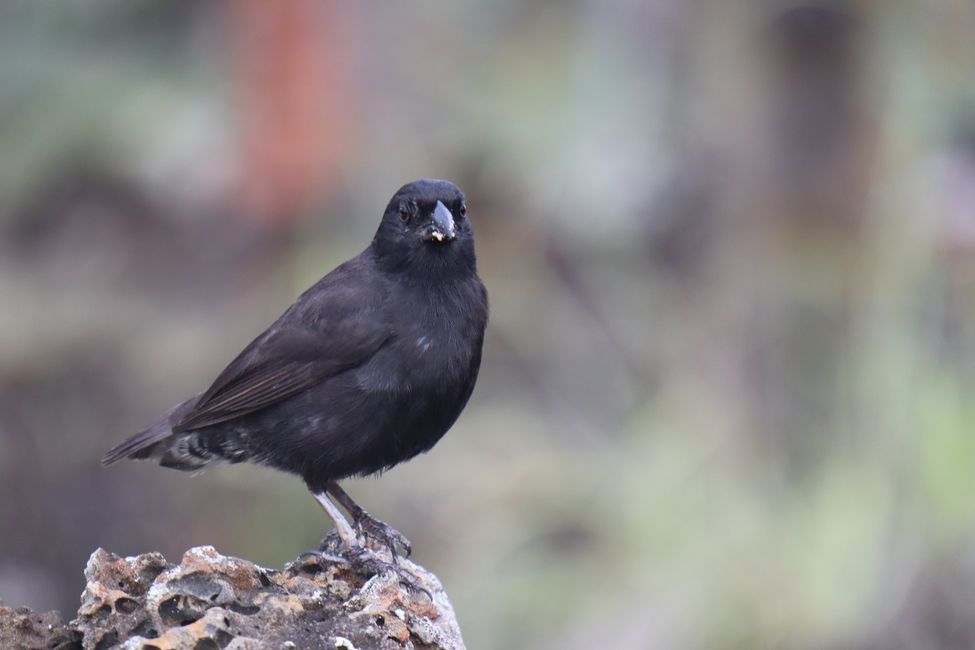
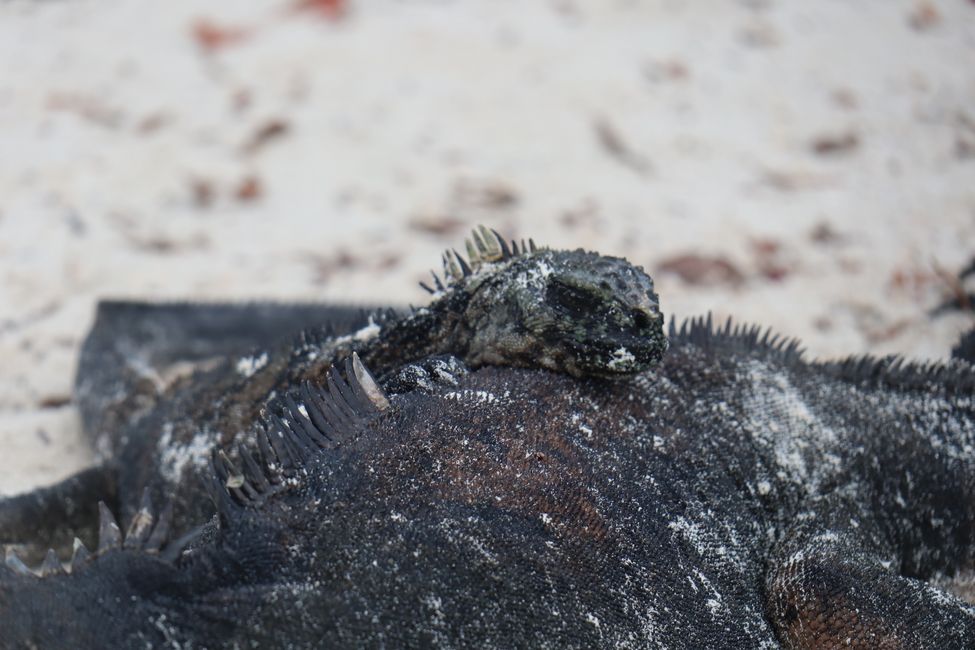
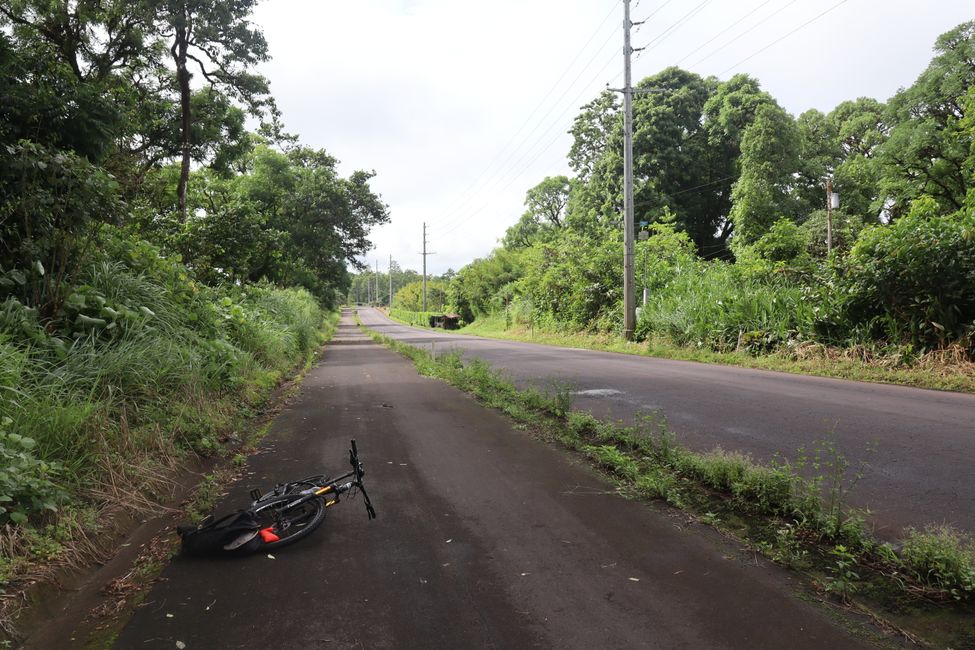
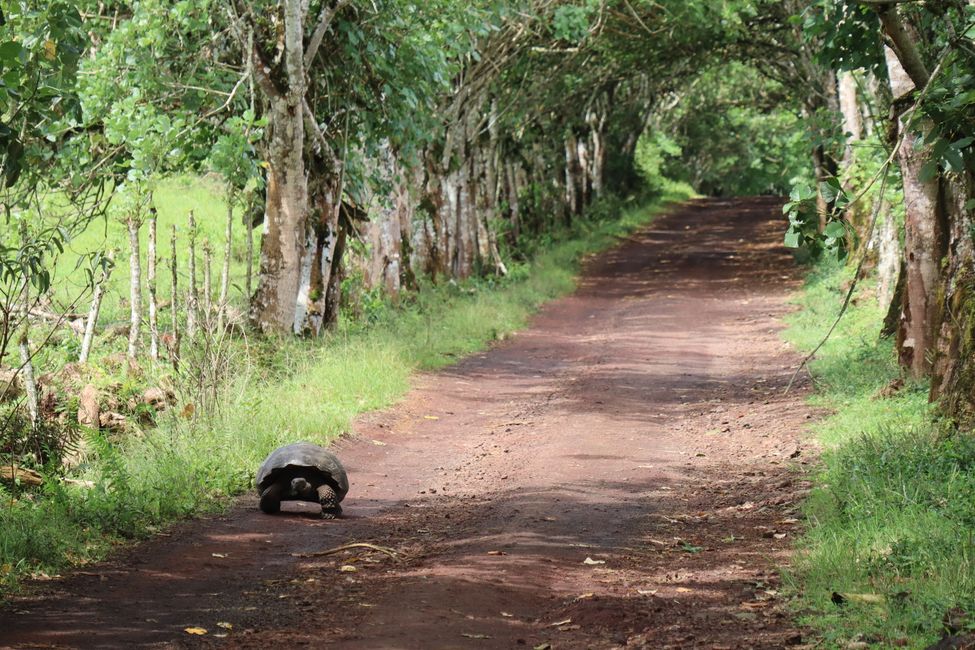
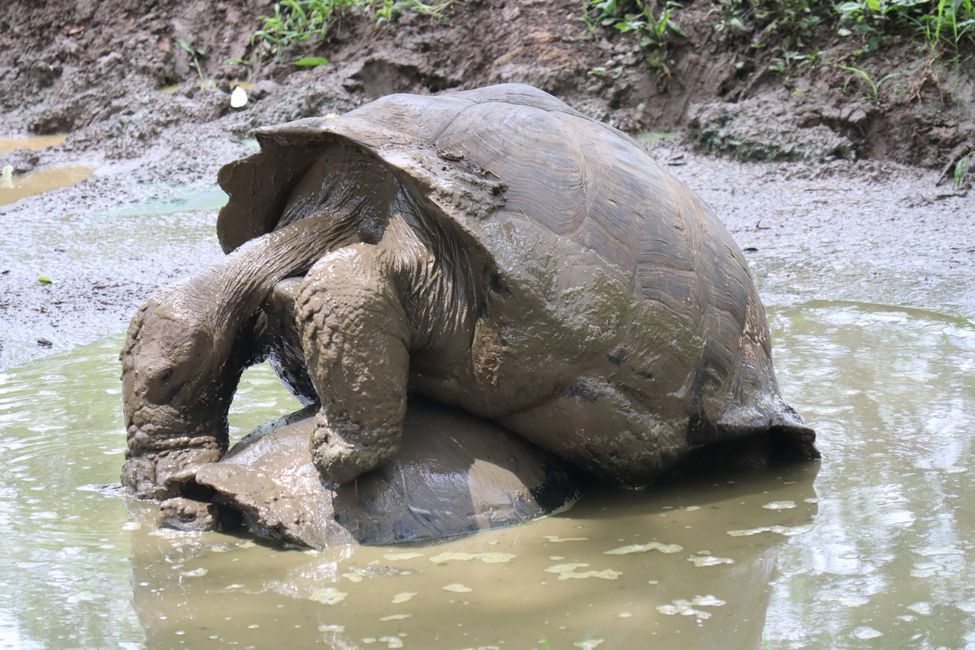
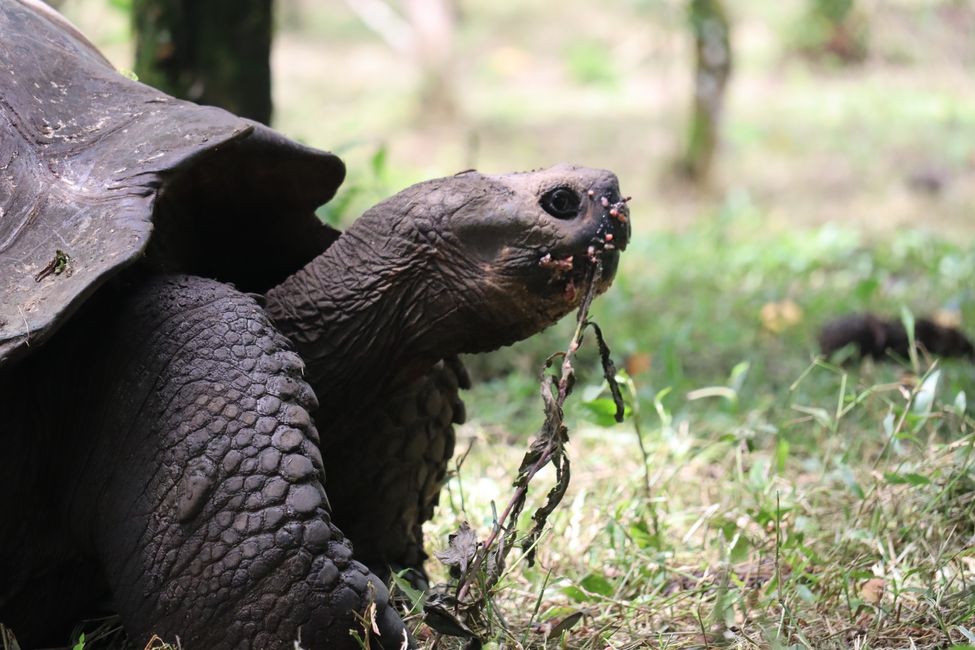
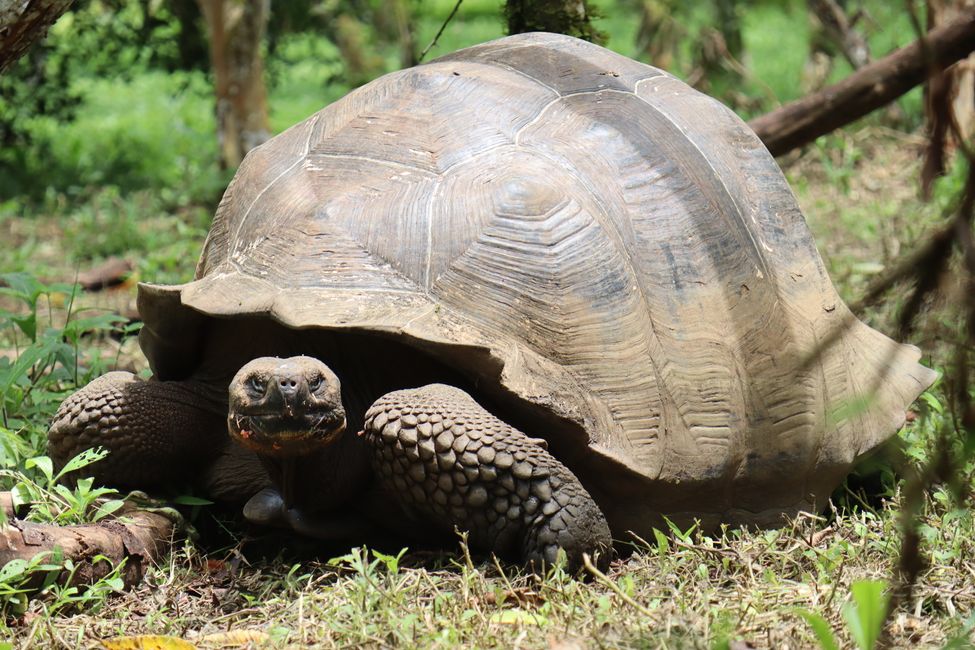
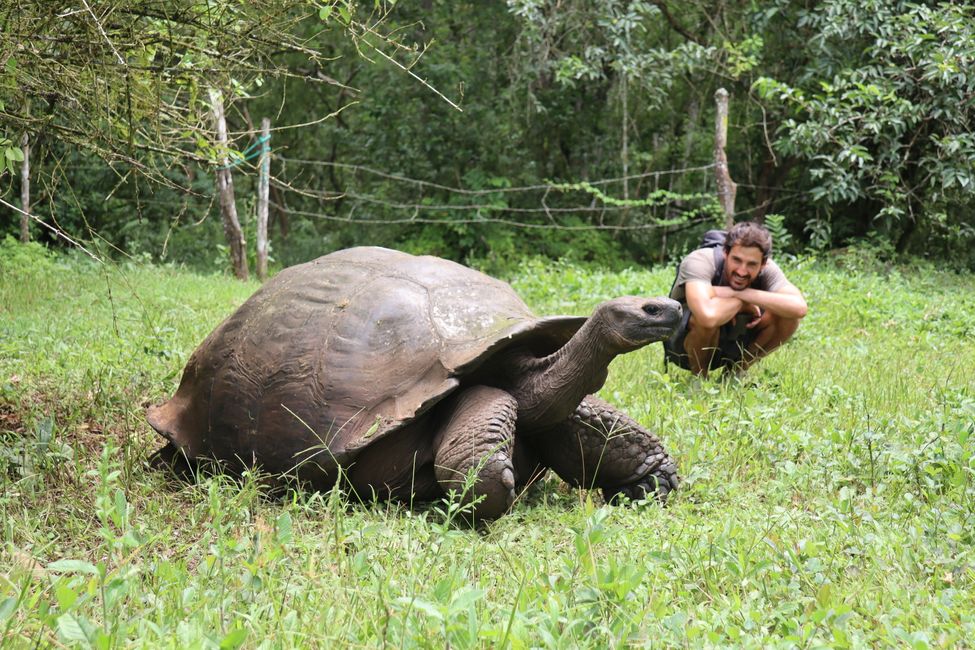
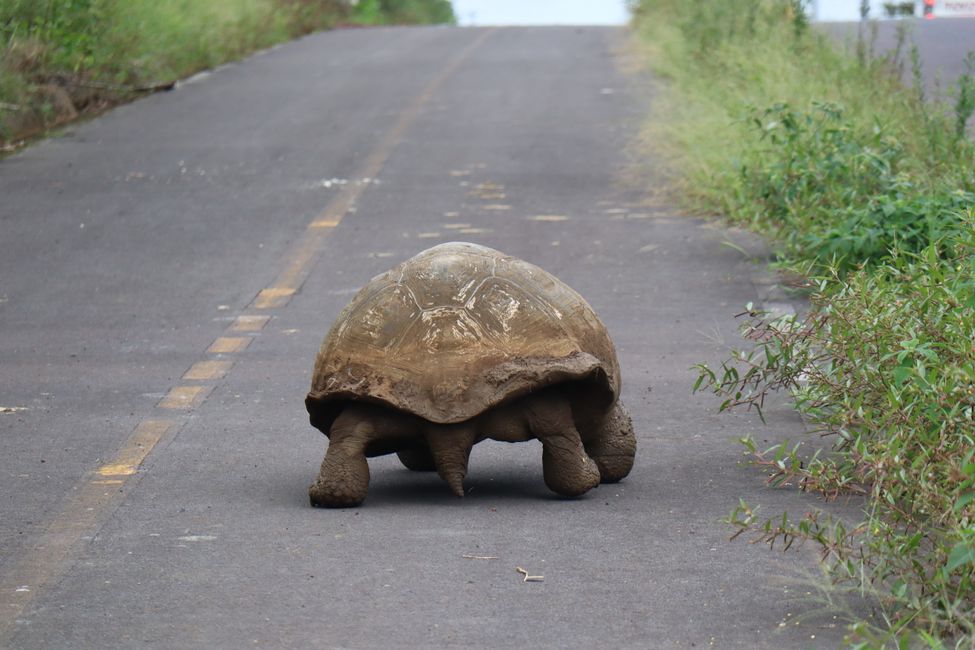
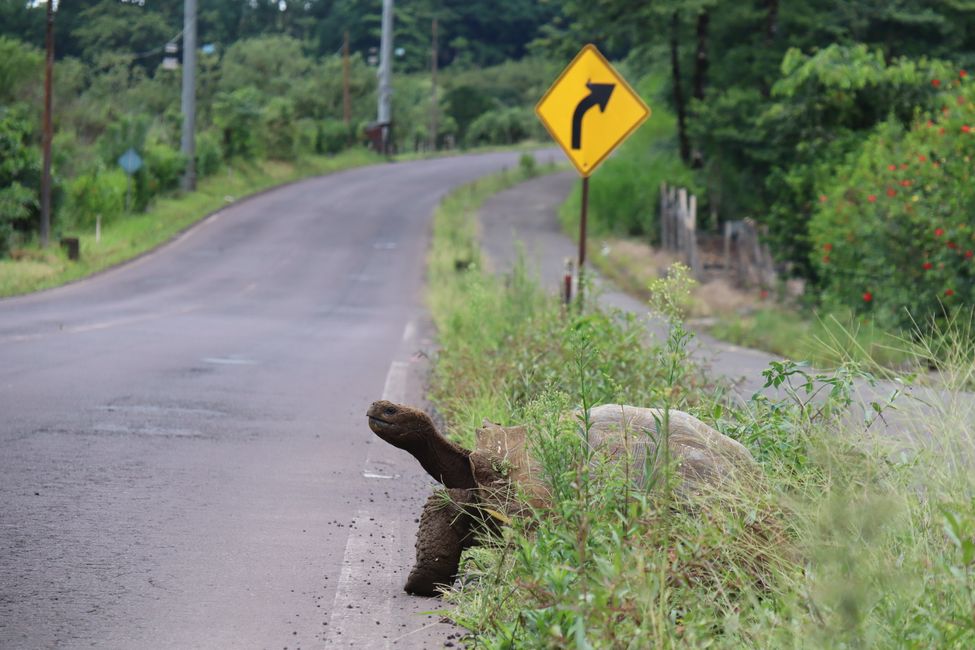
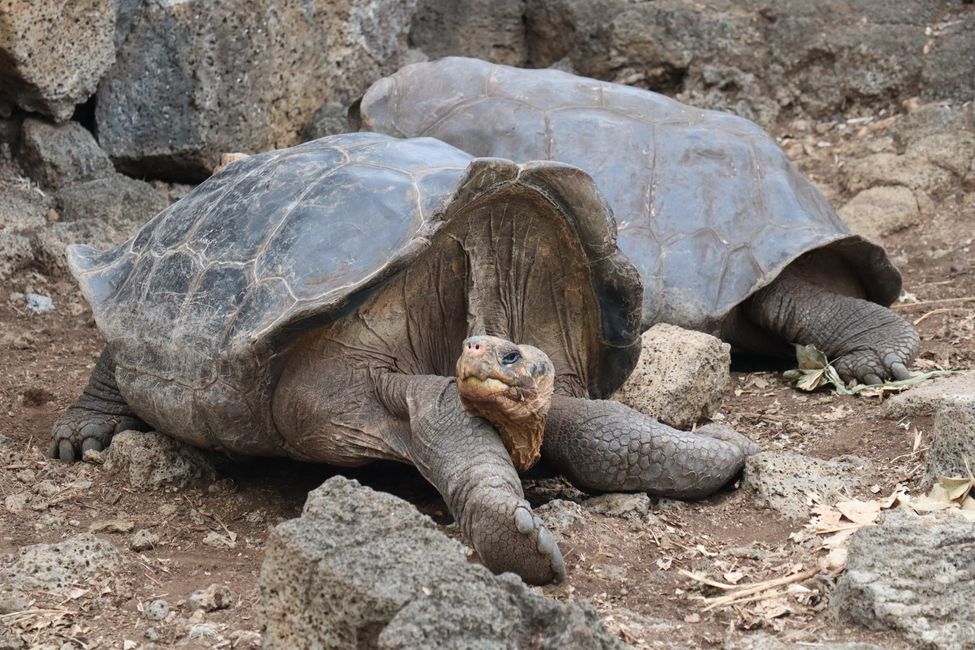
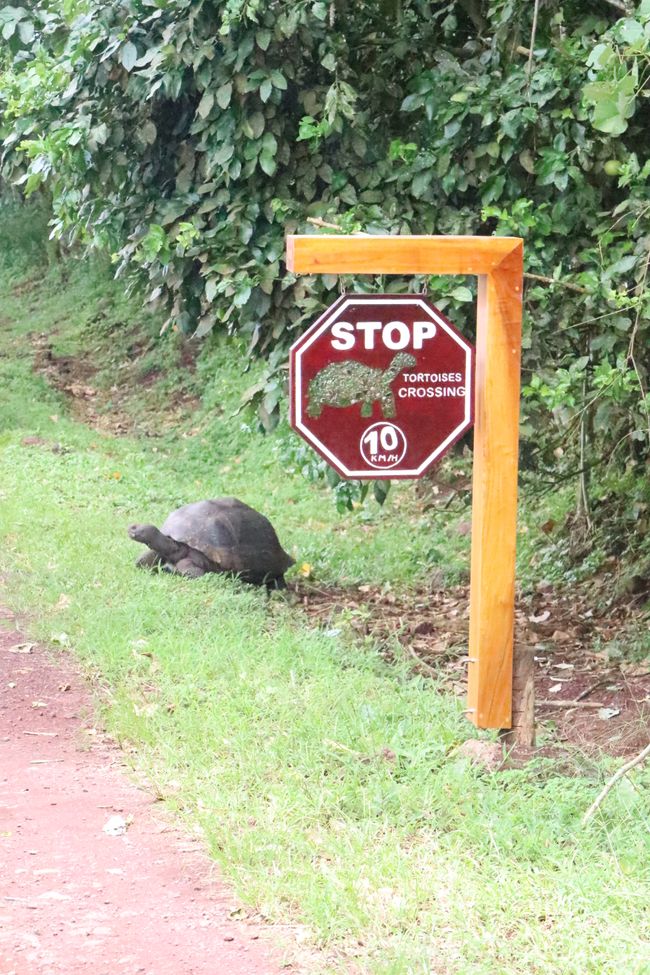
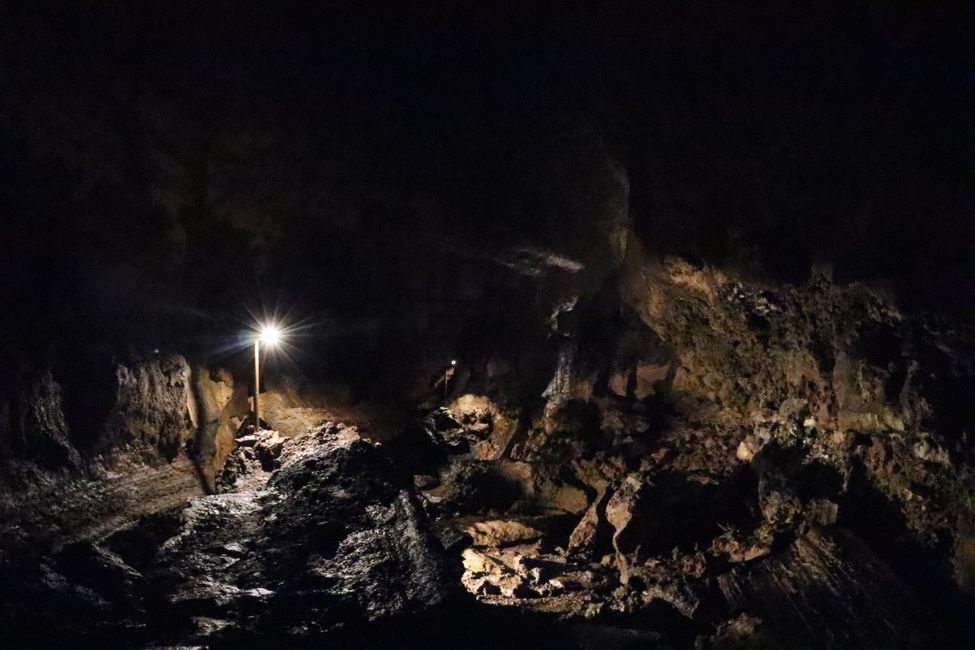
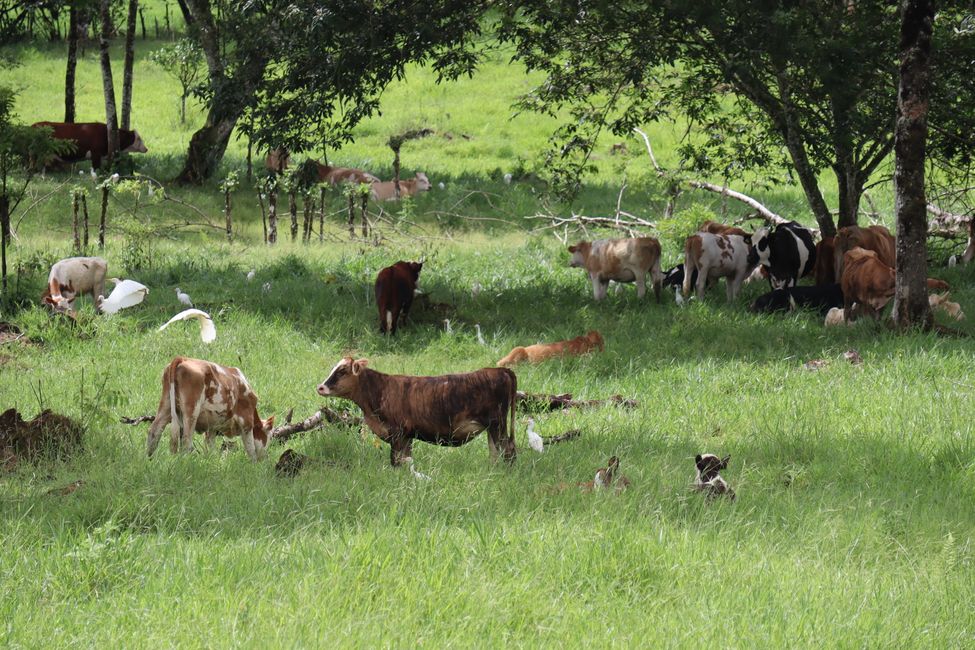
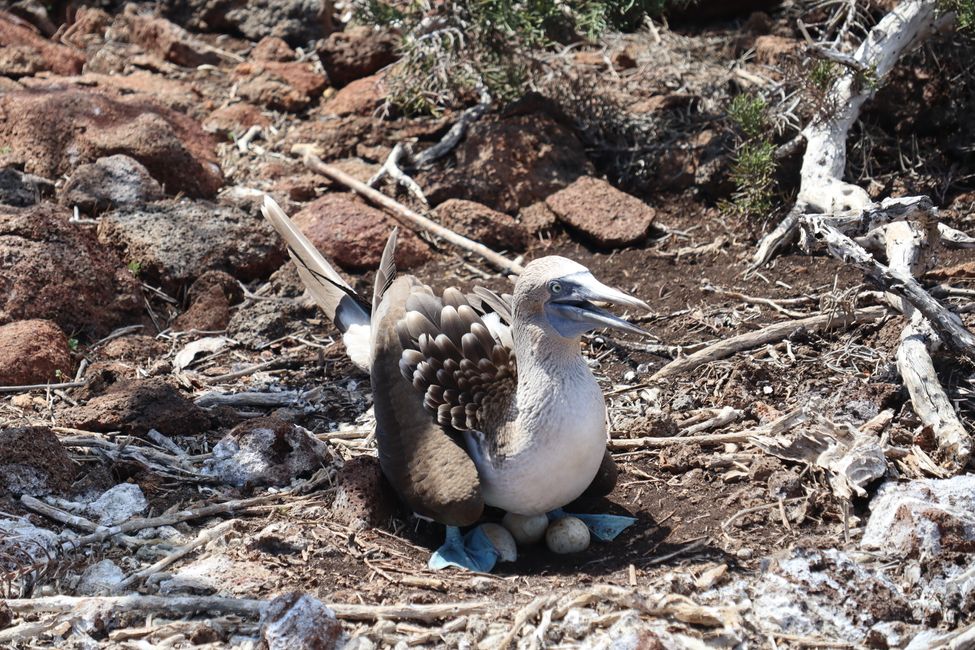
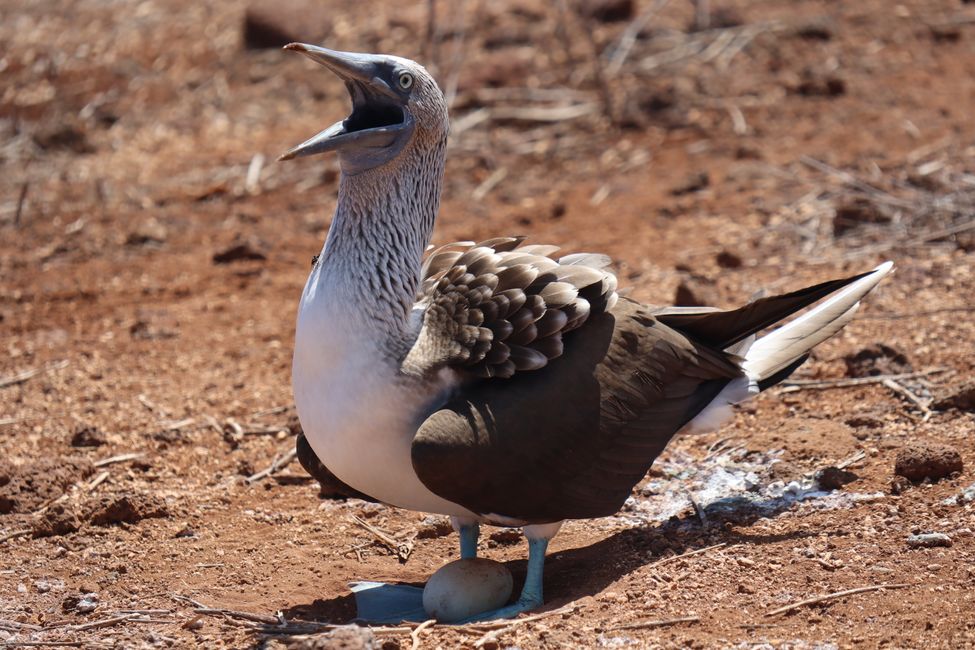
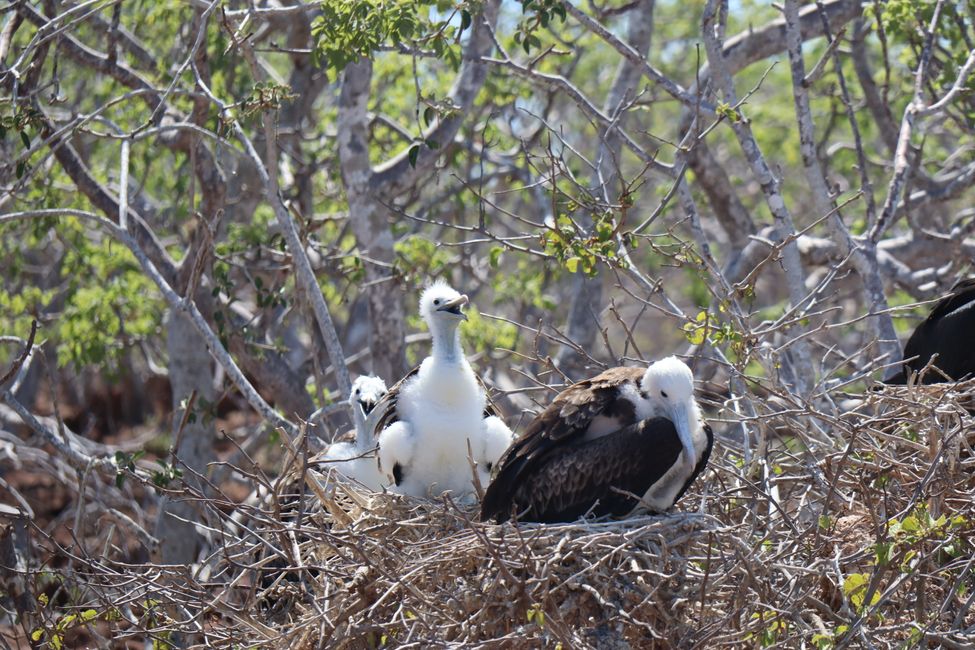
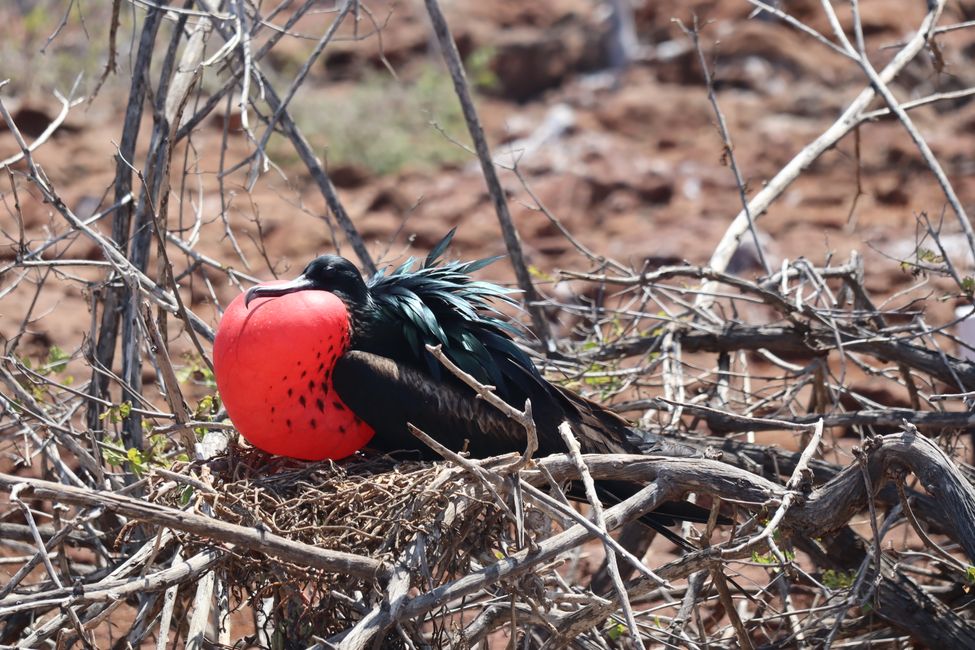
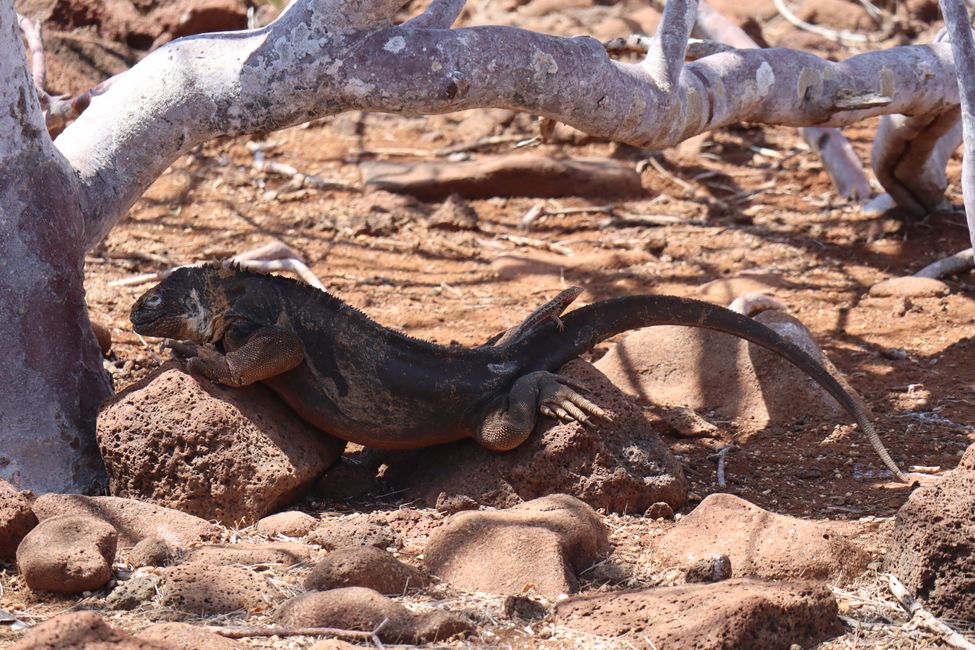
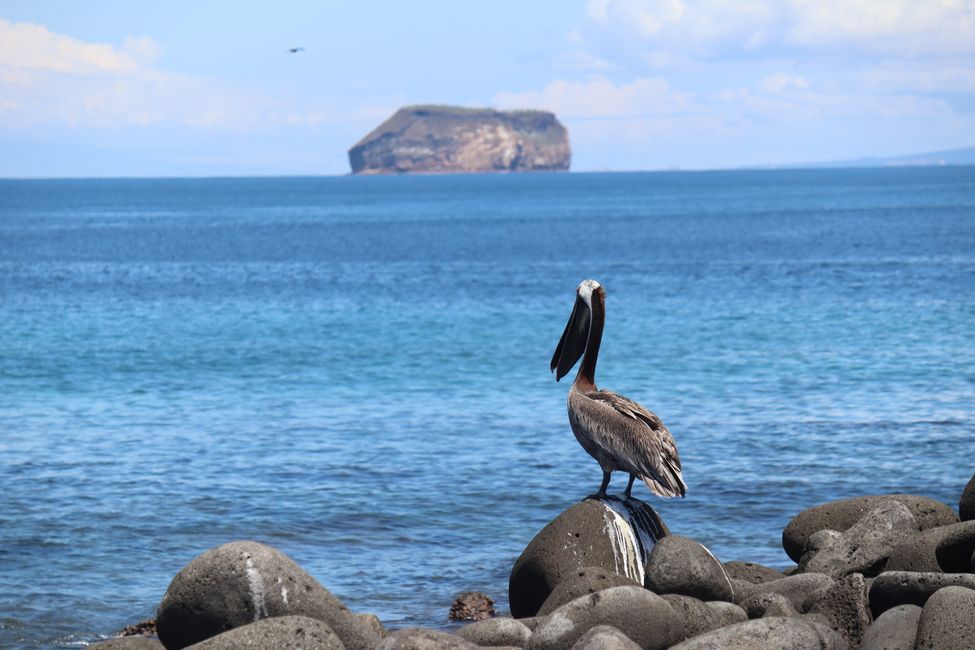
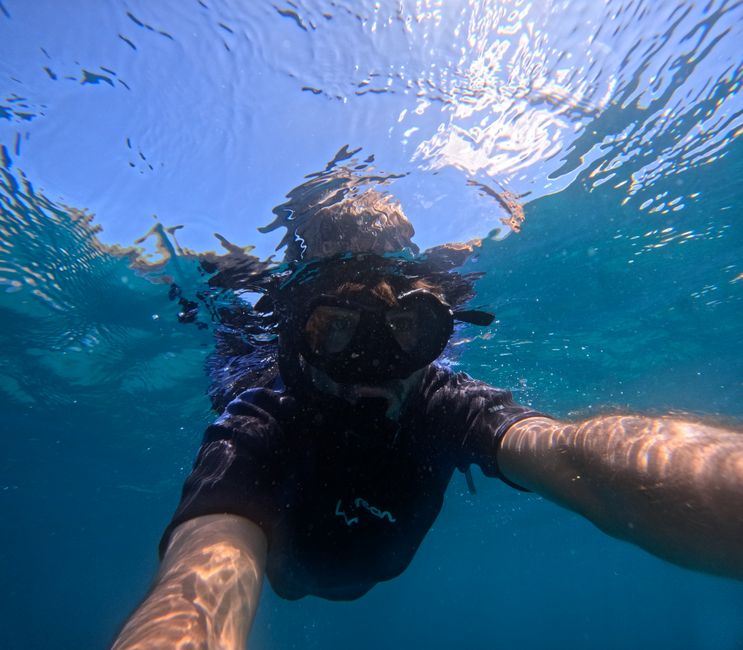
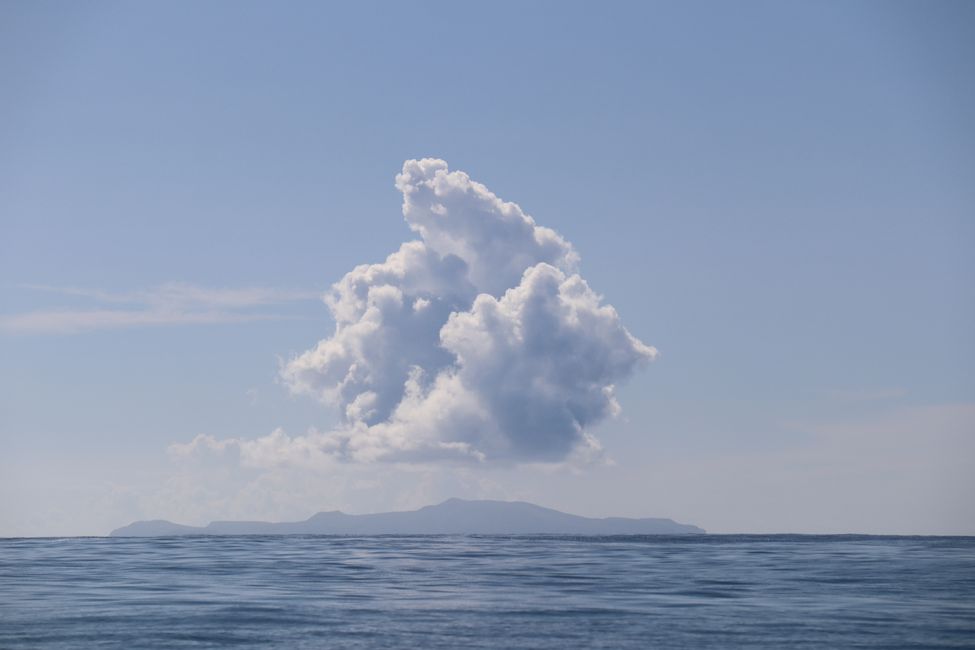
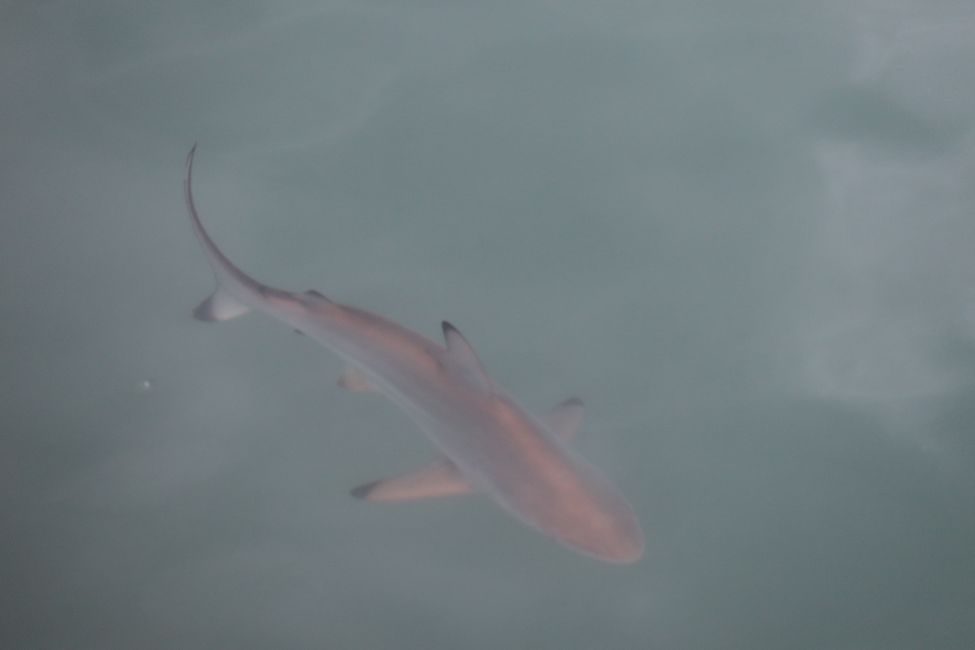
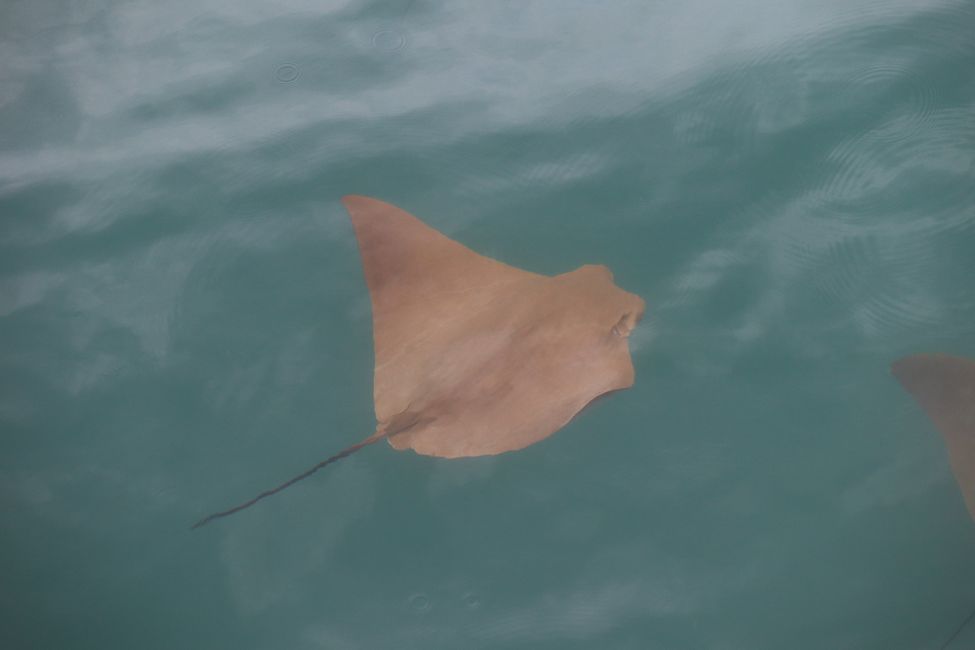
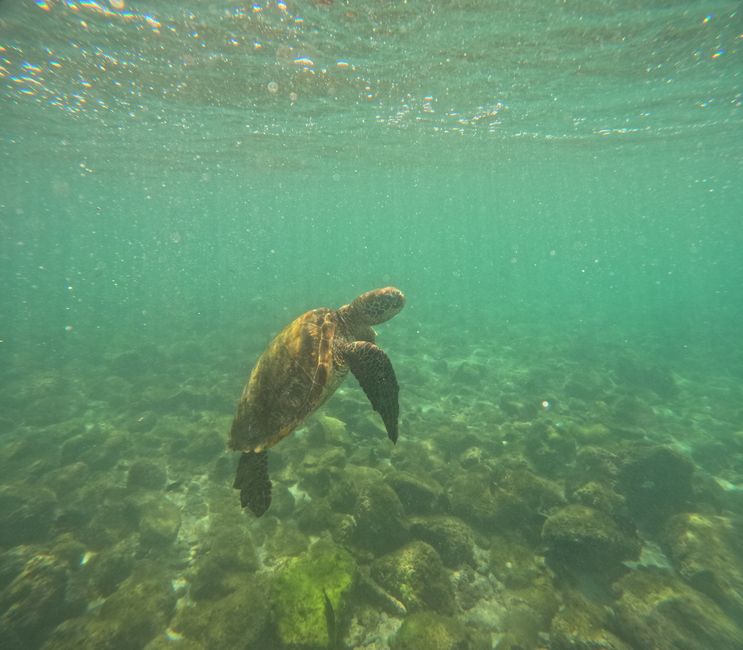
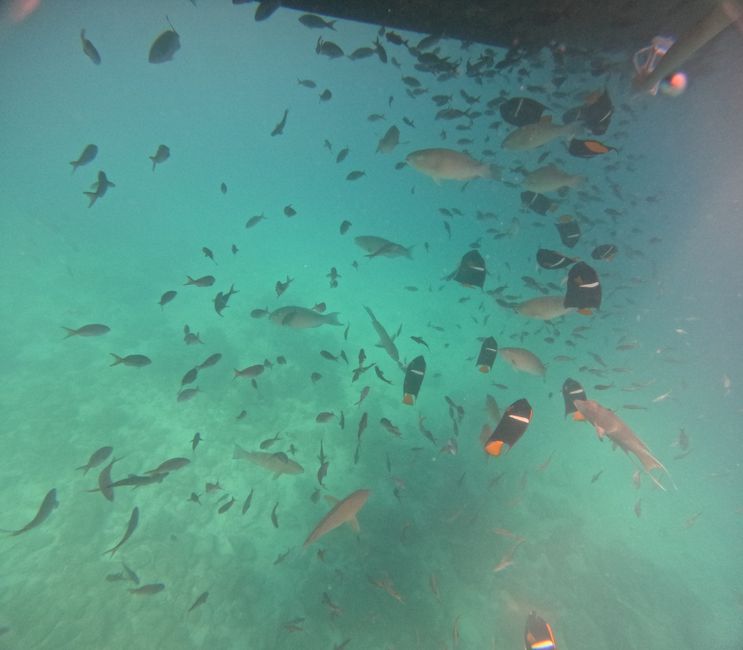
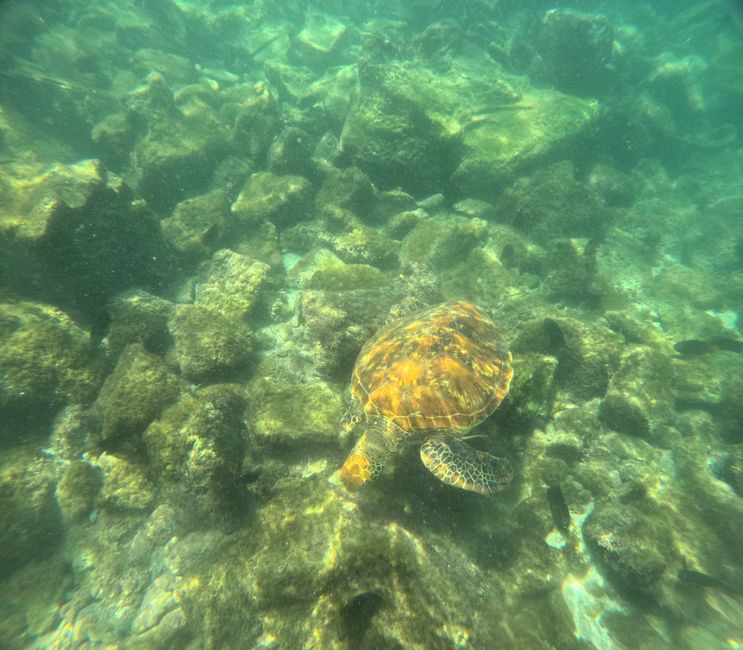
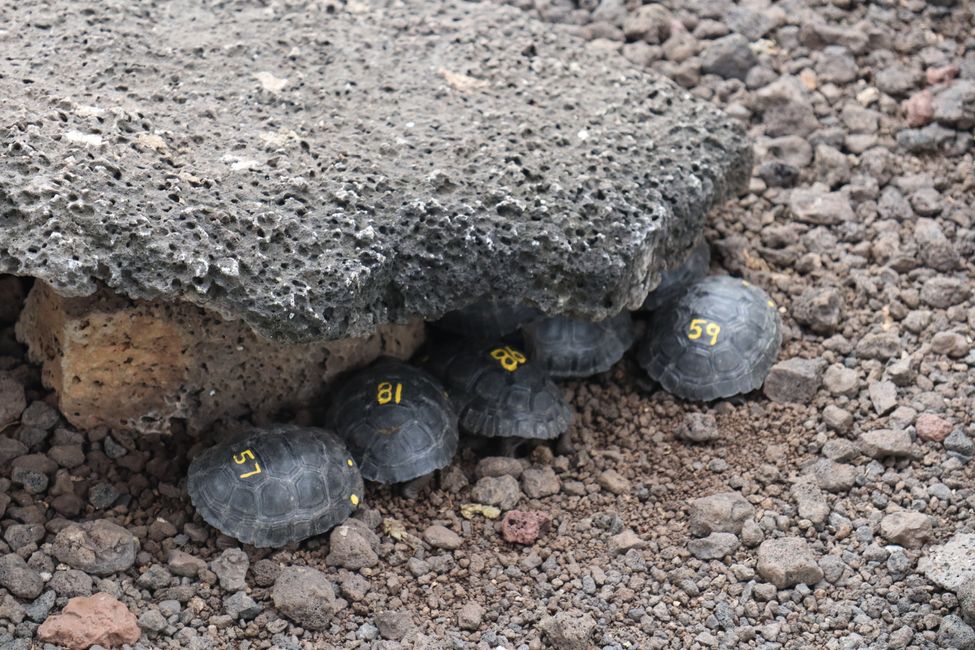
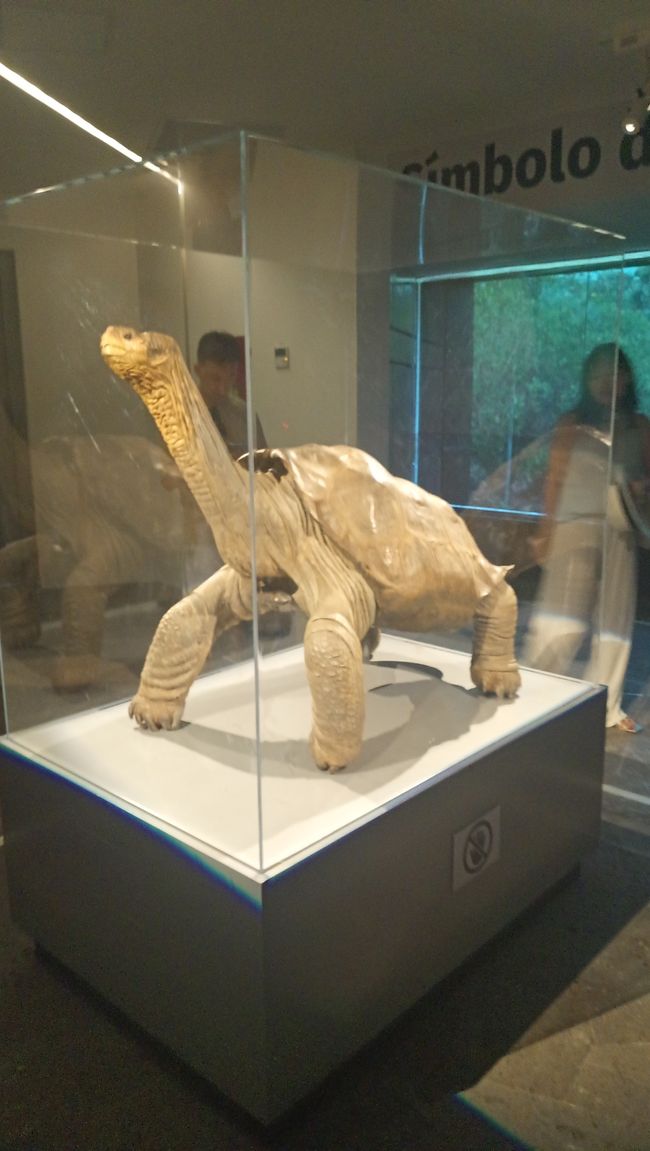
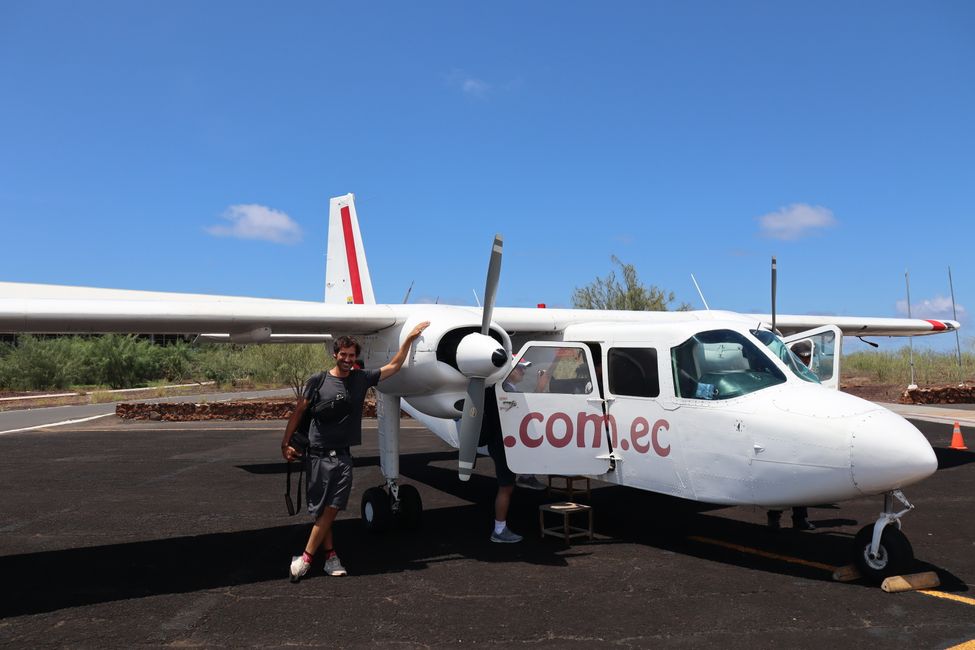
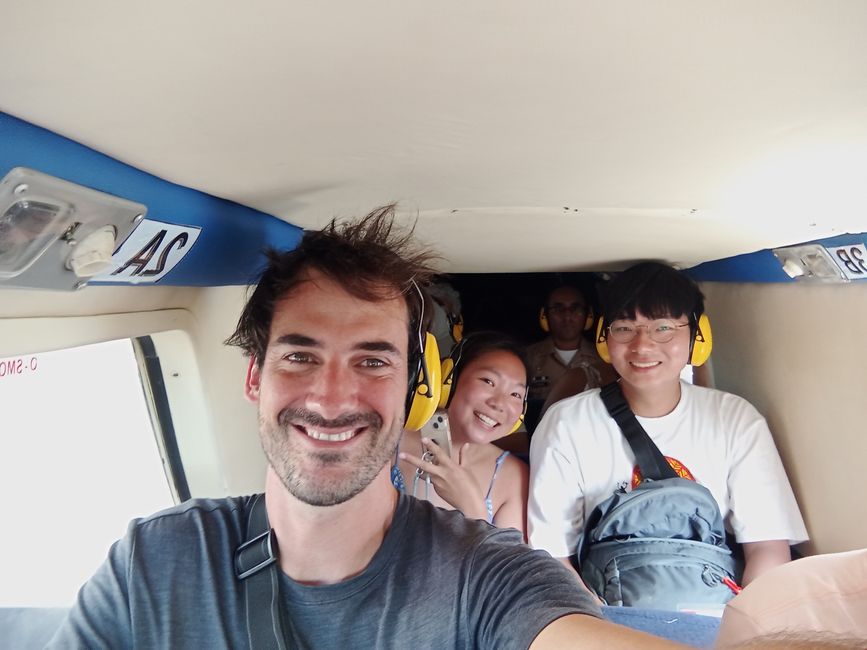
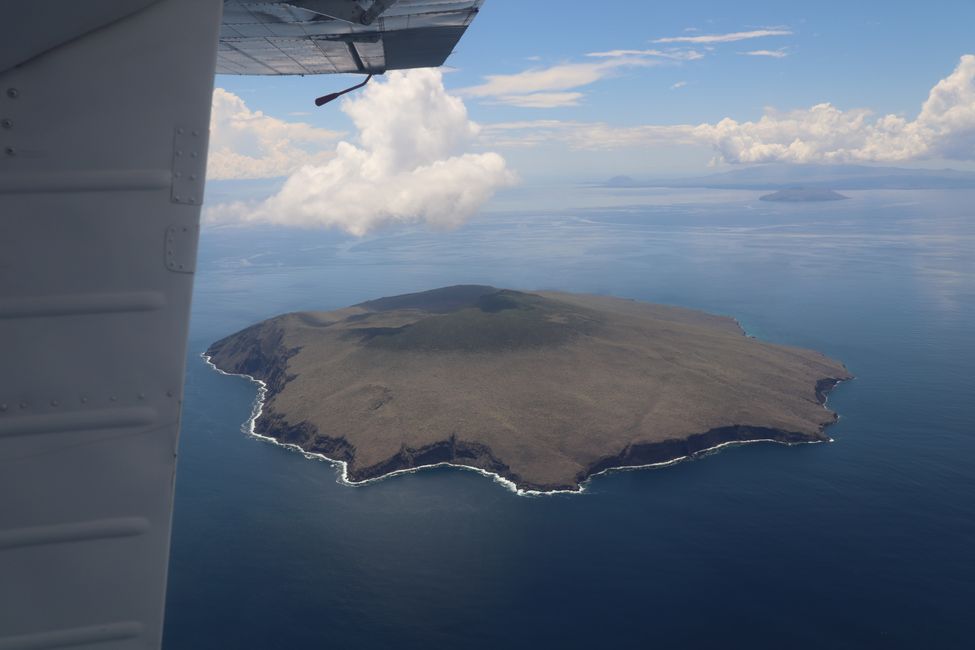
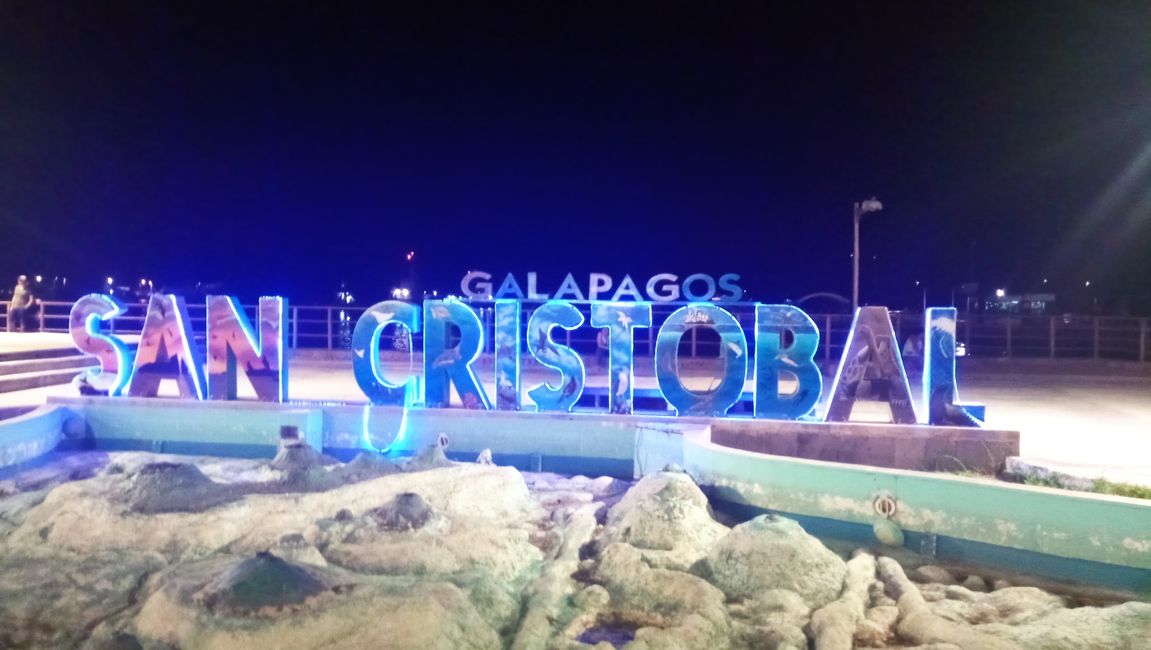
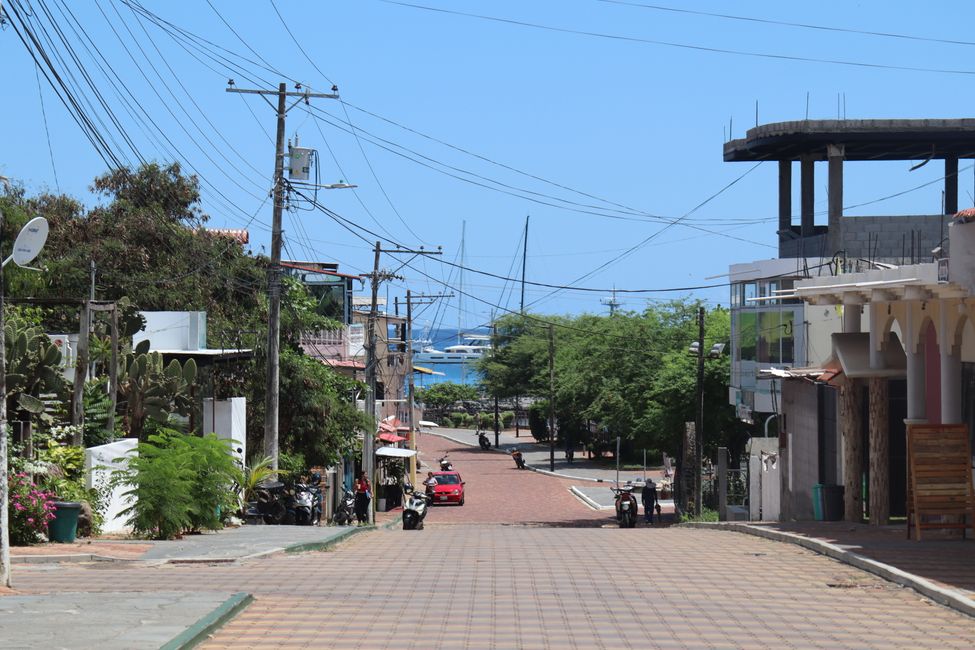
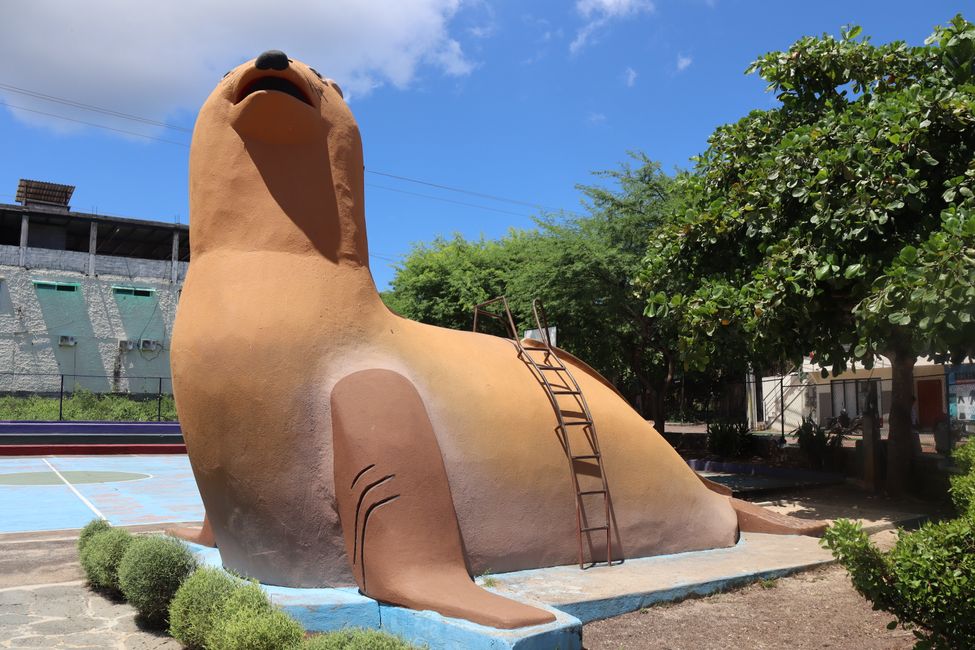
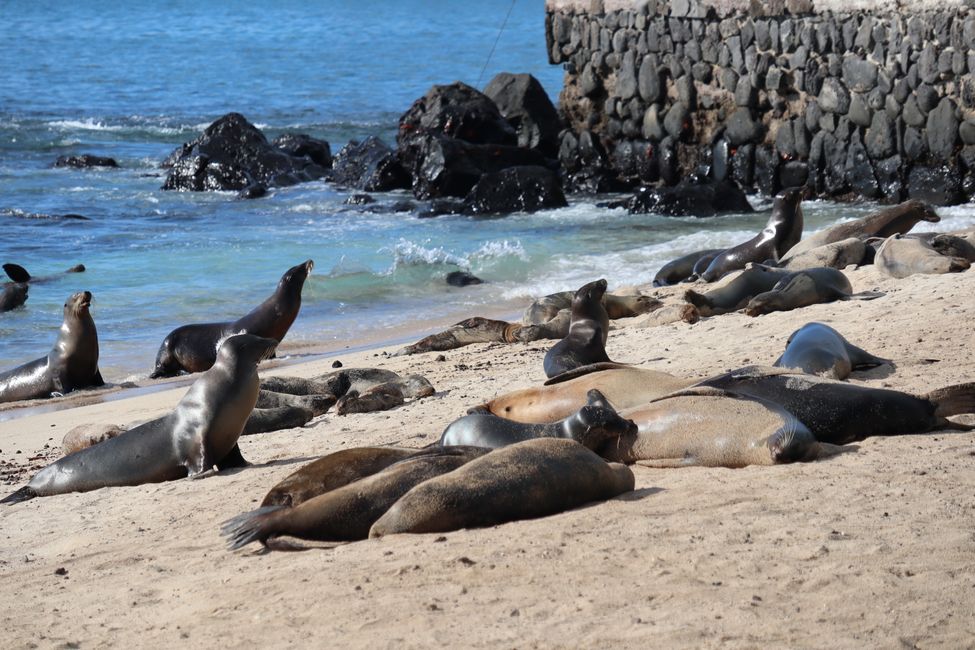
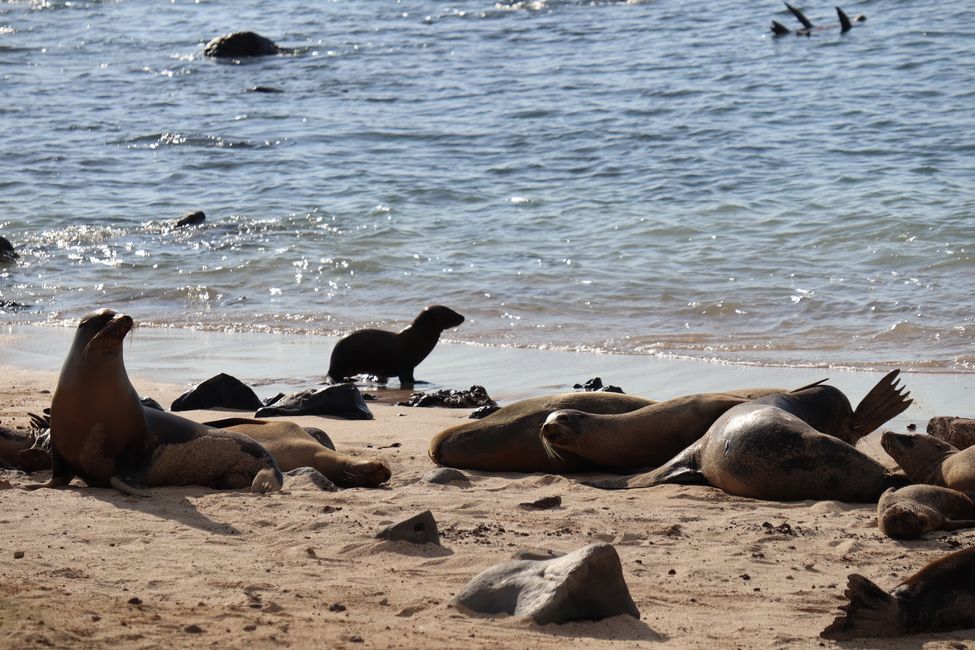
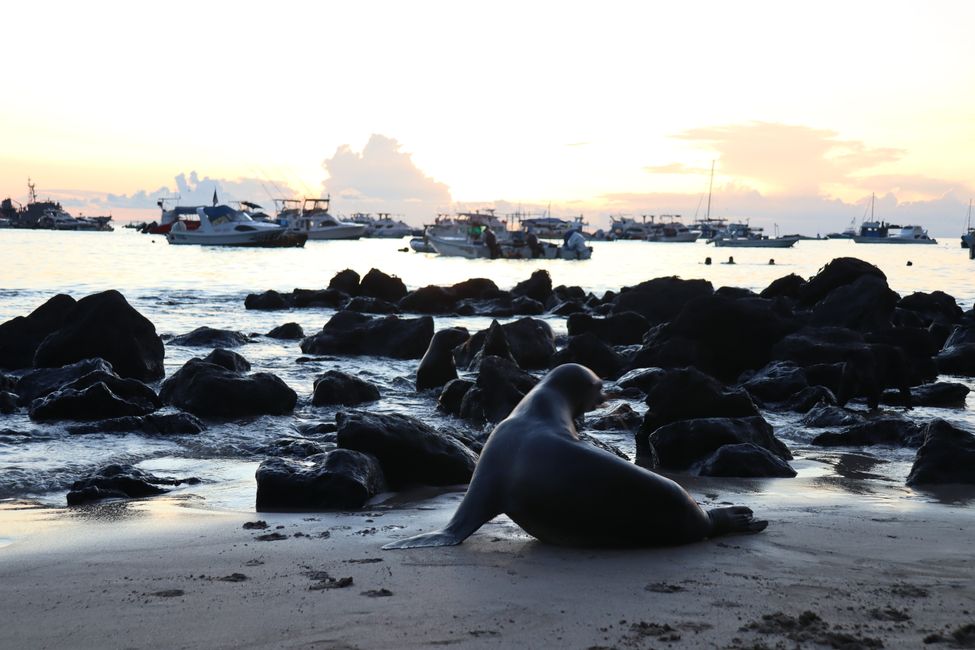
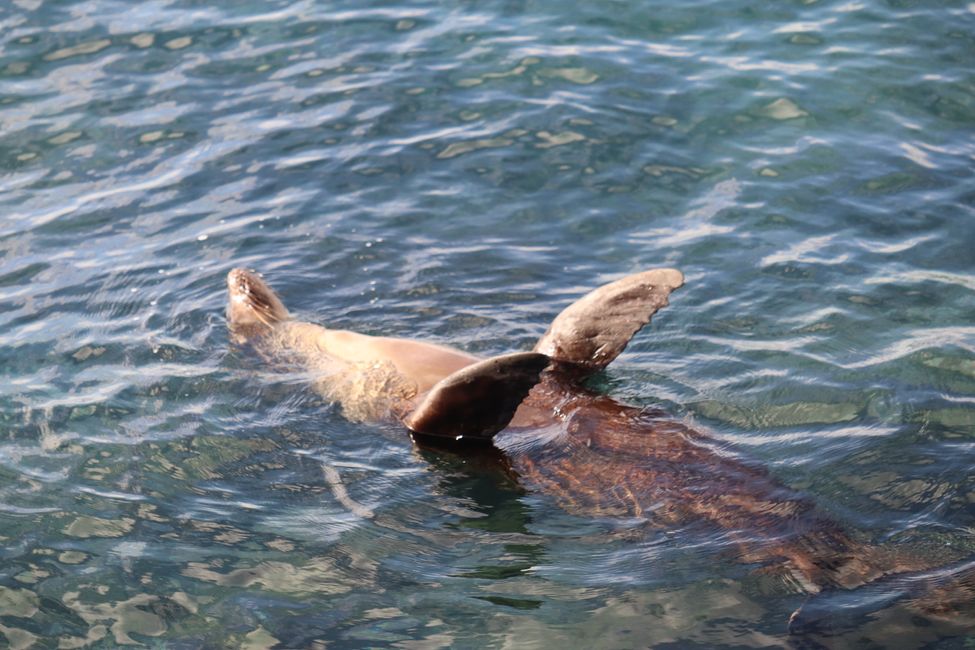
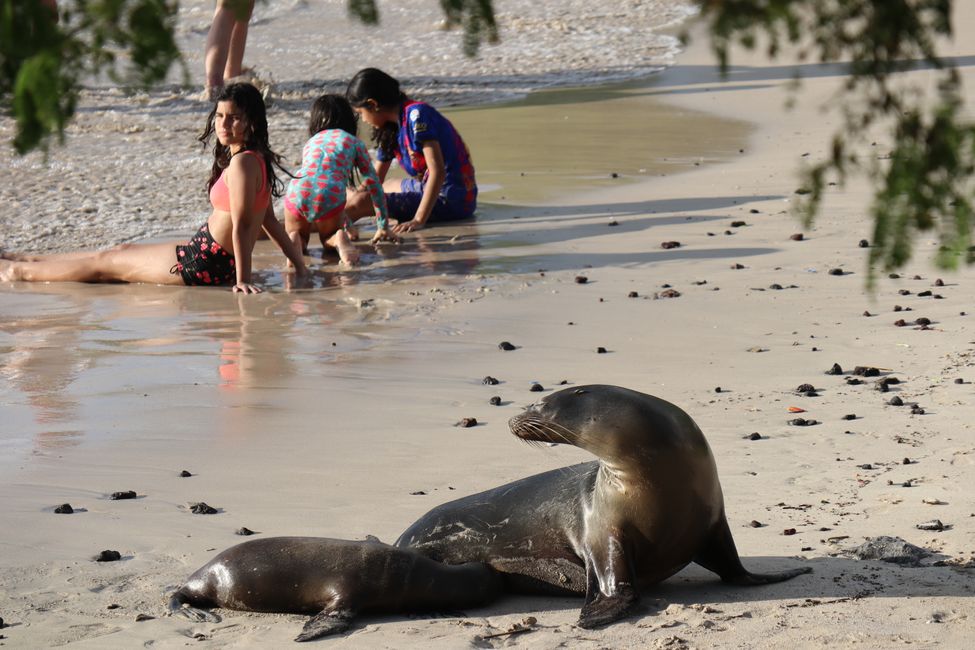
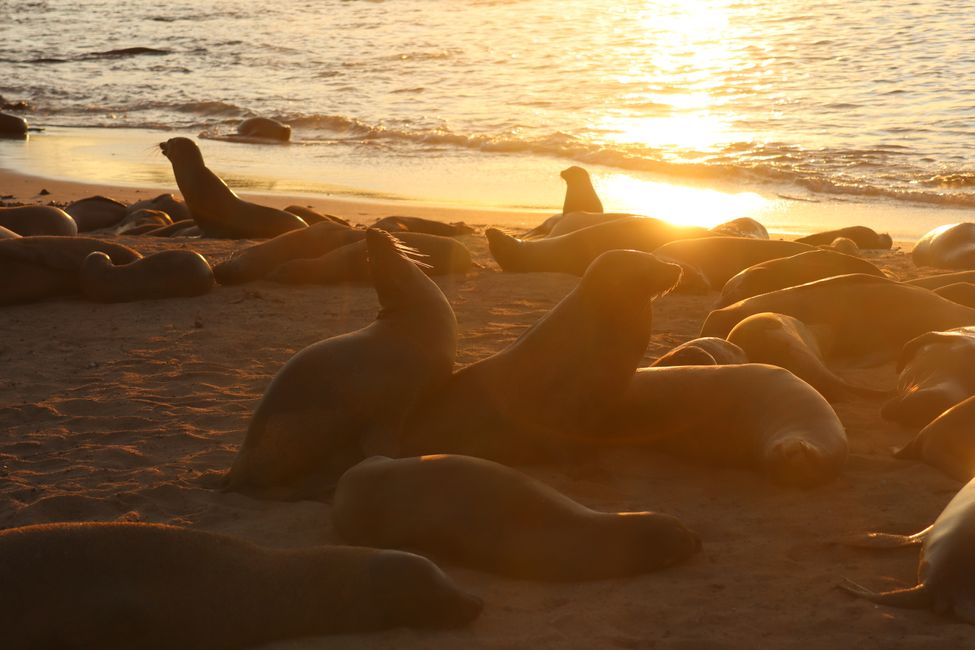
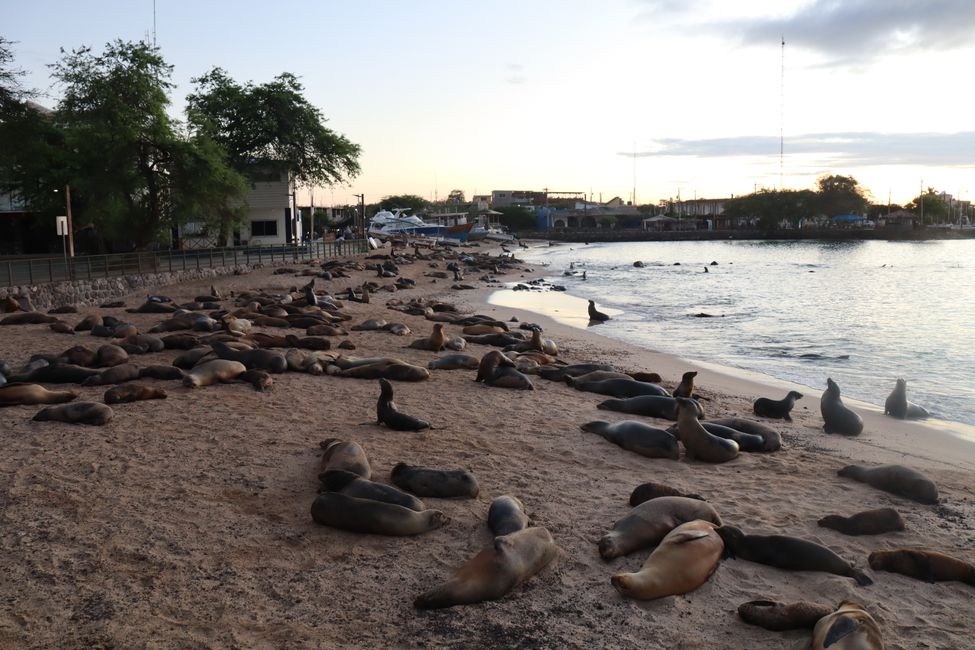
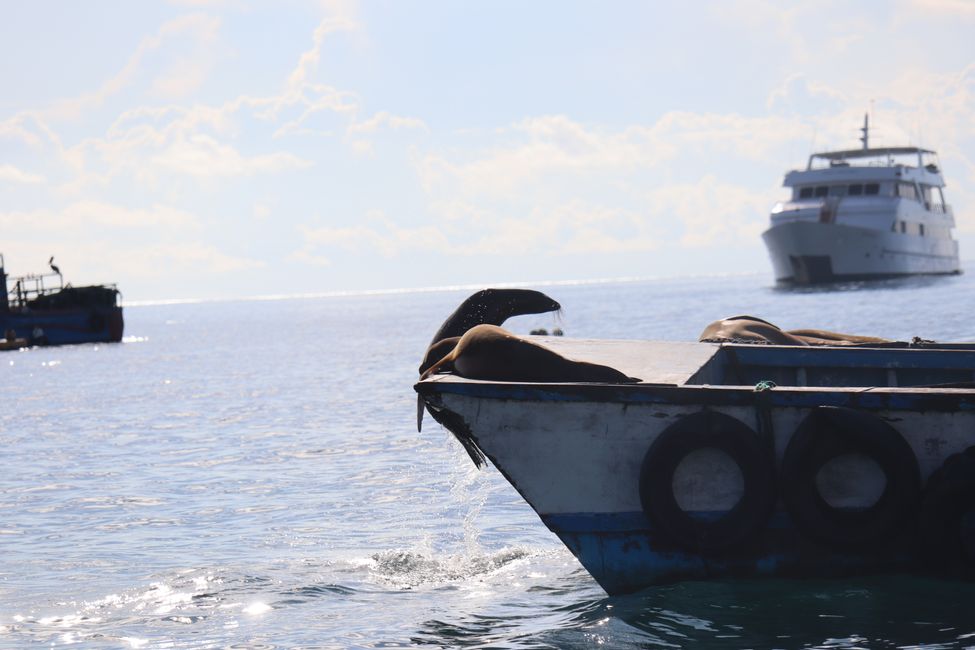
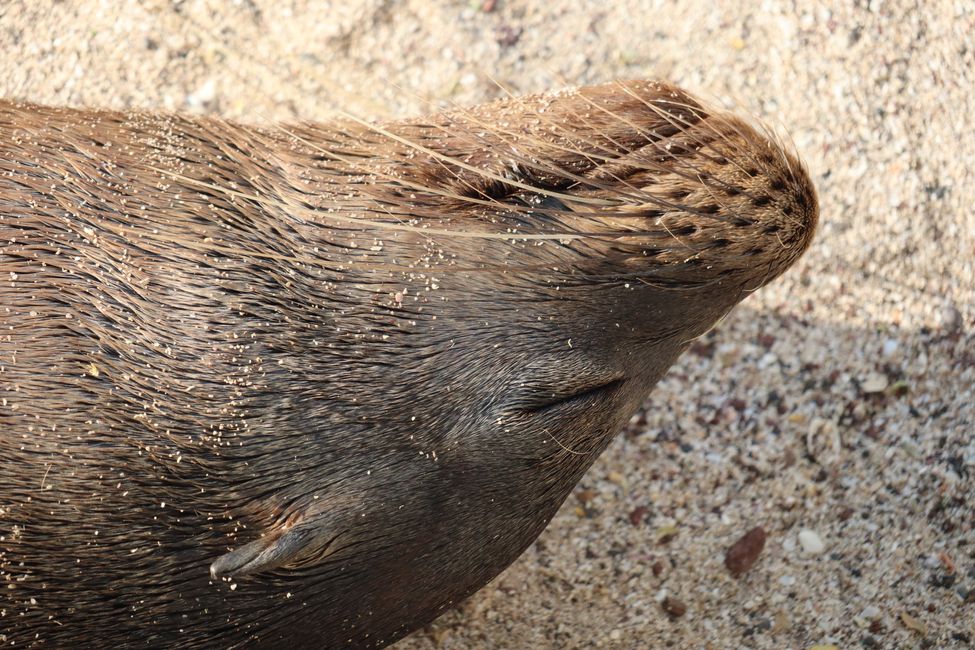
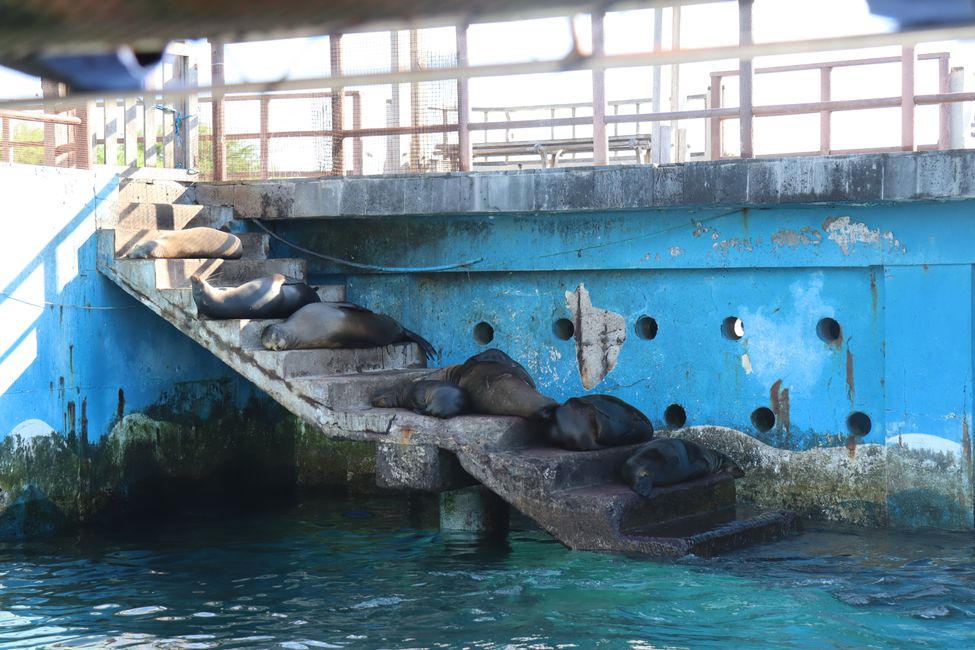
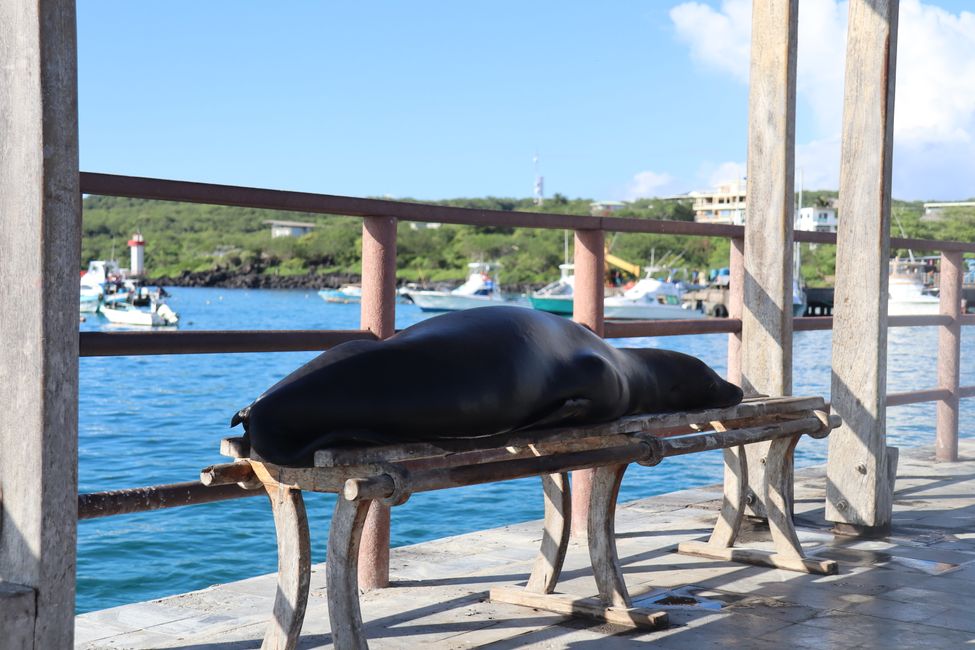
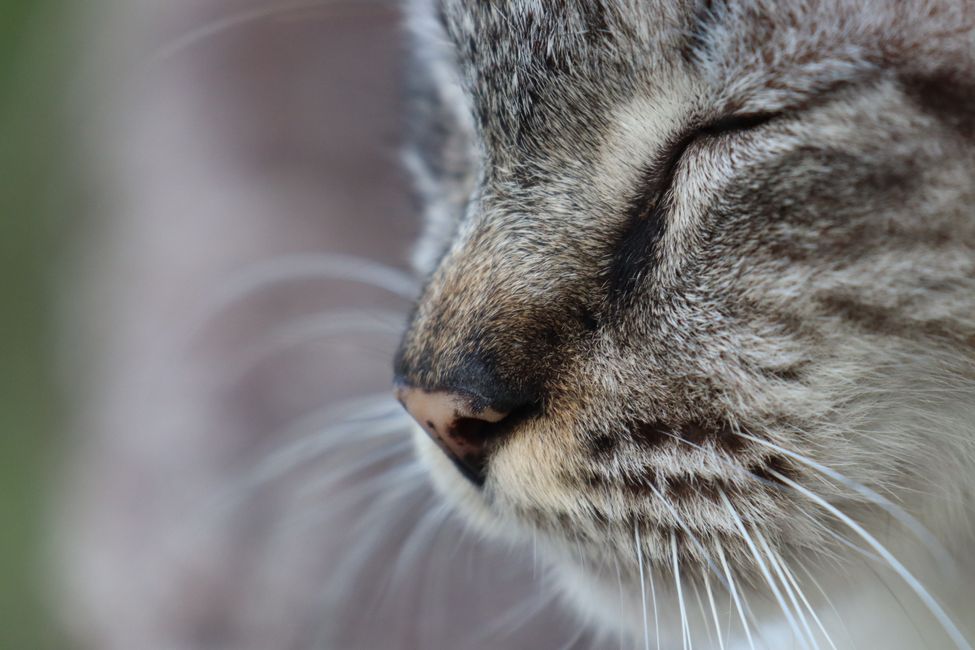
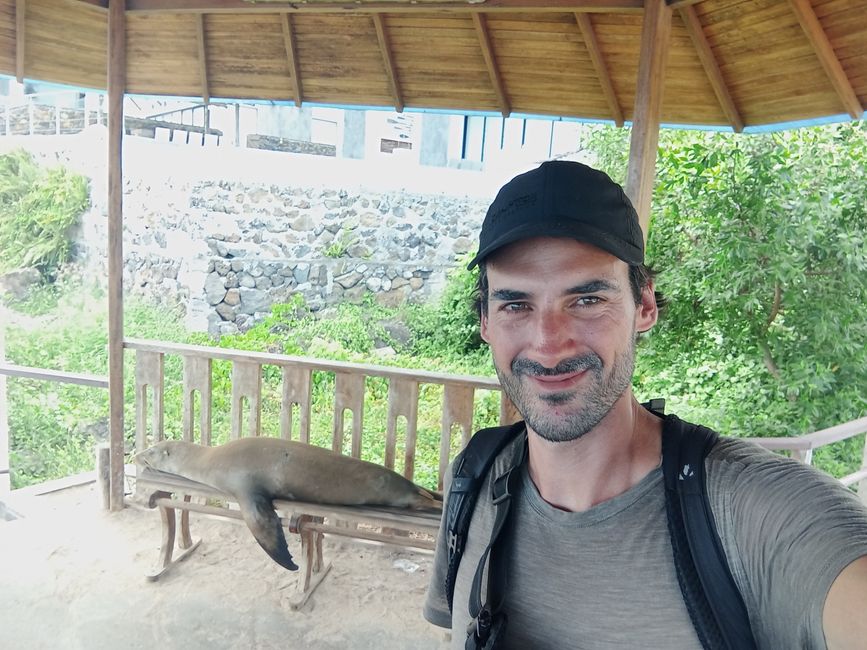
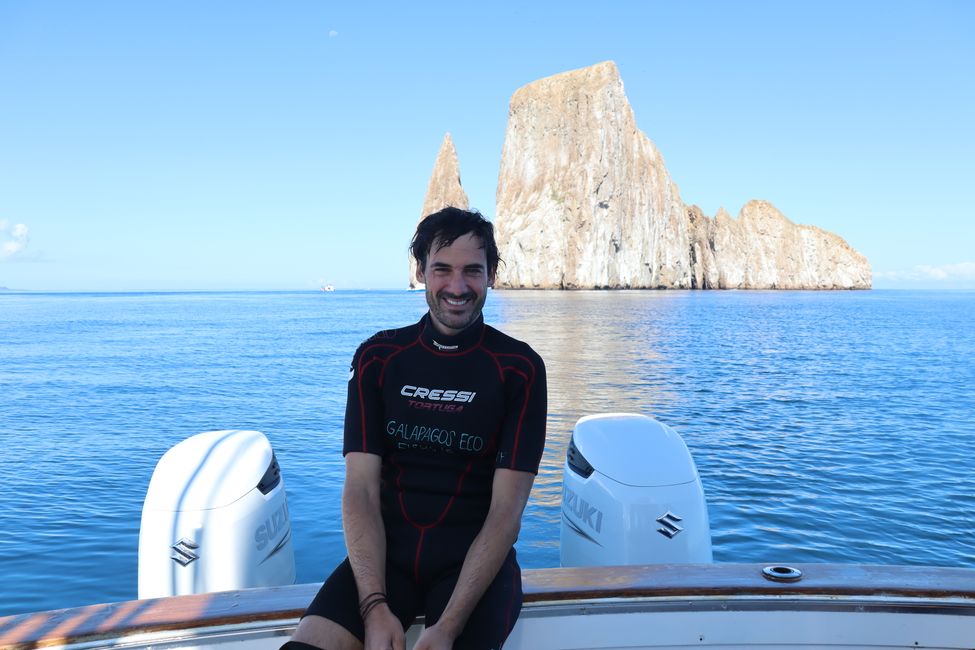
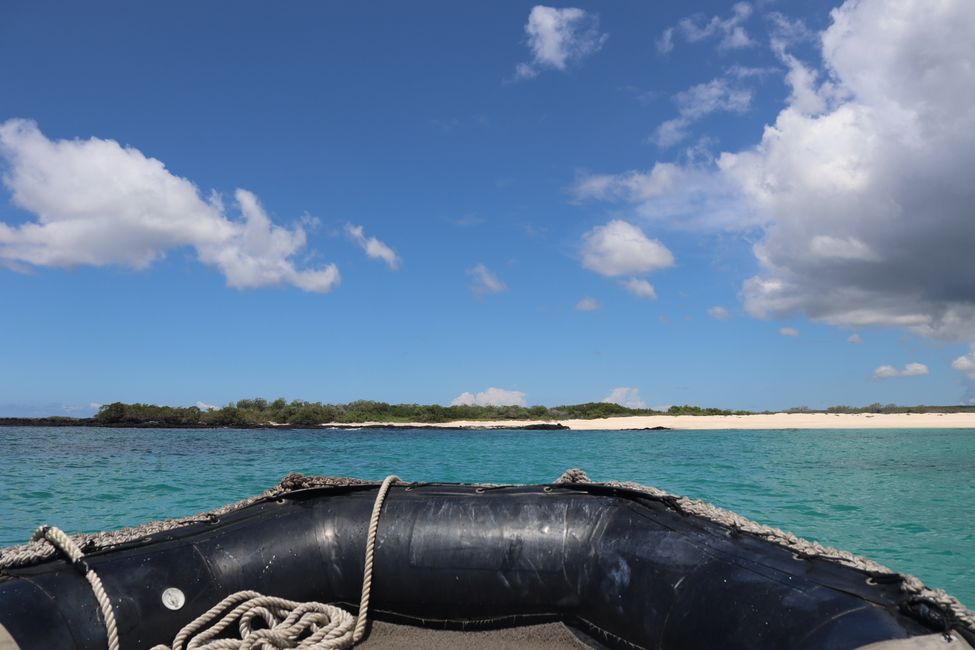
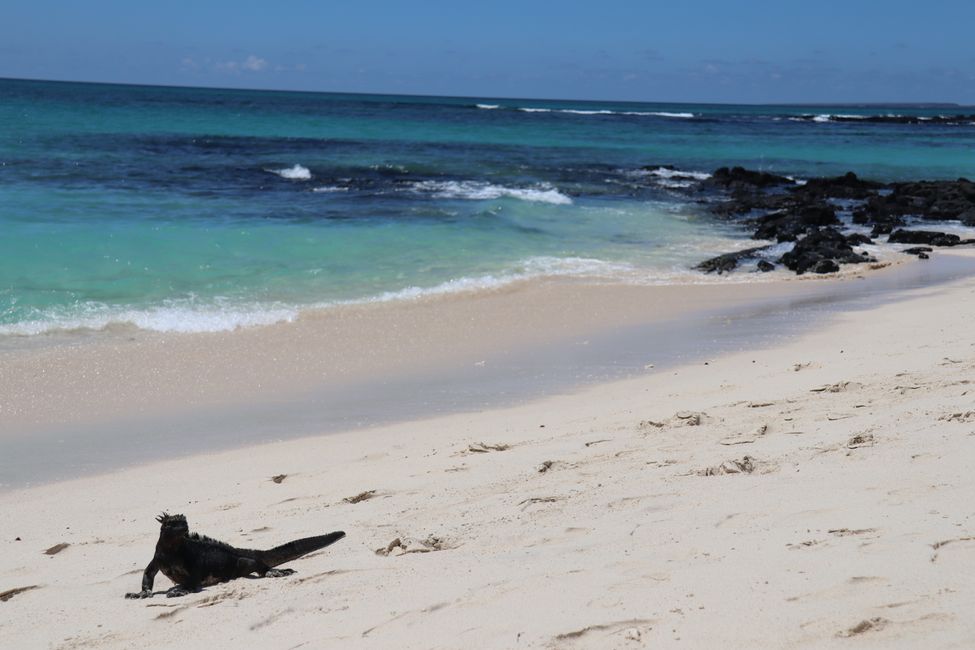
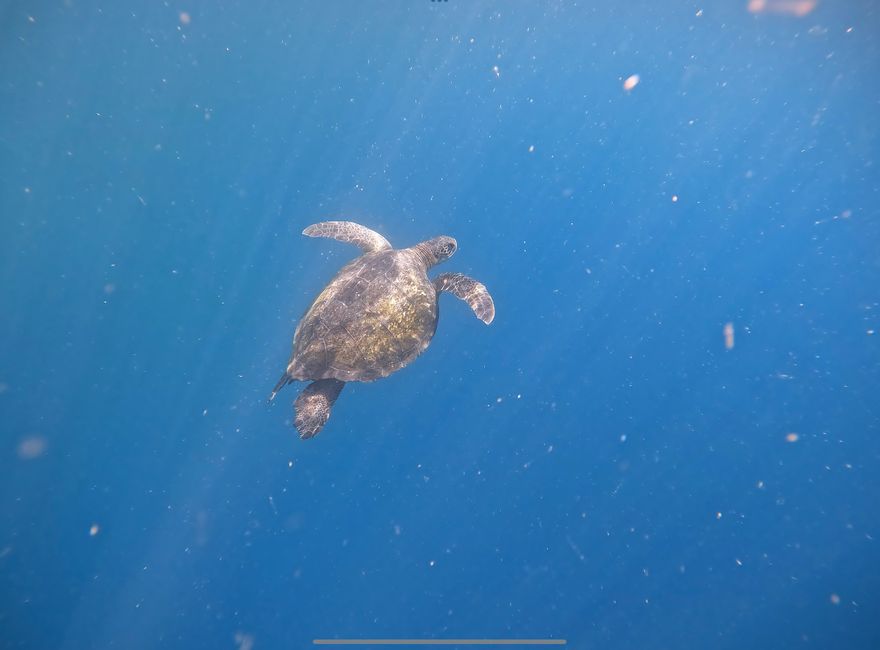
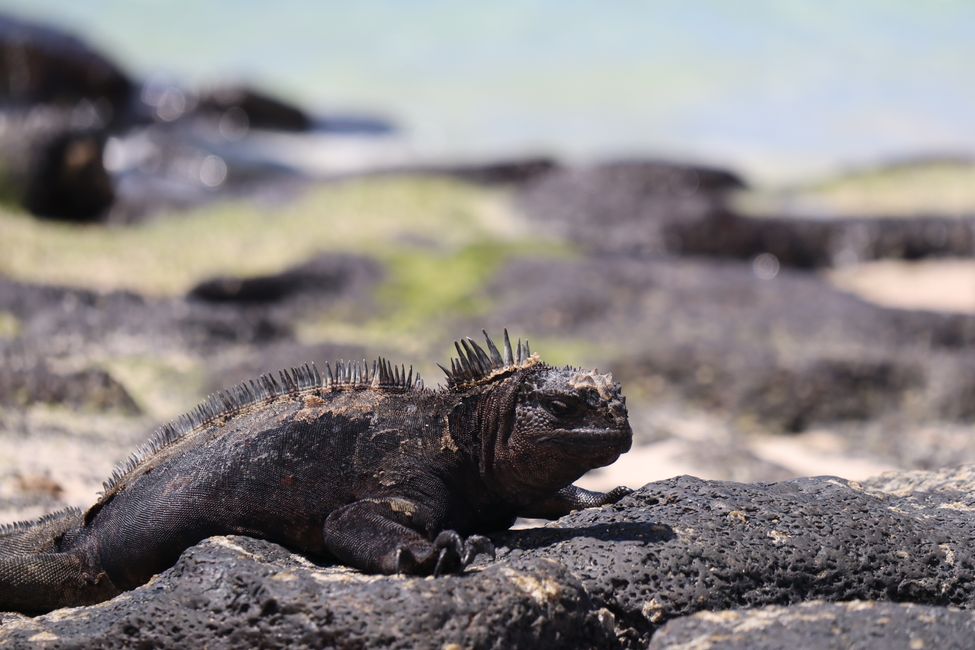
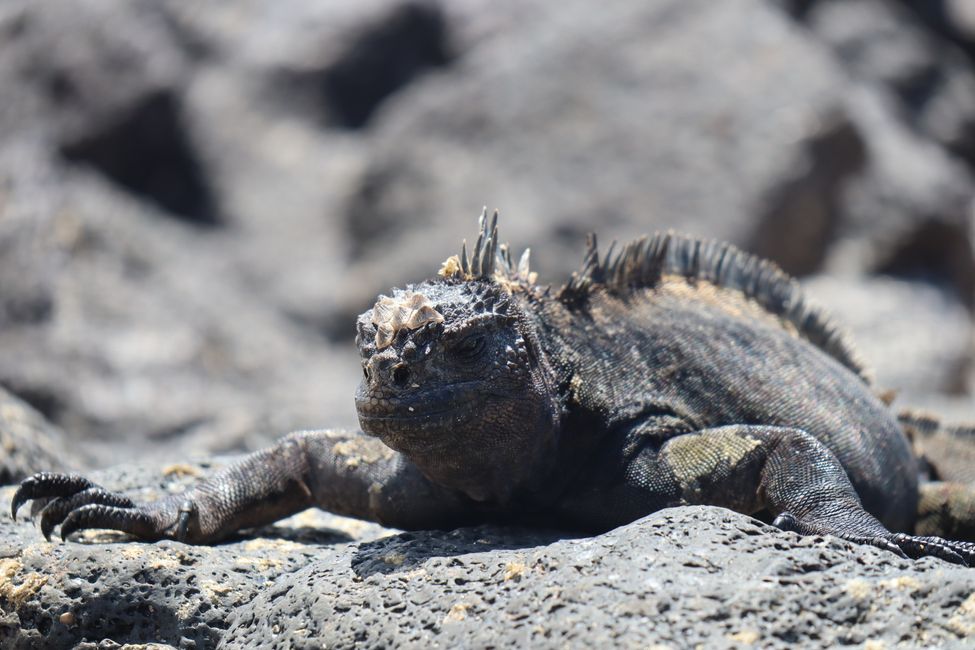
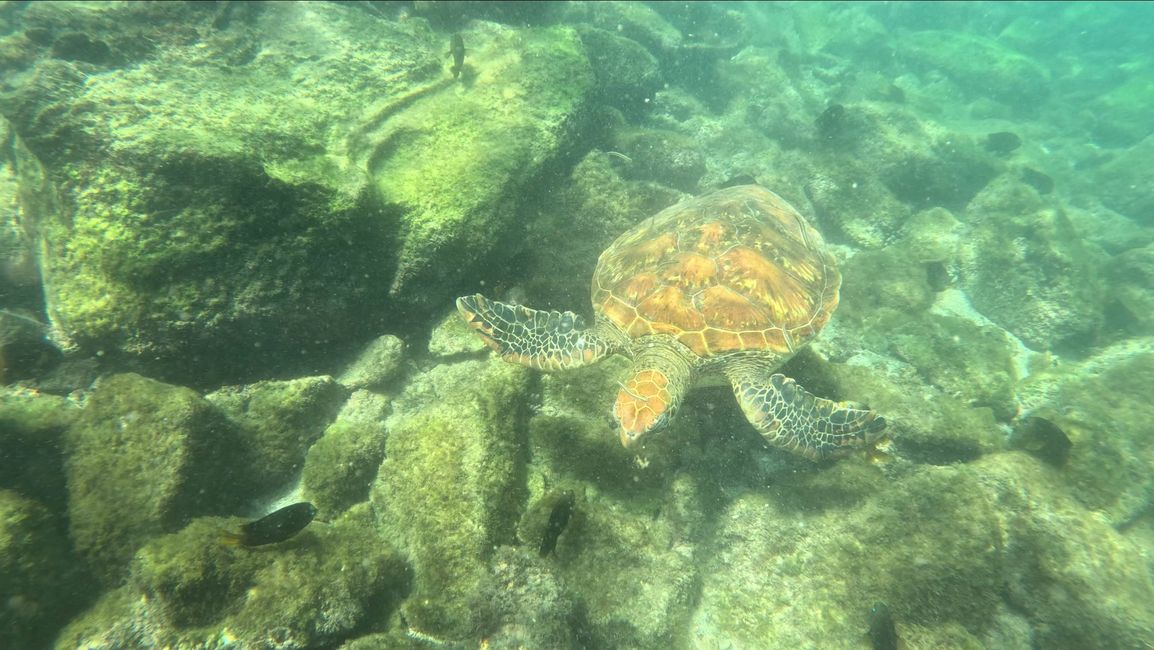
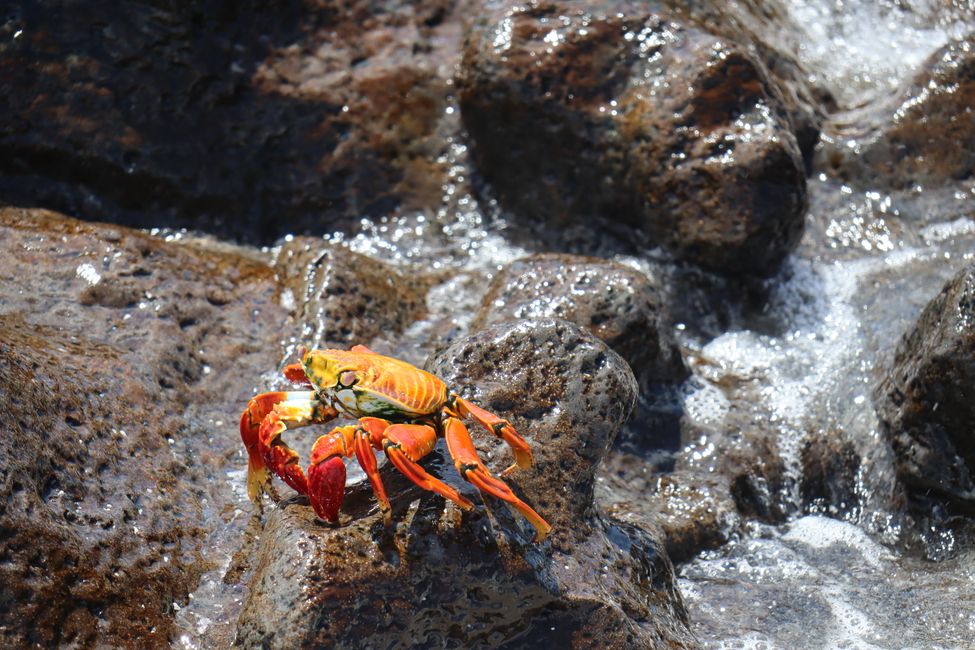
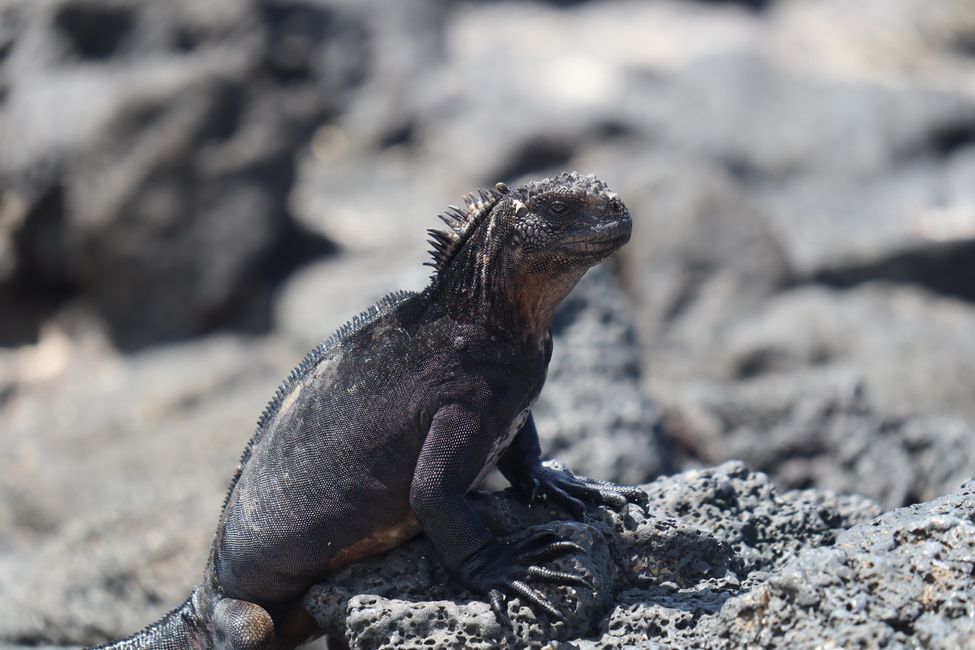
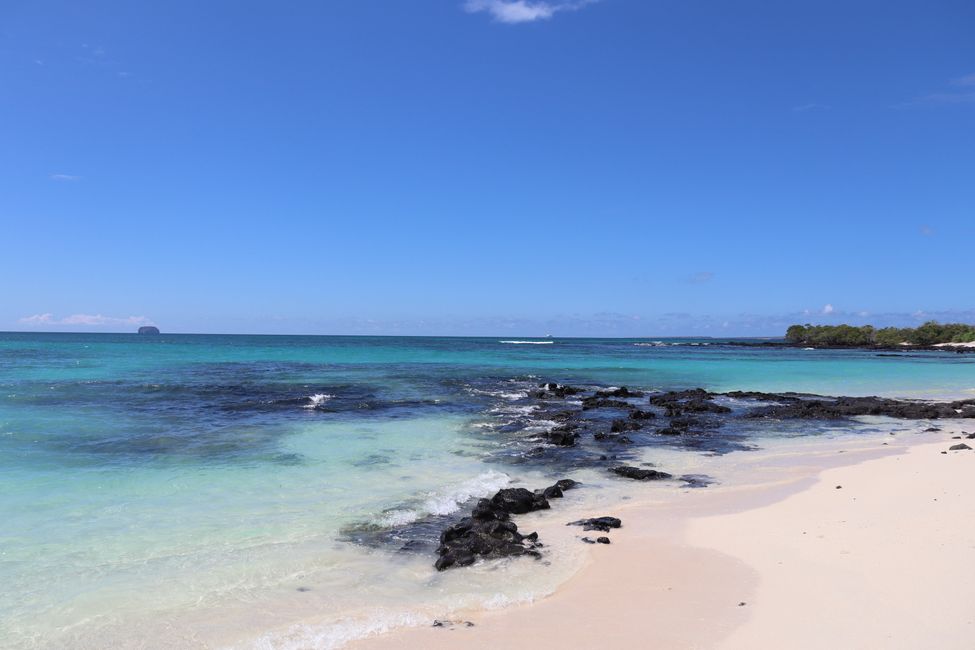
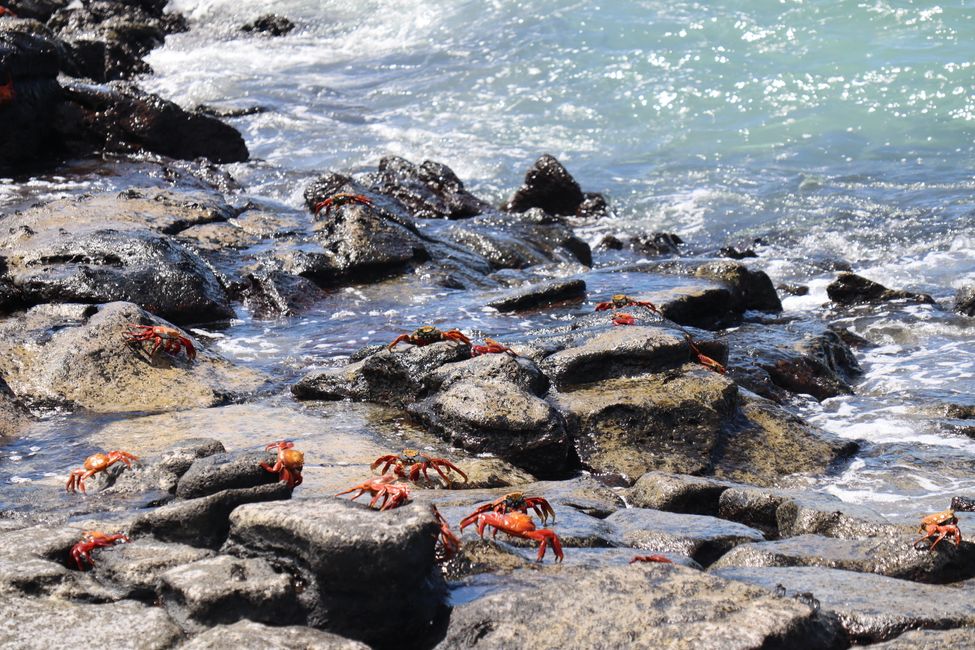
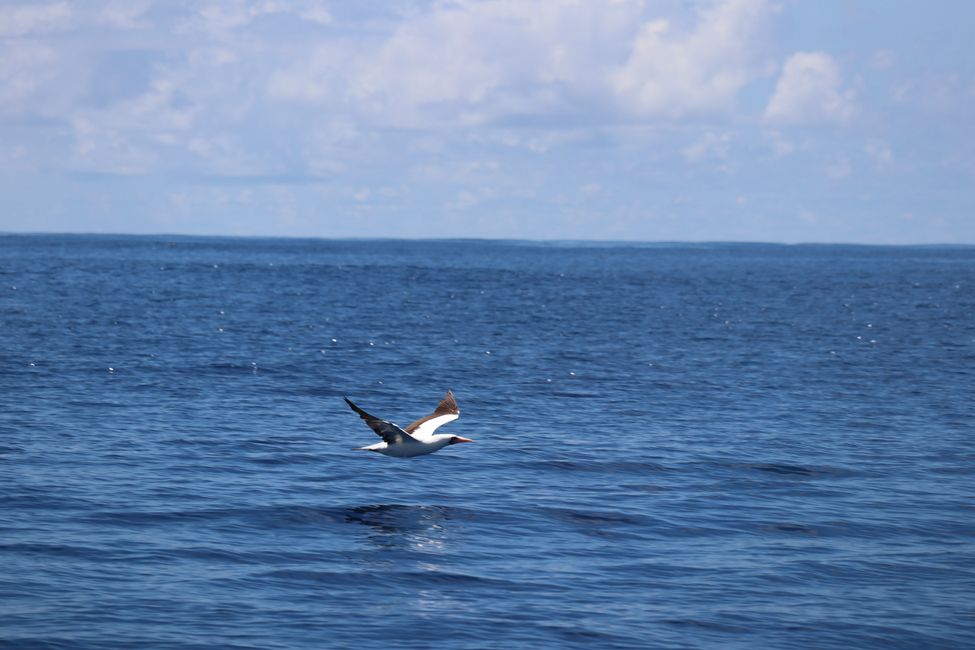
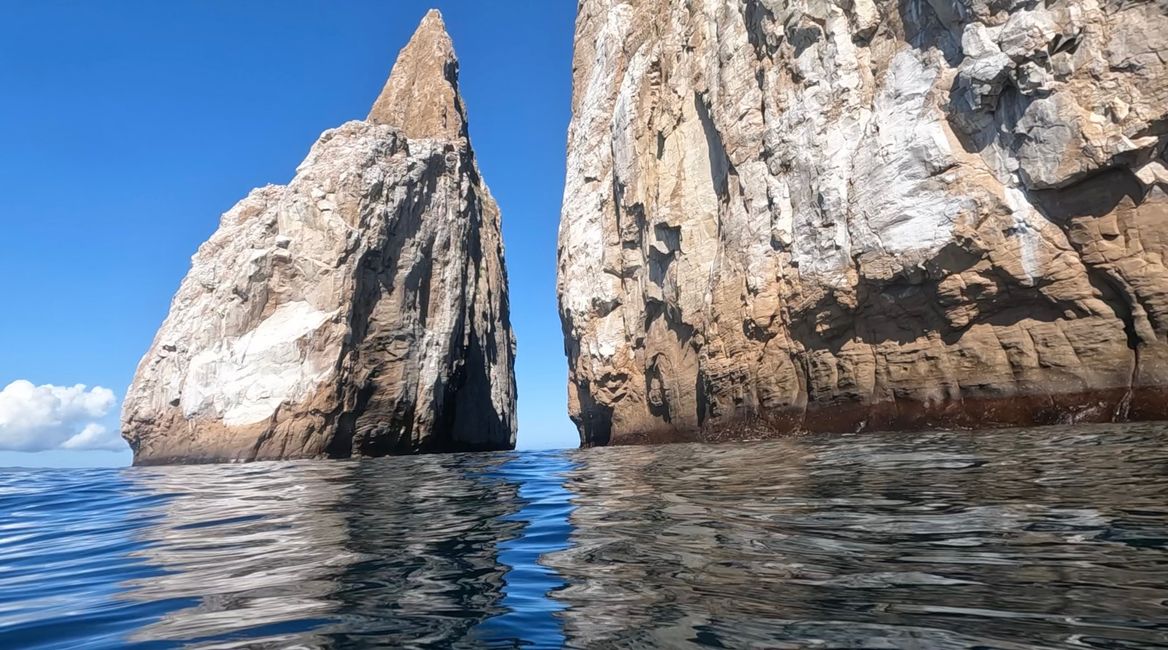
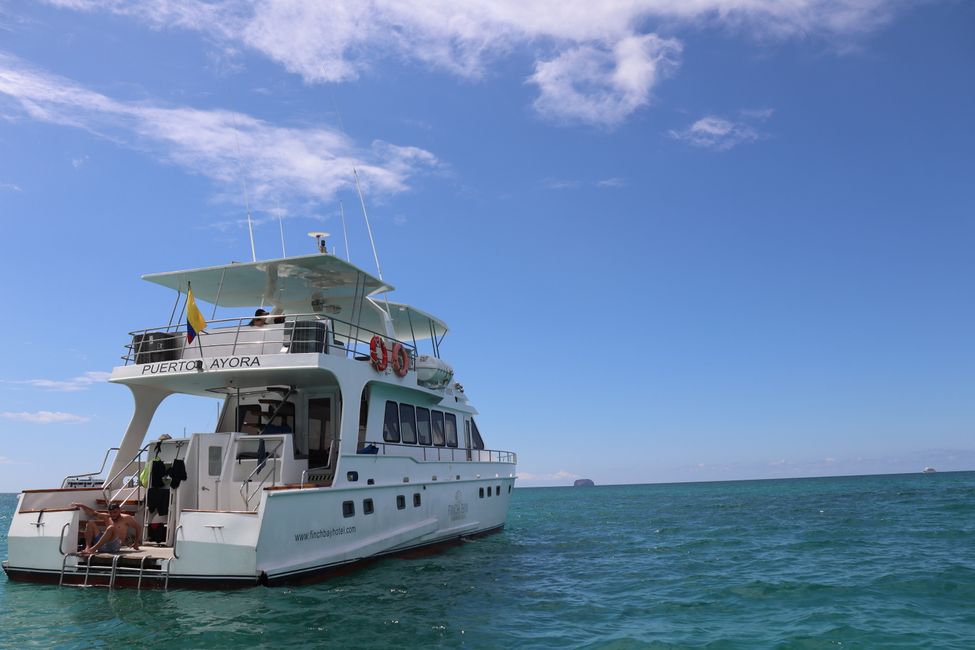
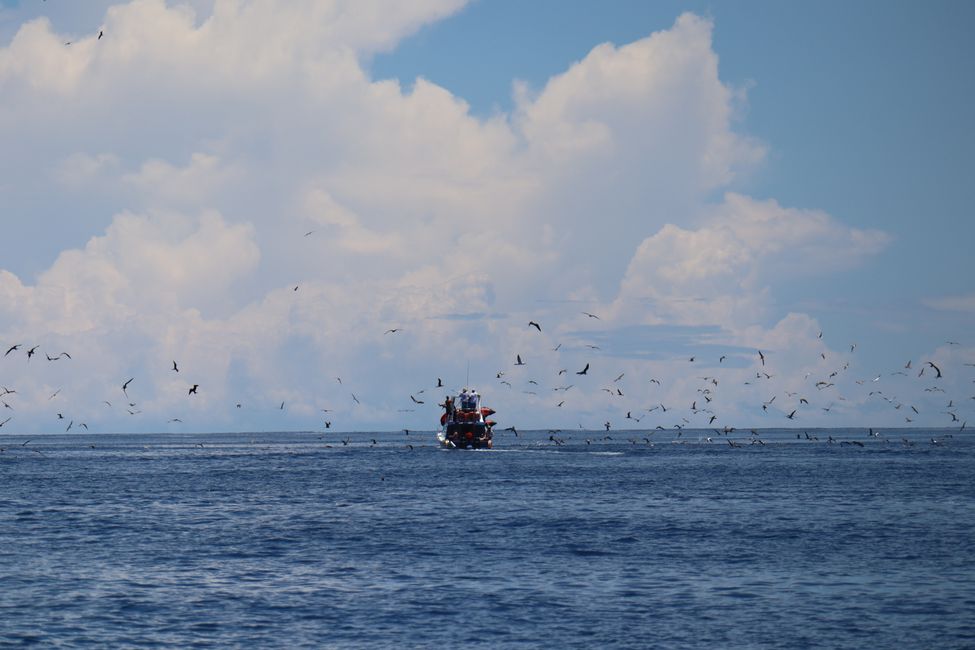
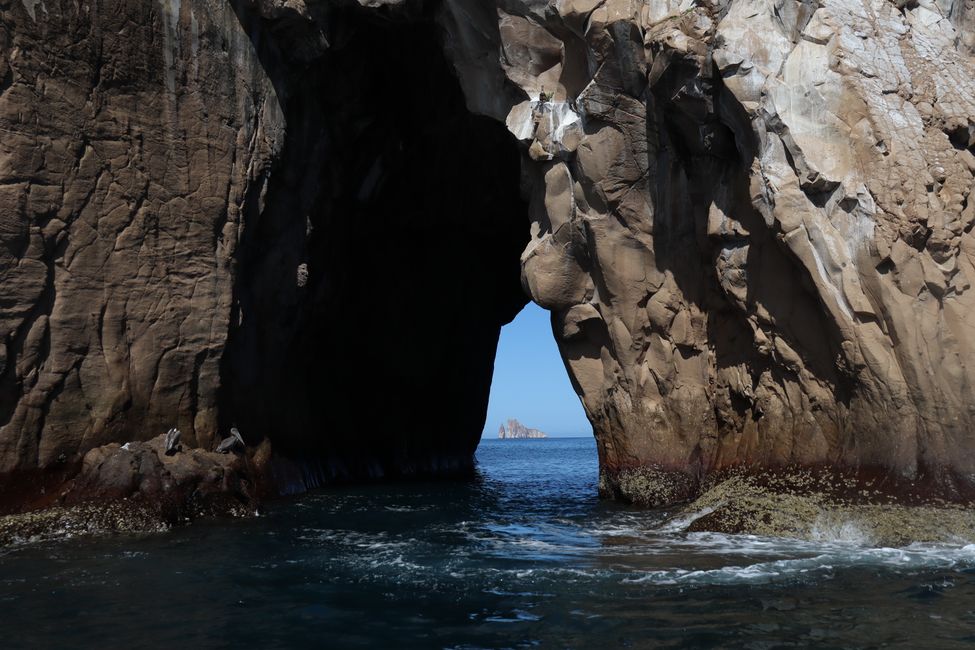
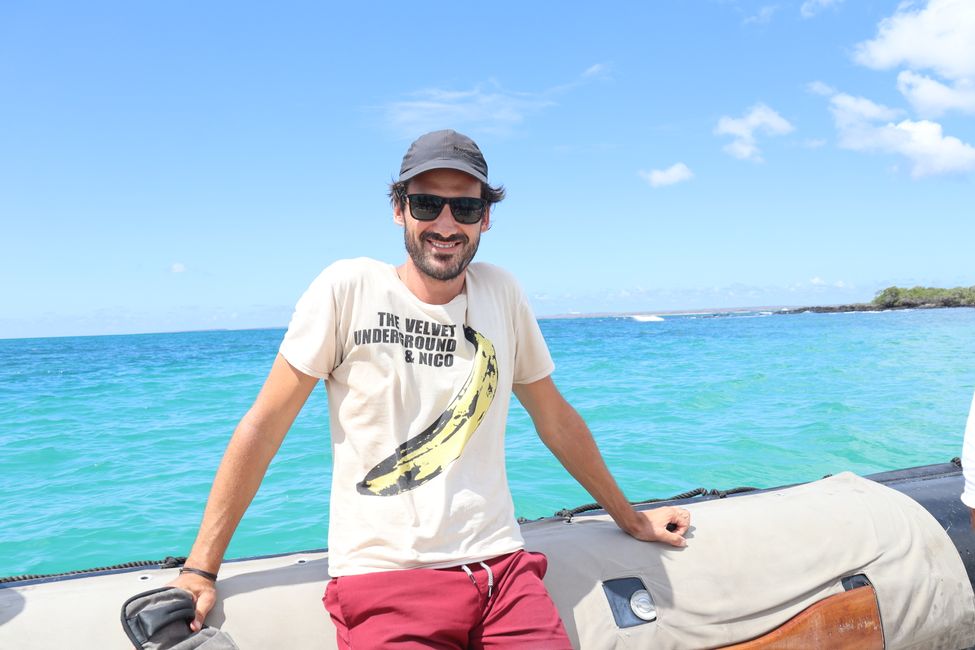
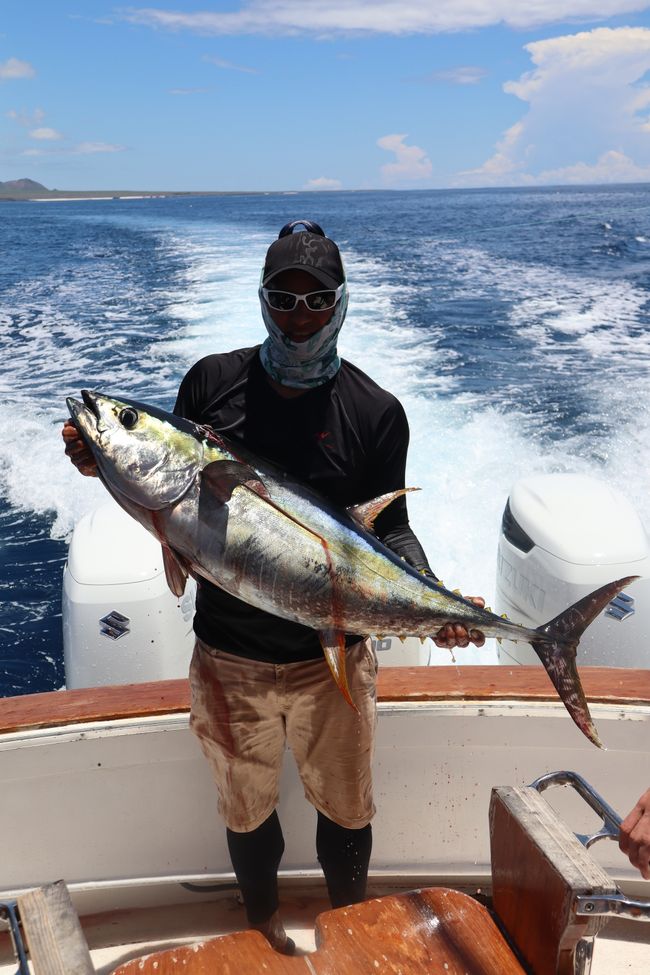
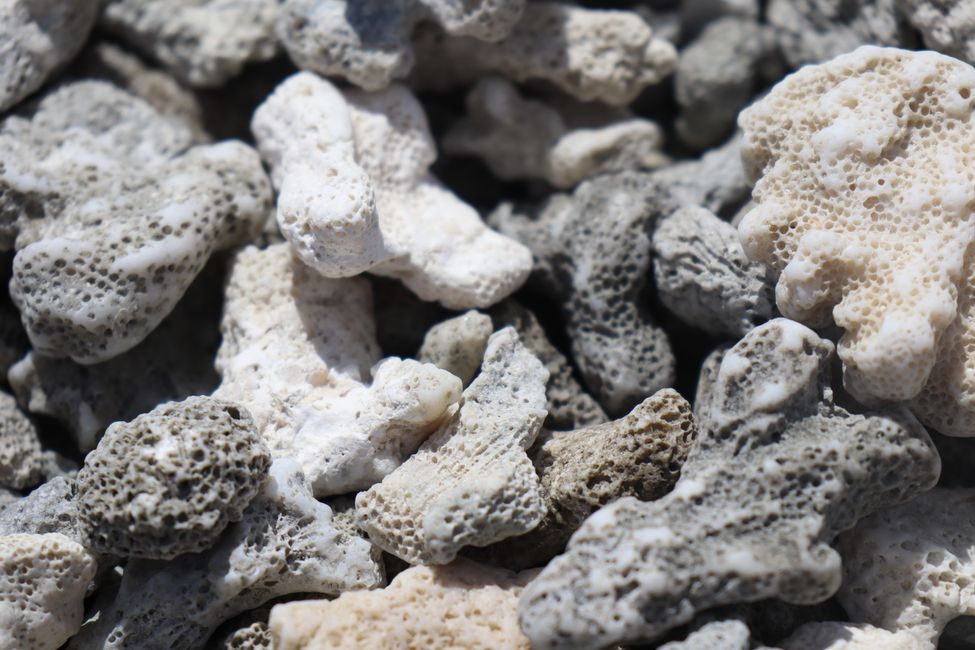
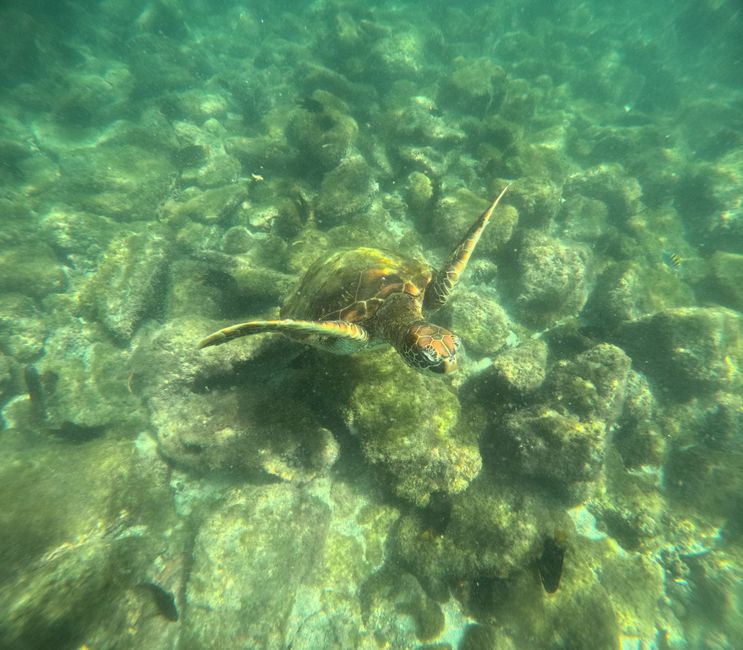
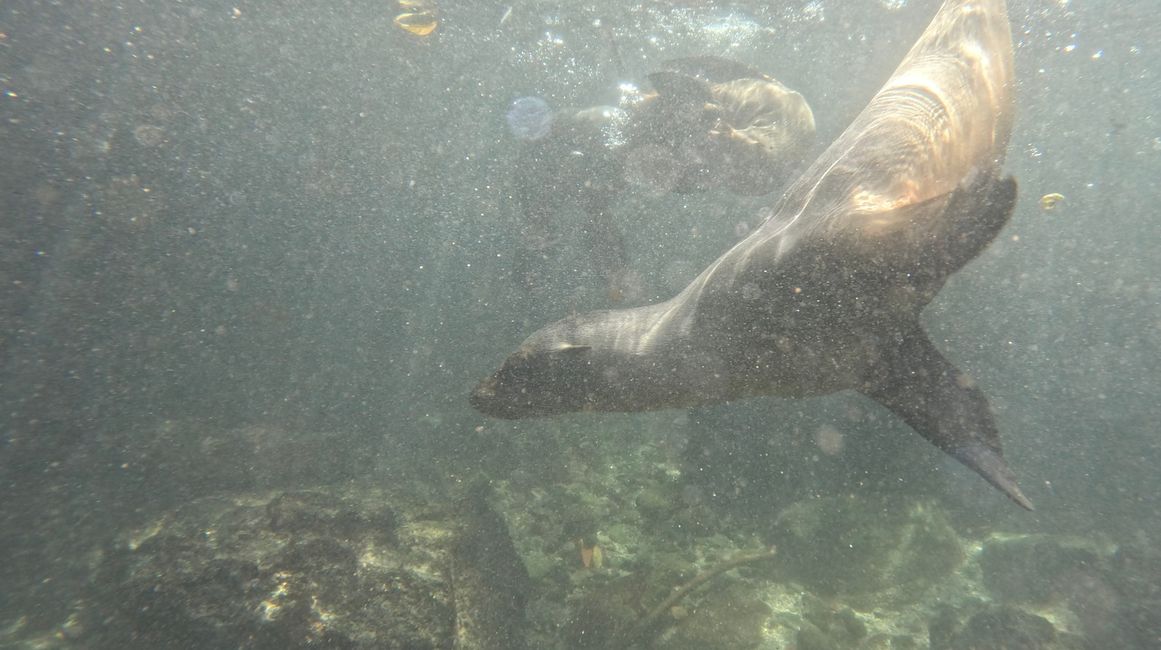
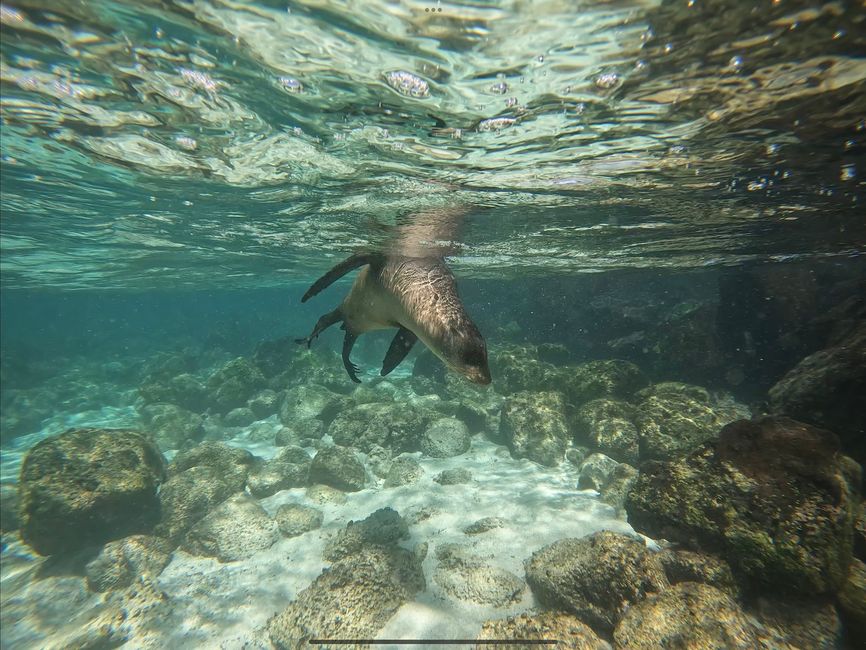
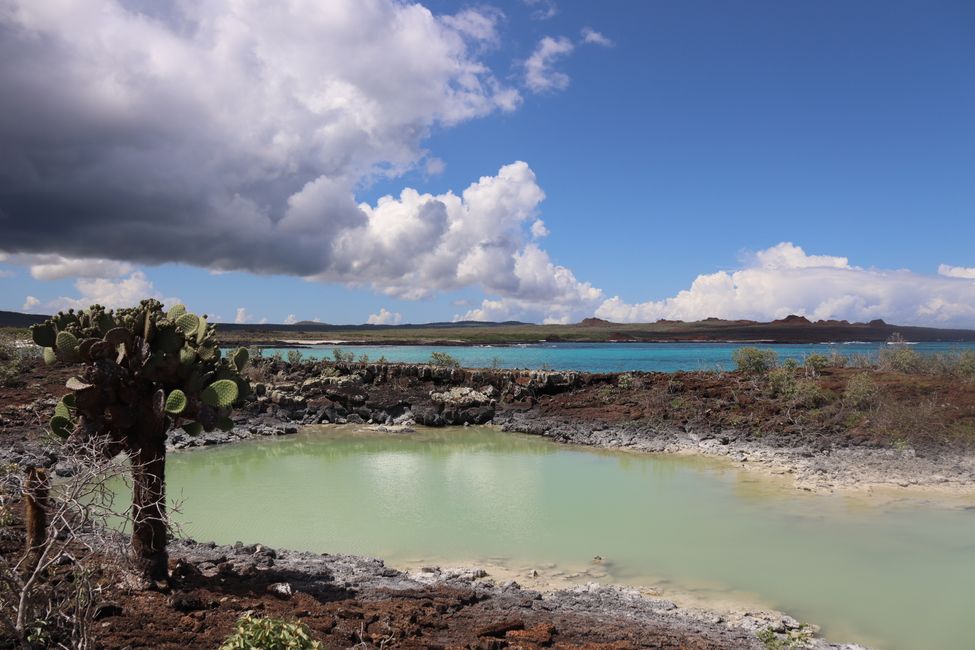
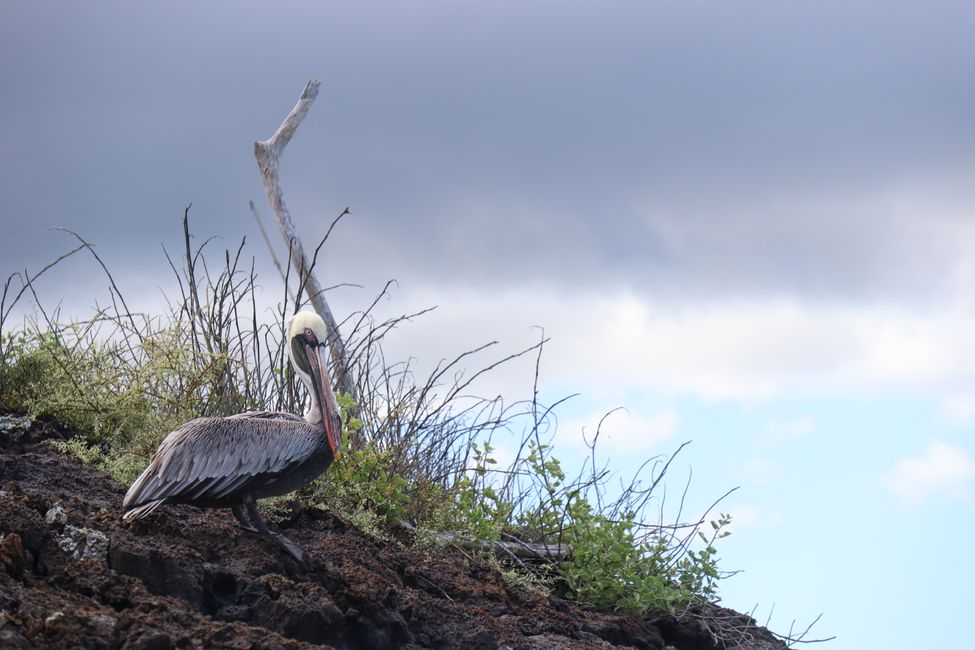
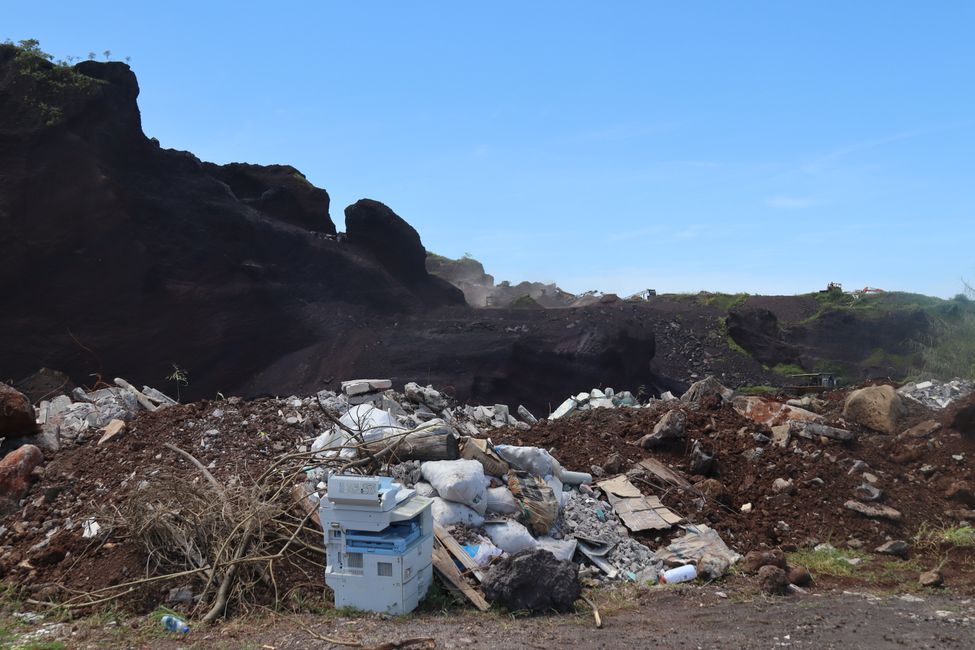
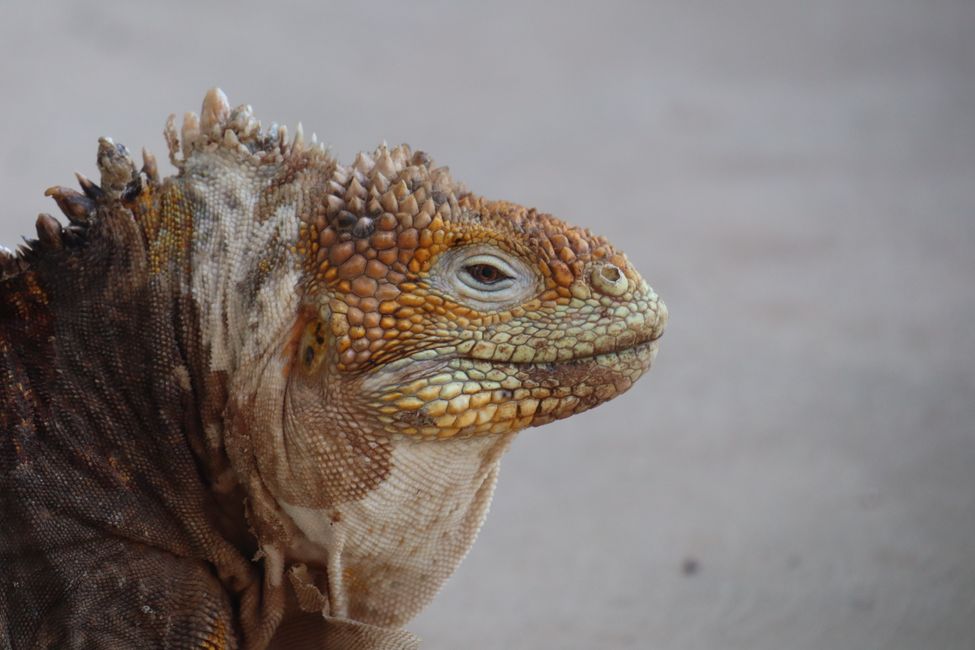
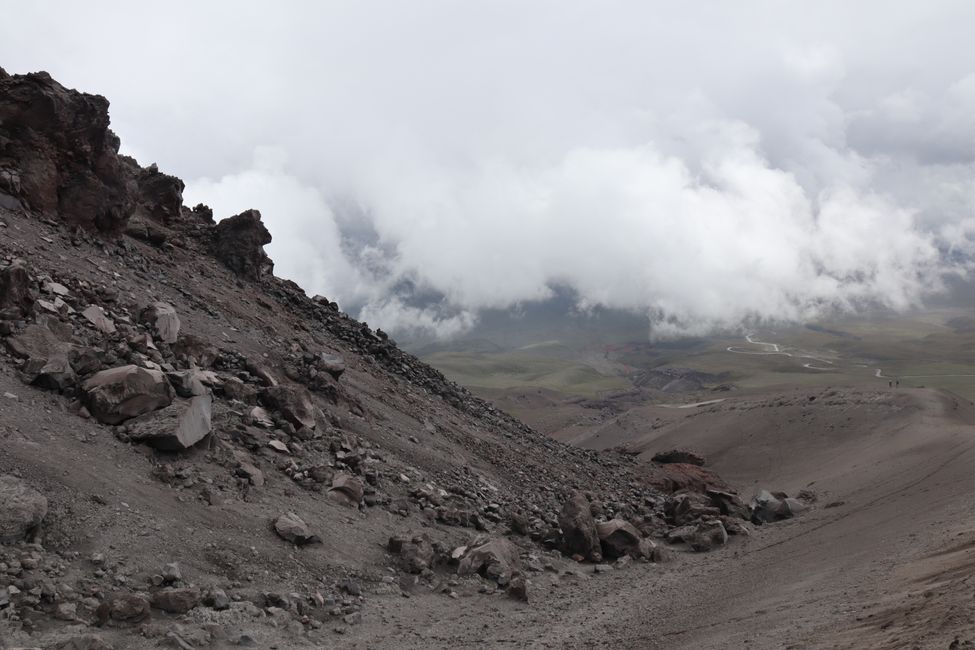
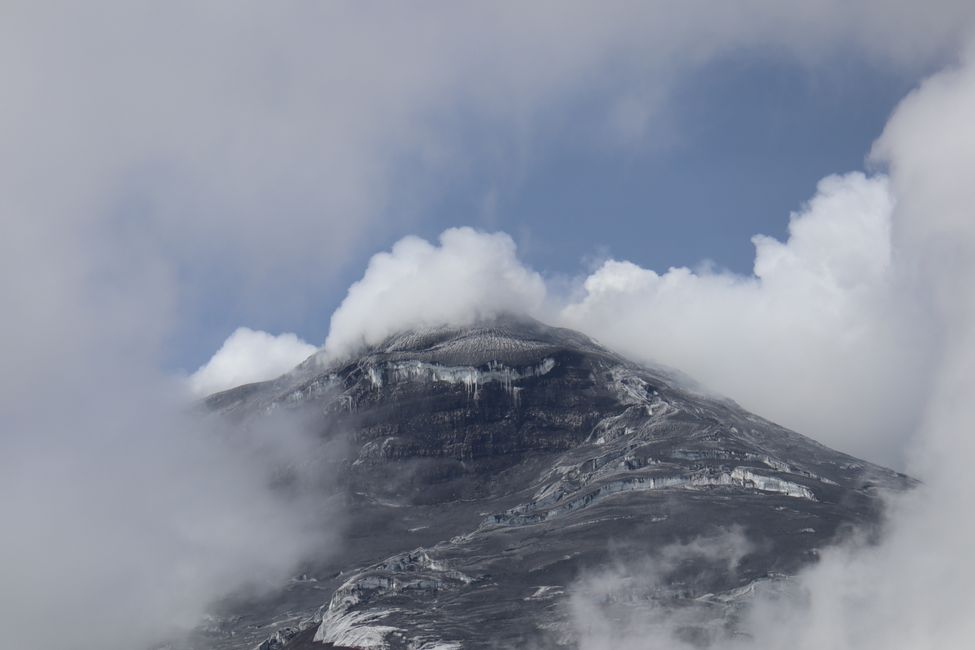
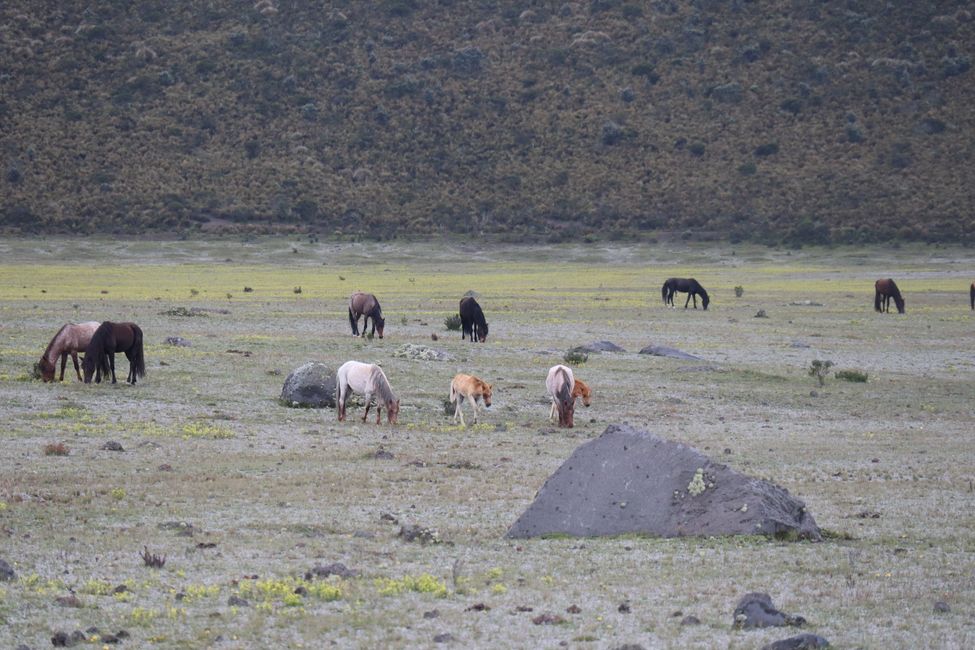
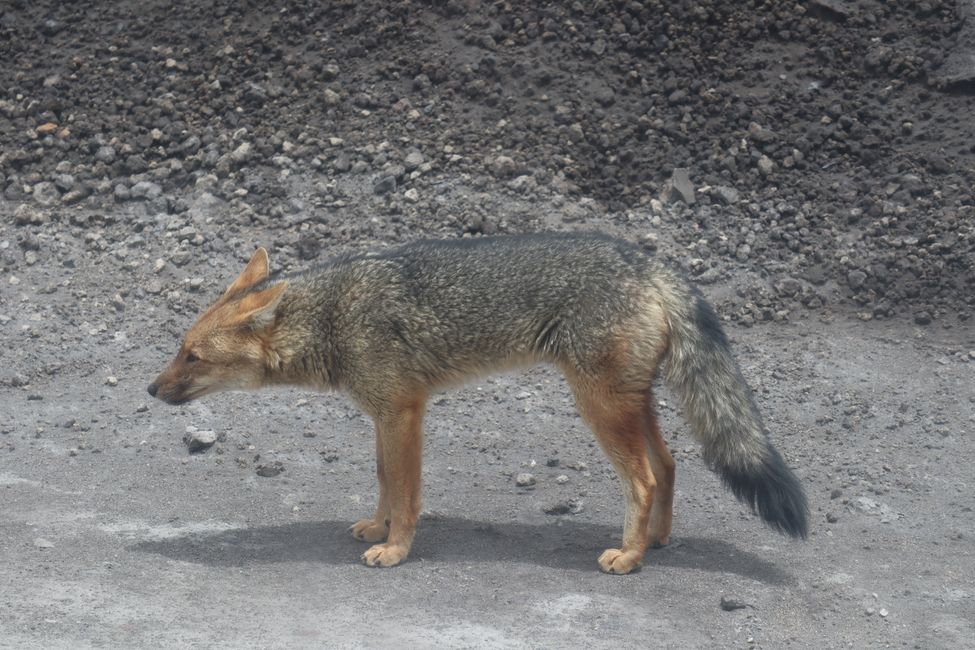
নিউজলেটার সদস্যতা
Time flies!! I have already been on the road for more than 200 days and have covered over 44,000 km (which is basically more than circumnavigating the world once:)) Although I was briefly considered missing or even declared dead, fortunately nothing traumatic/tragic/terrible has happened to me in reality. I remember mentioning something similar in a previous blog. Of course, I wouldn't mind if it stayed that way until the end (knocking on wood again, fortunately I am no longer in Antarctica:):)). Recently, I have been rummaging through some "older" travel photos. Honestly, everything I have seen/heard/smelled/tasted/felt and experienced so far has been incredibly impressive and inspiring, not to mention the wonderfully warm and human encounters. But I don't want to reveal too much yet, I have saved drawing any (genius :)) quintessences for the last blog entry. Gradually, I feel that the journey is slowly coming to an end. I find myself drifting away from the here and now more and more often and suddenly unwanted worries about the future appear. I also have the increasing feeling that time is running out. On the one hand, I want to see and experience as much as possible in the remaining time (my flight back to Switzerland is booked, I'll be back in good old reality on June 1st :(+:)). On the other hand, I don't want to put myself under pressure, because all in all (I guess Linus will be pleased with this expression :)) I am already more than satisfied with everything I have experienced!!! And besides, there is still the issue of the non-expandable internal (memory) storage. Fortunately, the photos/videos and the blog help me to capture and classify the whole thing in a somewhat digestible form. Well, for now I'm still "on the road" and will of course continue to report on my experiences to you:).
(San Francisco de...) Quito 1/2 (2.4-5.4)
I have been in Ecuador for a little over 2 weeks now. Before I talk about Quito, let me give you some facts about Ecuador itself. With a population of around 17.5 million (one third of whom are indigenous, just under half of whom are mestizos [mixed race]) and an area of 283,561 square kilometers (for comparison: Ecuador is about 10 times smaller in size than Argentina), it is by far the smallest country I have visited so far. Ecuador has a unique geographical diversity and is divided into four completely different regions: the coast and coastal plains (Costa) with many water-rich alluvial plains (google is:)), the Andean highlands (Sierra) with mountain ranges that reach heights of up to 6,300 meters (the famous Cotopaxi volcano, also known as the "Neck of the Moon," is "only" 5,897 meters high), the eastern Amazon lowlands (Oriente), and the Galápagos Islands (more on that later). As far as Ecuador's economic situation is concerned, it is similar to many other South American countries. The country is heavily indebted and about a third of the population lives below the poverty line (extremely unequal distribution of wealth...it's unfortunately always the same story). Ecuador's economy is mainly dependent on oil production (60% of its export). In addition, bananas, fishery products... and of course coffee (but for global production it is far less important than, for example, Brazil or Colombia) and cocoa beans (the chocolate here is excellent, South America is particularly known for the cultivation of the highly aromatic fine cocoa) are exported. Since the banking and currency crisis of the late 1990s (...the Swiss are not doing much better right now), Ecuador has not had its own currency since 2000. Officially, the US dollar is used for payment here. But back to Quito. The capital, nestled between numerous hills/mountains/volcanoes, is located at an altitude of over 2,800 meters and stretches over an incredible length (north-south axis) of more than 40 km (but somehow they don't seem to agree on that, the information varies between 30 km and 65 km :)!! The largely green hilly surroundings (by the way, they reminded me a bit of Switzerland in places) form a beautiful contrast to the colorful and intricate cityscape. There is a very nice historic city center with plenty of impressive colonial buildings, plazas and churches (UNES...you know :). Watching the bustling activity of this lively city (everywhere you meet busy street vendors and more or less talented street artists) is an experience in itself. Wherever you look, there is always something exciting and curious to discover. There are also countless great cafes (where you can get delicious hot chocolate, for example), restaurants, bars, and much more. I think I could easily spend a few weeks here (although it was constantly foggy and cold and it was mostly raining...). During my first stay in Quito (2.4-5.4), I did another "free walking" tour aka city tour (...yes, I know, you can call me a fanboy, but the tour could be conveniently organized from the hostel and I just couldn't resist :)). After visiting the "La Basílica del Voto Nacional" (the church is really impressive and looks similar to Notre Dame, see photos), we strolled through the old town and took a look at various sights. Although I always feel a bit silly on these tours (like a typical tourist), they help me (at least) to get a rough overview of a city and to meet new people. On the same day, I took a trip to the "Mitad del Mundo," the middle of the world, also known as Ecuador/the equator/00°00'00''. Technically, we actually visited the Initinan Solar Museum right next to it. The "Mitad del Mundo" is a equator monument (including a more or less successful park..) that was built in 1736 by some self-absorbed Frenchman. Unfortunately, he miscalculated by 240 meters, so the monument is literally in the wrong place. A clever Ecuadorian businessman took advantage of this fact and planted the aforementioned (located on the real equator :)) Initiinan Solar Museum there. We were shown some fascinating physics experiments related to the equator. You may have heard of the Coriolis effect. It is said that this effect causes water to swirl counterclockwise in drains on the northern hemisphere, while it flows clockwise in drains on the southern hemisphere (you surely know the episode of The Simpsons:)). On the equator, however, nothing happens, i.e. the water flows without any swirling motion... Well, that's what we were explained/demonstrated. Honestly, I also fell for the trickery there, but the whole story about the different directions of drainage is a myth that somehow persists stubbornly (see https://youtu.be/PXxXvex07bw for more information). After the rather shortened first stay in Quito, I continued to the incredible Galapagos Islands early in the morning:):):).
Galapagos Islands (5.4-13.4)
Oh Galapagos, how I was looking forward to you:):). Of course, I already knew beforehand that you are famous for your unique wildlife and flora. But seeing/hearing/experiencing it all in person was a whole different story!! Shortly after arriving (I first went to the island of Santa Cruz), I had my first jaw-dropping moment. At the fish market, dozens of sea lions (they just lie around on park benches without a care!!), pelicans, iguanas, and many other giant seabirds were frolicking. And as if that wasn't enough, I also saw several sharks, sea turtles, and rays!! All within a radius of maybe 30 meters-simply overwhelming!! But before I get carried away into endless (emotionally slightly overflowing:)) rhapsodies, let me first give you some (in my opinion...) interesting information about the Galapagos Islands: The island group consists of 14 larger (five of them are inhabited, Barello only visited four) and more than 100 smaller to tiny (mostly nameless) islands. Maybe you have wondered before how these islands were formed? A few million years ago, the first volcanic islands began to "grow" from the seabed. There are so-called hotspots in the Earth's mantle. When the continental plates move over these stationary hot zones, lava is forced through the plates and volcanoes form at the surface. The volcanoes formed in this way then "migrate" on the plates, i.e. the further away (the plates move from west to east) the islands are from the hot spots, the older they are. The oldest minerals were found on the island of Española in the southeast. They are over 3.3 million years old. And what makes the whole thing with the islands so exciting? The isolation of the Galapagos Islands (the island group is about 1,000 km west of the Ecuadorian mainland) has given rise to numerous endemic species of animals and plants (40% of the animal species on the Galapagos Islands can only be found there). Do you want a "small" selection? The Galápagos Tortoises©, the flightless cormorant© (it has lost the ability to fly because it no longer depends on it due to the excessive food supply), the blue- and red-footed boobies©, the frigatebird©, the Galápagos albatross©, the Galápagos penguin©, the marine iguana©, the sea lion©, and the various Darwin's finches©. The latter are named for a good reason, because they play a key role here. During his 5-year expedition (...there are even bigger "ramblers" than me:)) on the Beagle, Charles Darwin visited the Galapagos Islands in 1836. There he discovered that there are similar-looking finches that differ in the shape of their beaks (depending on the food available). When analyzing his records, he came up with the idea that the finches could possibly be related to each other. He assumed that the common ancestor could have colonized the islands from the South American mainland and that the different species of finches then evolved from this. To make a long story short, an important cornerstone of the theory of evolution was laid on the Galapagos Islands. By the way, if you want to learn more about the extraordinary wildlife of the Galapagos, visit https://galapagos-ecuador.de/galapagos/tiere/.
The introduction of foreign species, as well as hunting of sea lions and turtles, etc. in the 19th century, brought many unique species of animals to the brink of extinction. Since the ecosystem of the Galapagos Islands is highly fragile, great care is taken today to ensure that no foreign germs/animals/parasites are brought to the islands. In the past, goats, for example, were deliberately killed because they were eating the food of the Galapagos giant tortoises (and who thinks of the poor goats...?). Currently, cats, dogs, and rats are the main threats to the ecosystem. In 1959, almost 97% of the Galapagos Islands were declared a national park. In 1979, the UNESCO (for once I find it really useful) was called upon due to the unique wildlife and plants. To ensure the continued existence of this extraordinary place in the future, nature conservation projects have been and are being initiated. Well, that's enough for the interesting information.
I spent a little over a week on the Galapagos Islands. I would advise against shorter stays. To really discover everything worth seeing, you would need at least 2-3 weeks. There are various ways to explore the islands. The most convenient but also the most expensive option is multi-day boat tours with cruise ships (depending on the duration and comfort requirements, this can quickly cost several thousand dollars!!). The biggest advantage is probably that you can visit more remote islands with them, which means you get to see a greater variety of landscapes and animals. I opted for the slightly cheaper option of day trips and almost spoiled my entire stay. In my naivety, I assumed that it would be easily possible to book (spontaneous) day trips. But unfortunately, that was not the case. The Galapagos Islands are extremely popular. So if you don't book in advance, you run the risk of all ferries and/or (certain) tours being fully booked. In the "worst case" scenario, you end up stuck on an island for several days. My "case" was just acceptable. Since I actually missed the last ferry (from Santa Cruz to San Cristobal), I was forced to book a (of course, much more expensive, angering Greta) flight. By the way, the airplane (the term couldn't be more accurate :)) was about the size of a shoebox (see photos). Organizing the tours (I stayed on Isla Pinzon, Seymour Norte, and San Cristobal [2 nights]) turned out to be an incredibly nerve-wracking affair. The combination of disappointment (since several tours were already fully booked, I couldn't do exactly what I wanted=limited choice=FOMO), endless waiting times in travel agencies (the employees seemed to make about 1,000 phone calls [of course, without anything useful, i.e. a tour, coming out of it] and unfortunately, patience is not exactly my strength) and prehistoric internet speeds (at best, I could have done some research myself) drove me to despair!!! And once again, I have to attribute all of this to my disorganization or (self-diagnosed) ADHD. The real tragedy is that I can really get carried away with something, become impatient and quite unsympathetic towards others (sorry travel agency and hostel staff...), but deep down I am actually angry and disappointed with myself. Well, even though I couldn't shape the stay completely to my liking, I was able to spend a few phenomenal days on the Galapagos Islands. In Santa Cruz, I visited two ranches (El Chato and Primicias), where I had the unique opportunity to observe giant tortoises (Santa Cruz is home to the world's largest) up close. The animals can live almost 200 years (which means the oldest specimens must have experienced young Darwin to some extent:)) and can weigh up to 290 kg (especially the males, the females are much smaller and lighter). There are a few islands around Santa Cruz that can be easily visited on day trips. I chose to visit the islands of Pinzon (mainly for snorkeling) and Seymour Norte (snorkeling + a short walk on the island) (...well, actually I didn't have many other options left...). The walk on Seymour Norte was really fantastic, as we were able to observe a large number of blue-footed boobies (the bird has blue feet and moves a bit like a clumsy person, especially during courtship dance, hence the name) and frigatebirds (with a wingspan of up to 2.40 meters, they are perfect gliders; the males have a bizarre red throat pouch that is inflated for courtship) in their natural habitat. By the way, the animals are completely unaffected by the streams of visitors. You can get so close to the animals that I sometimes felt a bit like Steve Irwin (RIP) :):). But of course, snorkeling was also great (I'm a big fan of snorkeling anyway, because the "I'm in a different world" feeling under water is simply amazing!!). In addition to colorful fish, we also saw some sharks (in certain places you can see hammerhead sharks and even whale sharks), sea turtles, and sea lions. It was always entertaining to dive with the sea lions, as they are incredibly curious and playful. After satisfying my curiosity in Santa Cruz and its surroundings, I flew to the island of San Cristobal with the aforementioned shoebox-like "airplane" (it was so much fun to fly in this small propeller plane!!). Shortly after checking in at the hostel and wanting to explore the harbor a bit, I unexpectedly had my second jaw-dropping moment. When strolling along the promenade, you come across hundreds of sea lions lying, crawling, swimming, playing, sunbathing, fighting, screaming, and breastfeeding-simply delightful!!! I could watch these clumsy animals for hours!! In my opinion, they are the real stars of the Galapagos Islands (...sorry, but honestly the giant tortoises are a bit too slow/boring for me:):). The following day, I did the very popular "360 Tour" (once around the island, with various stops on land and in the water). The tour is really recommended (see photos!!). After another day without a tour on the island of Santa Cruz, I returned to Quito.
Quito 2/2 (13.4-17.4)
You might be wondering why I returned to Quito. Basically, Quito is a very good starting point for exploring various surrounding areas (e.g., Mindo or the Cotopaxi volcano). By the way, I stayed at the same hostel again (Secret Garden), because I really liked it there (cool people/music/rooftop bar and just a good atmosphere)!! In addition, the accommodation offers various tours. During the few days I was there, I explored the old town again, took the Teleferico to the 4,000 meter high mountain Pichincha (by the way, it's an active volcano with two peaks), and took a day trip to the Cotopaxi. Since the volcano is currently active, climbing it is not allowed (understandably:)). But with this tour, we only went to the Refugio José-Ribas (4800 m). But the really exciting part was not the "hike" (which was actually more of a walk anyway, we were only on the move for just under 1 hour), but the subsequent downhill ride on mountain bikes :). Of course, I also used the time to continue writing my blog.
The next journey that awaits me will be an inner one. After extensive research and consideration, I have signed up for an 11-day (20.4-30.4) Ayahuasca retreat in southern Ecuador. Whether or to what extent I can/want to report on this stay will depend on the outcome of the retreat. Of course, I hope that I can share the experience with you in some form, but I can't guarantee anything!!! In the end, it is a deeply personal, intimate experience that I might prefer to keep to myself. I hope this is understandable...but sooner or later I will be back with another blog entry.
So stay tuned :):)
নিউজলেটার সদস্যতা
উত্তর
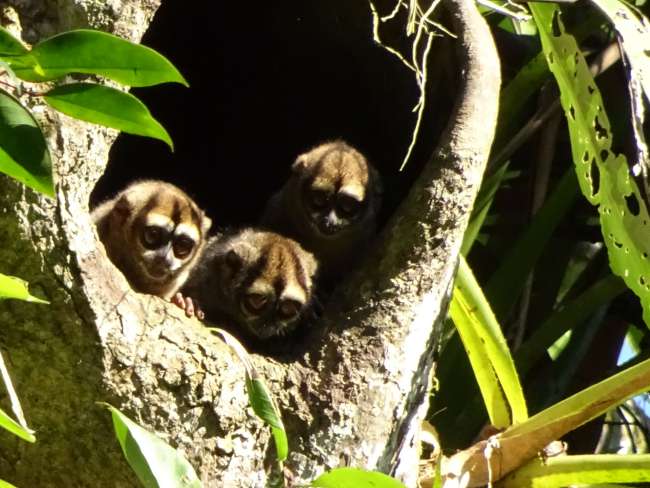
ভ্রমণ রিপোর্ট ইকুয়েডর
